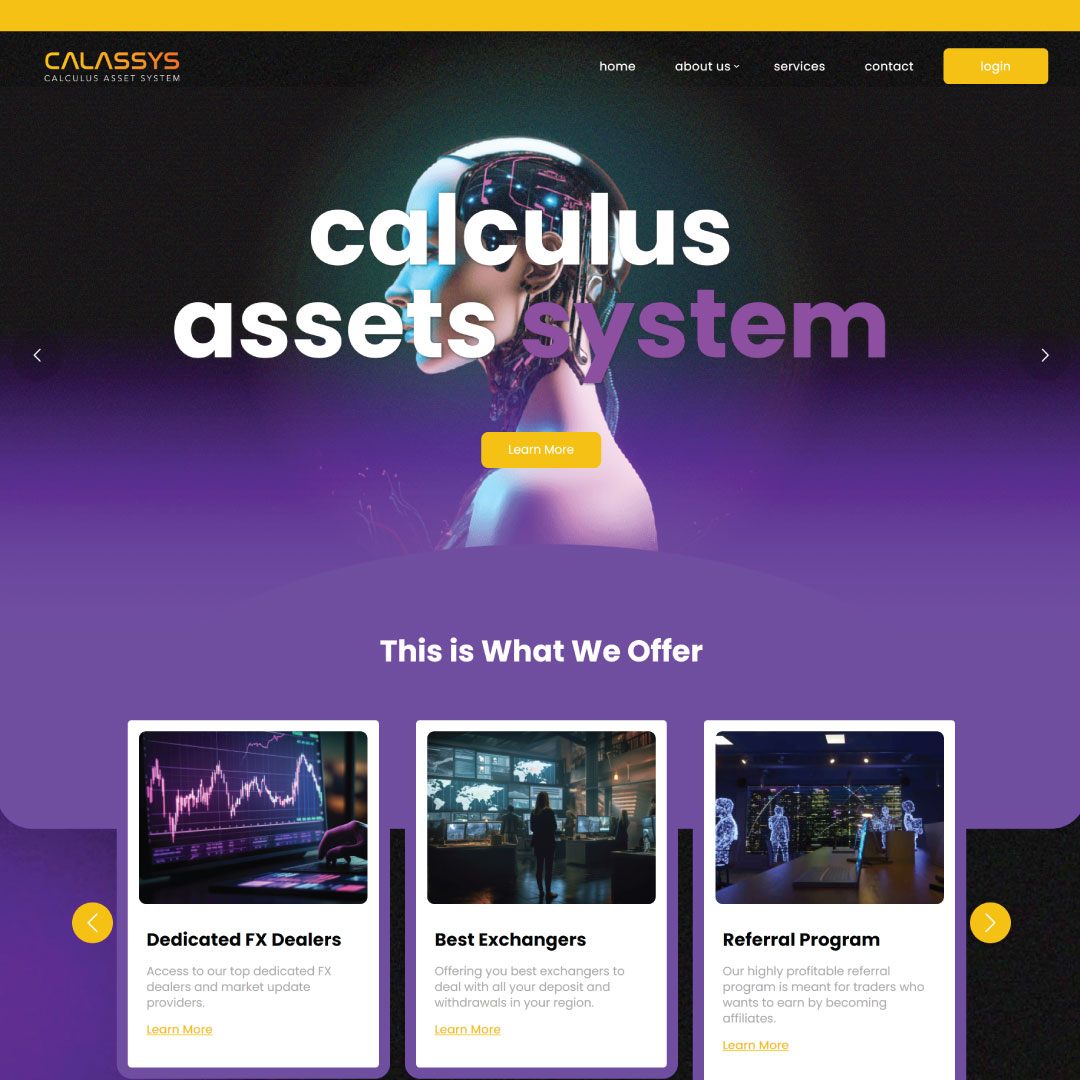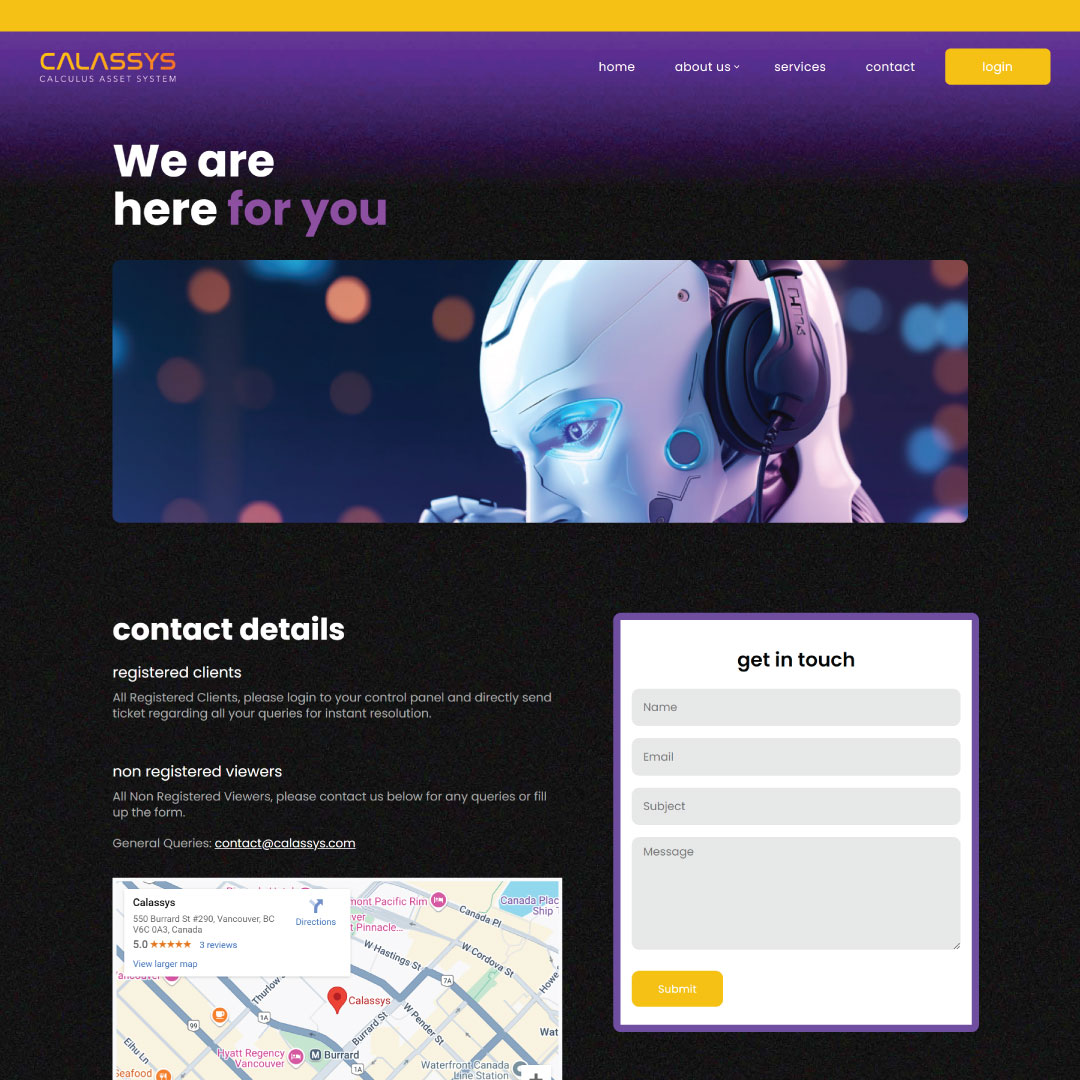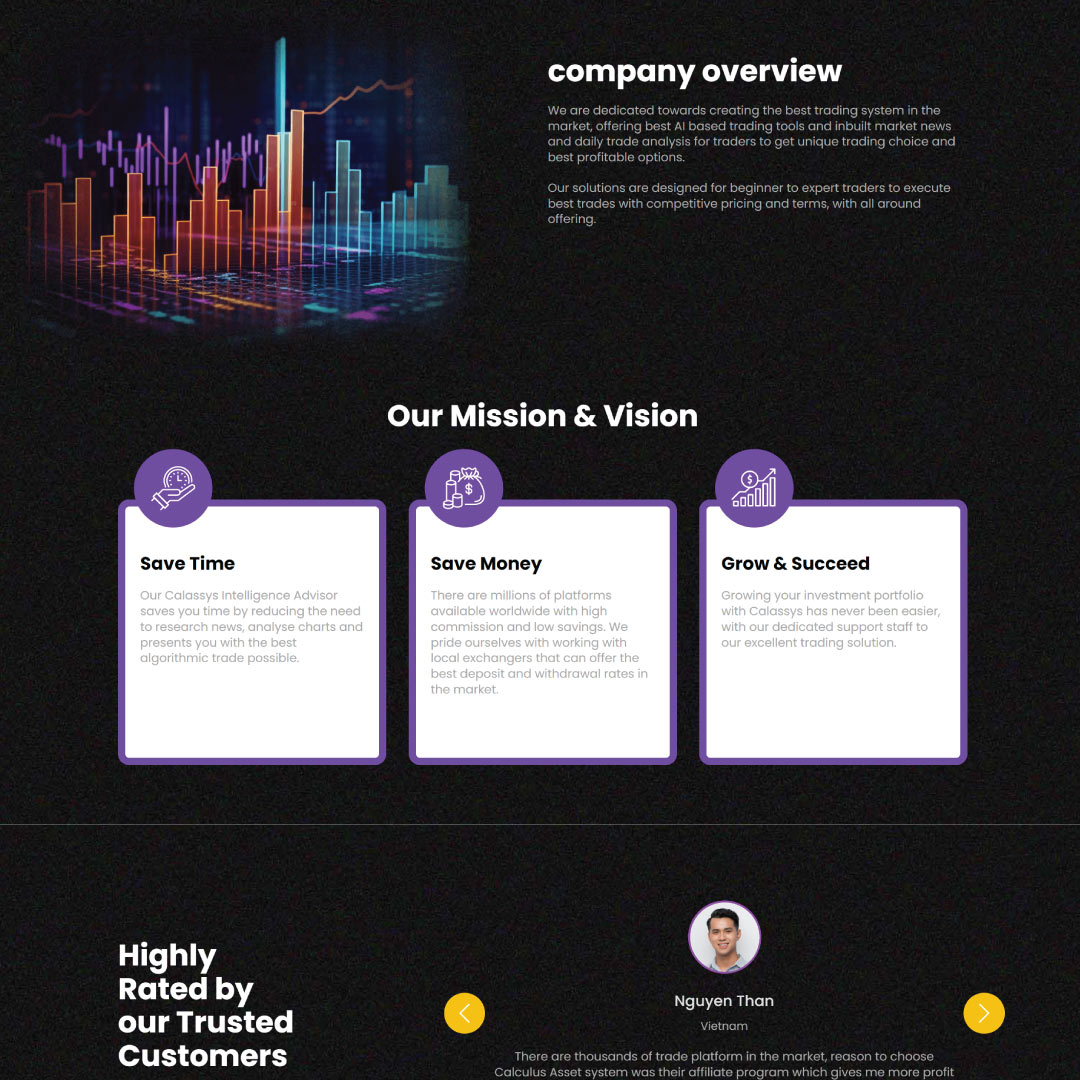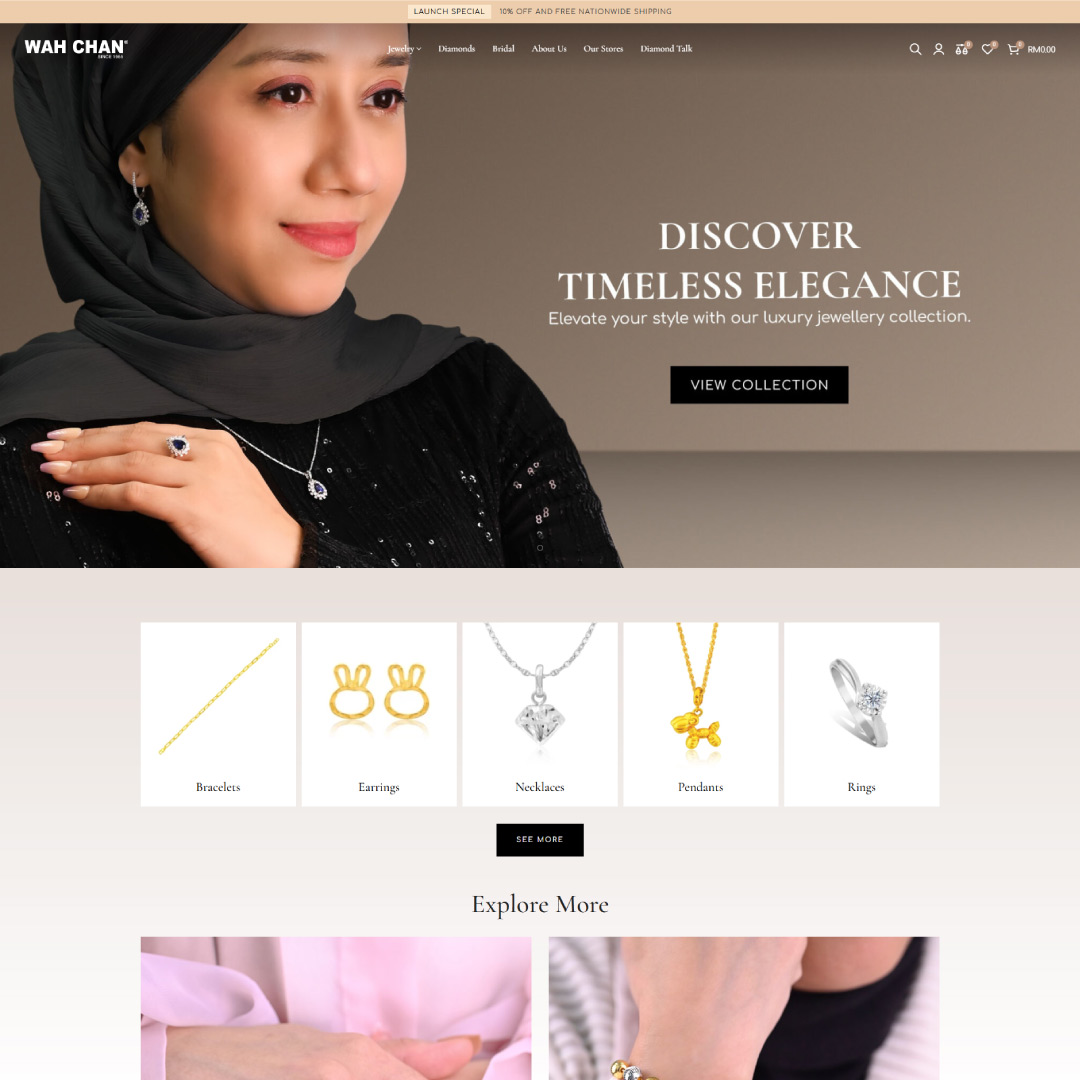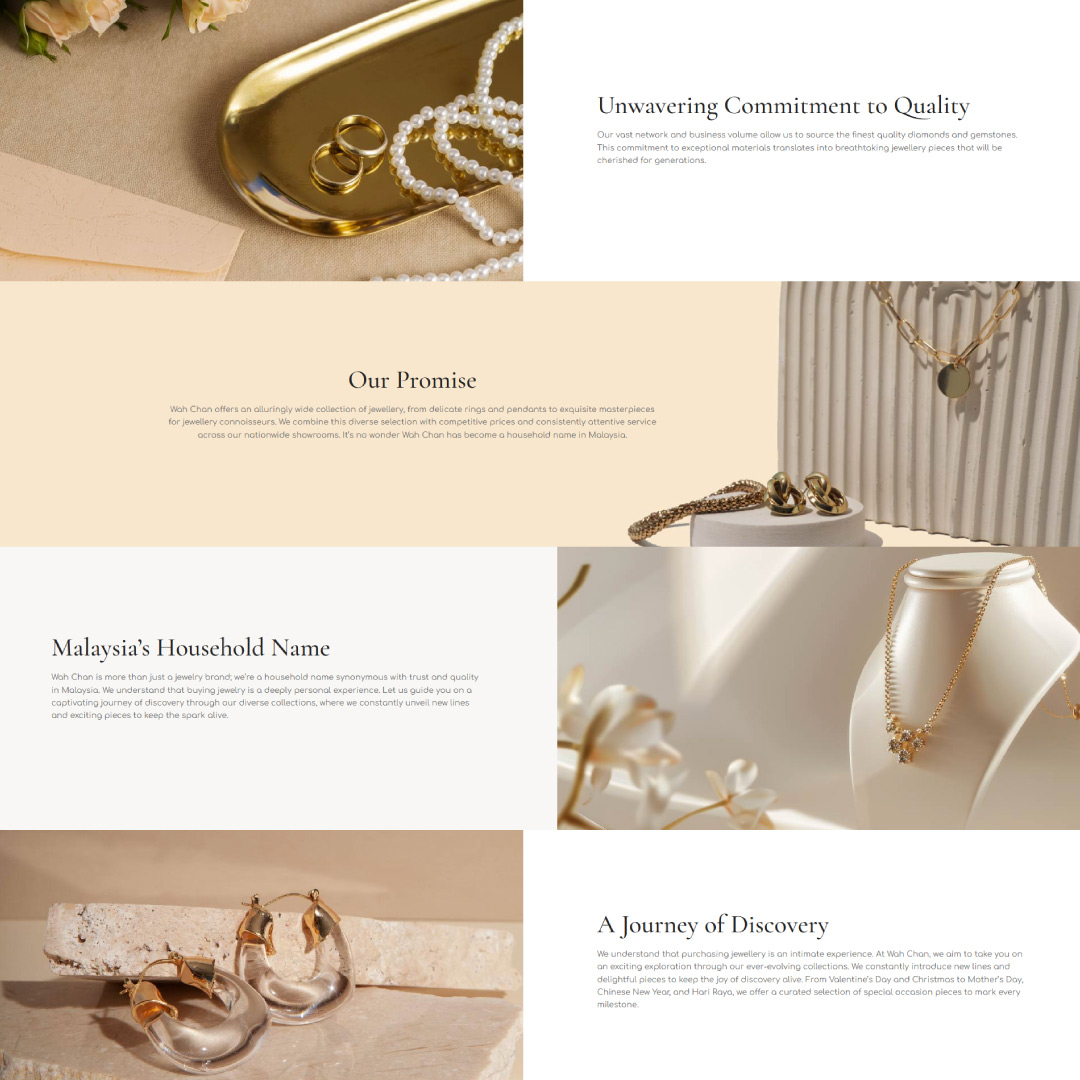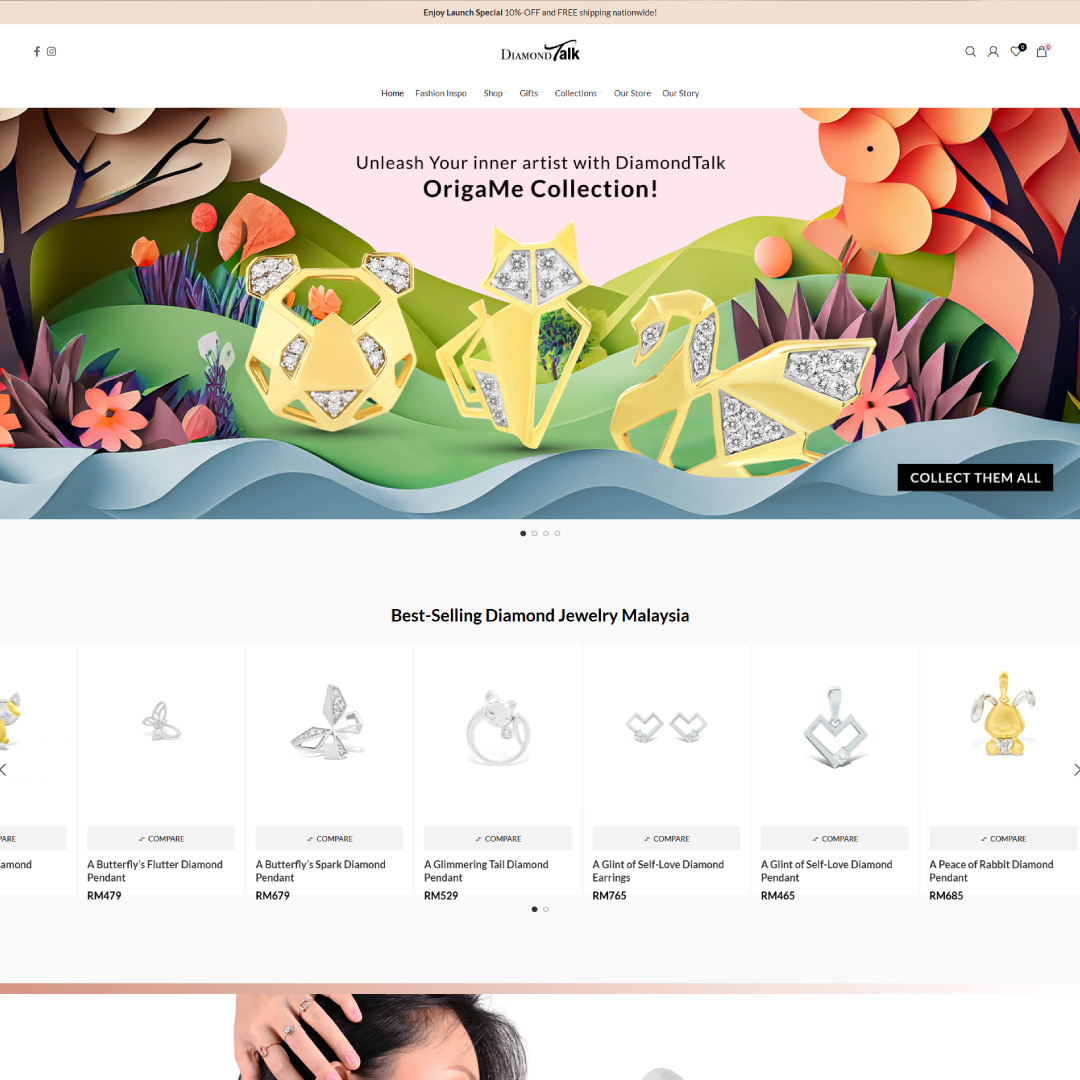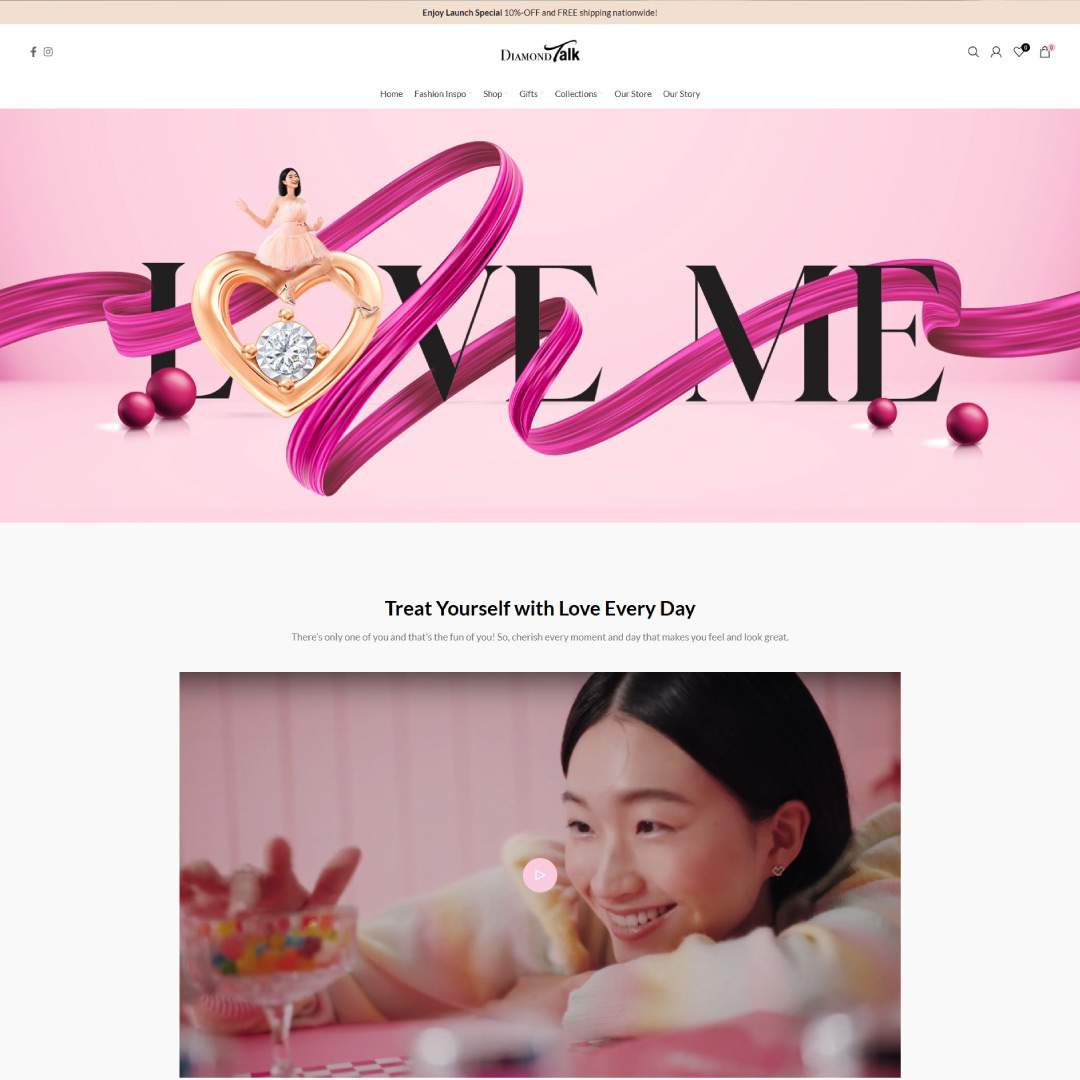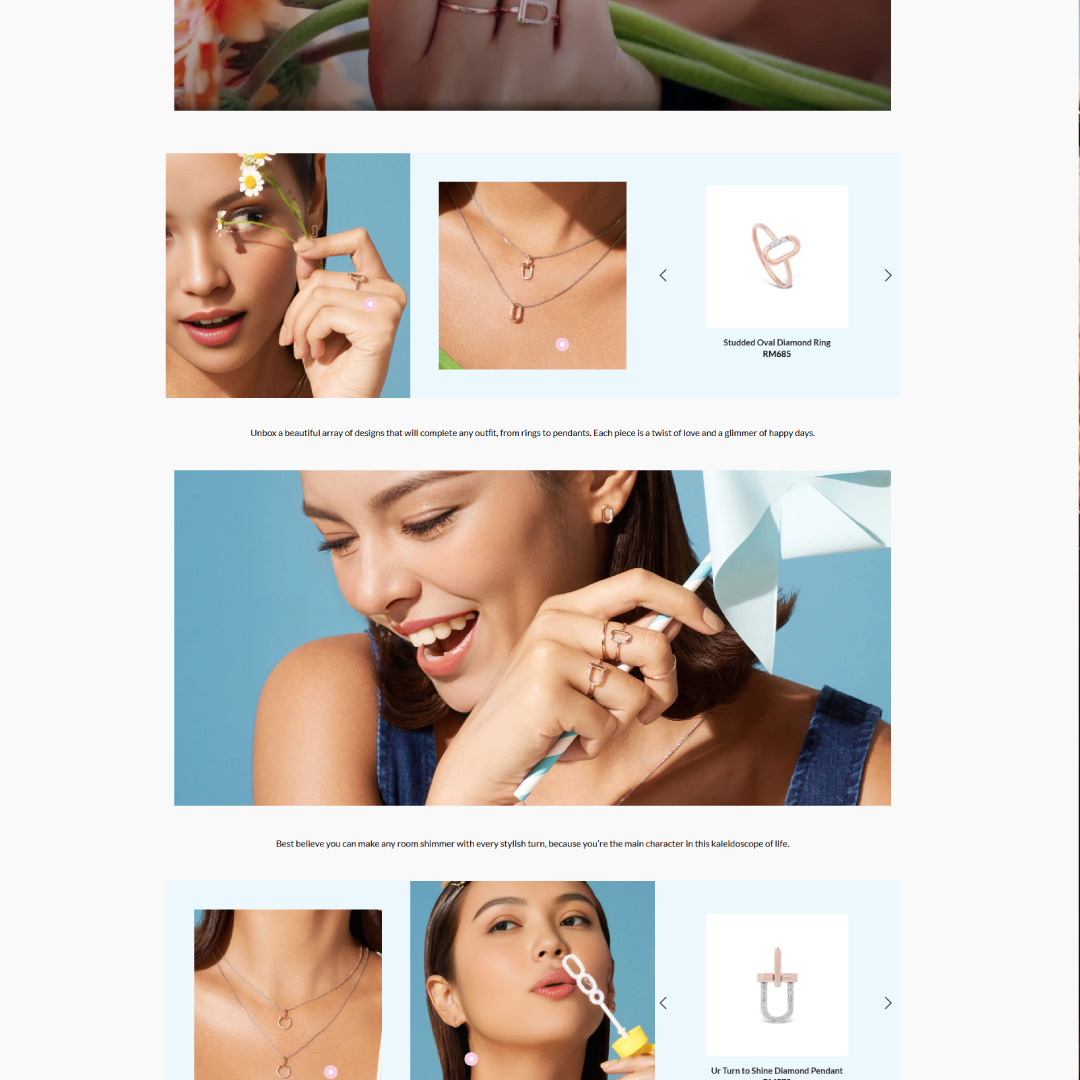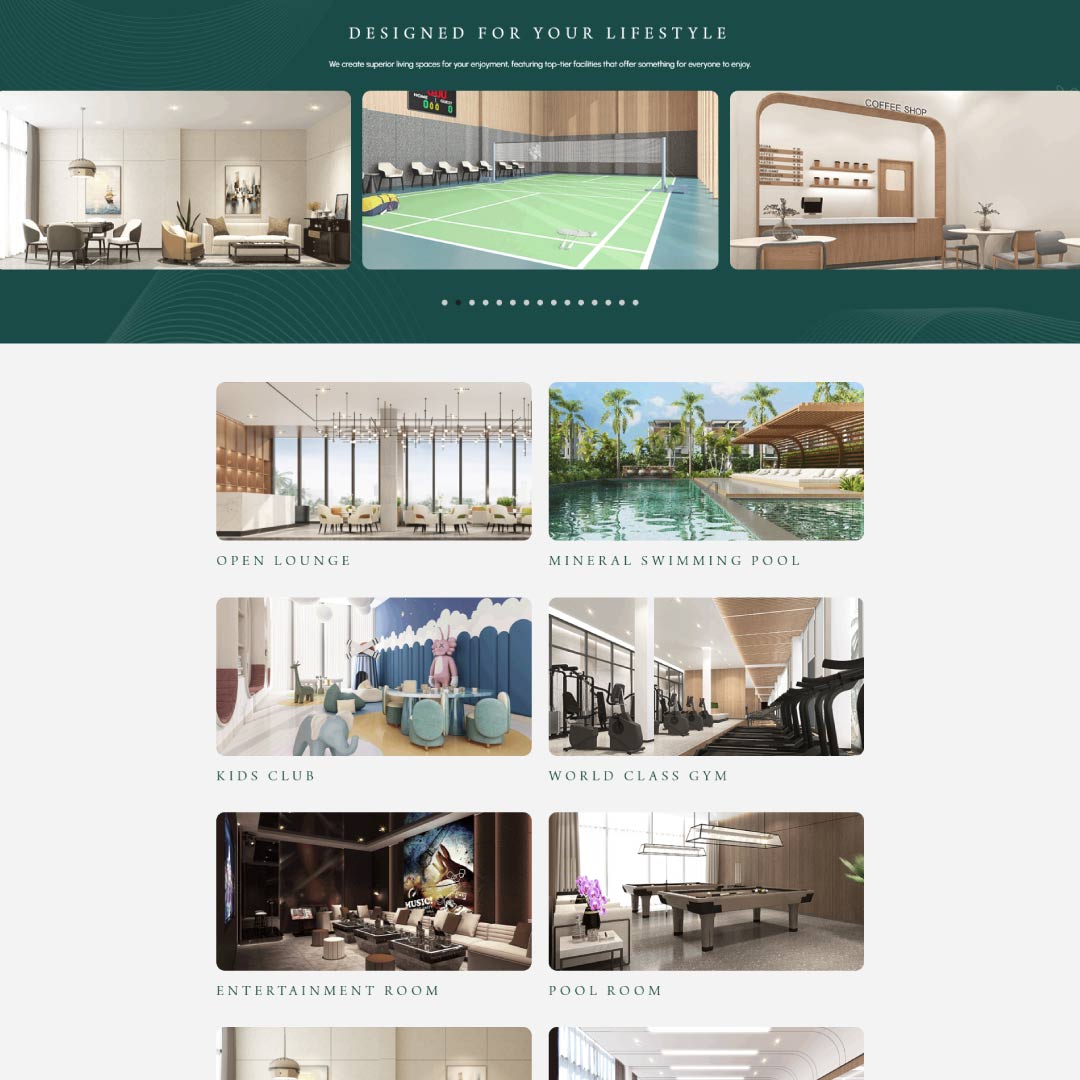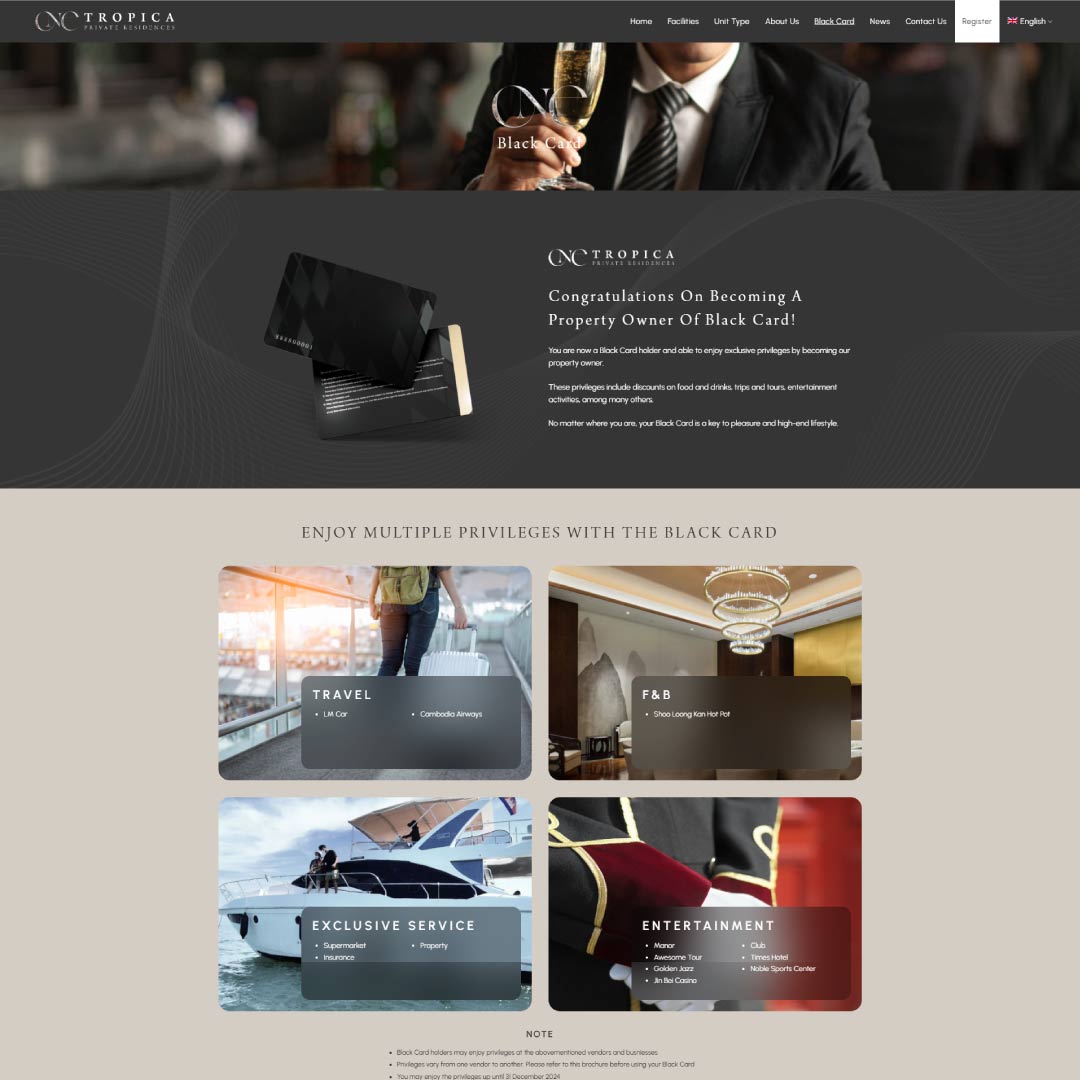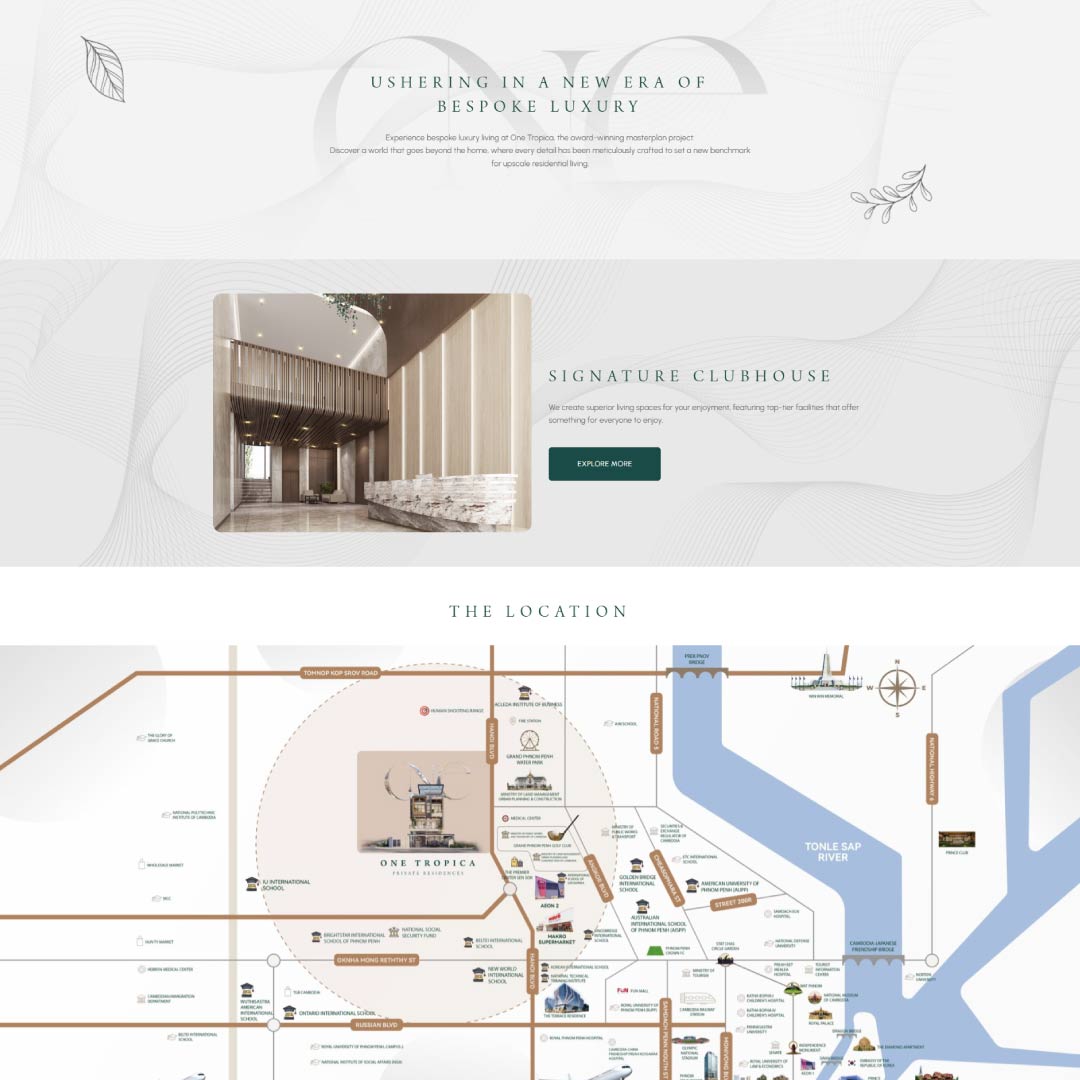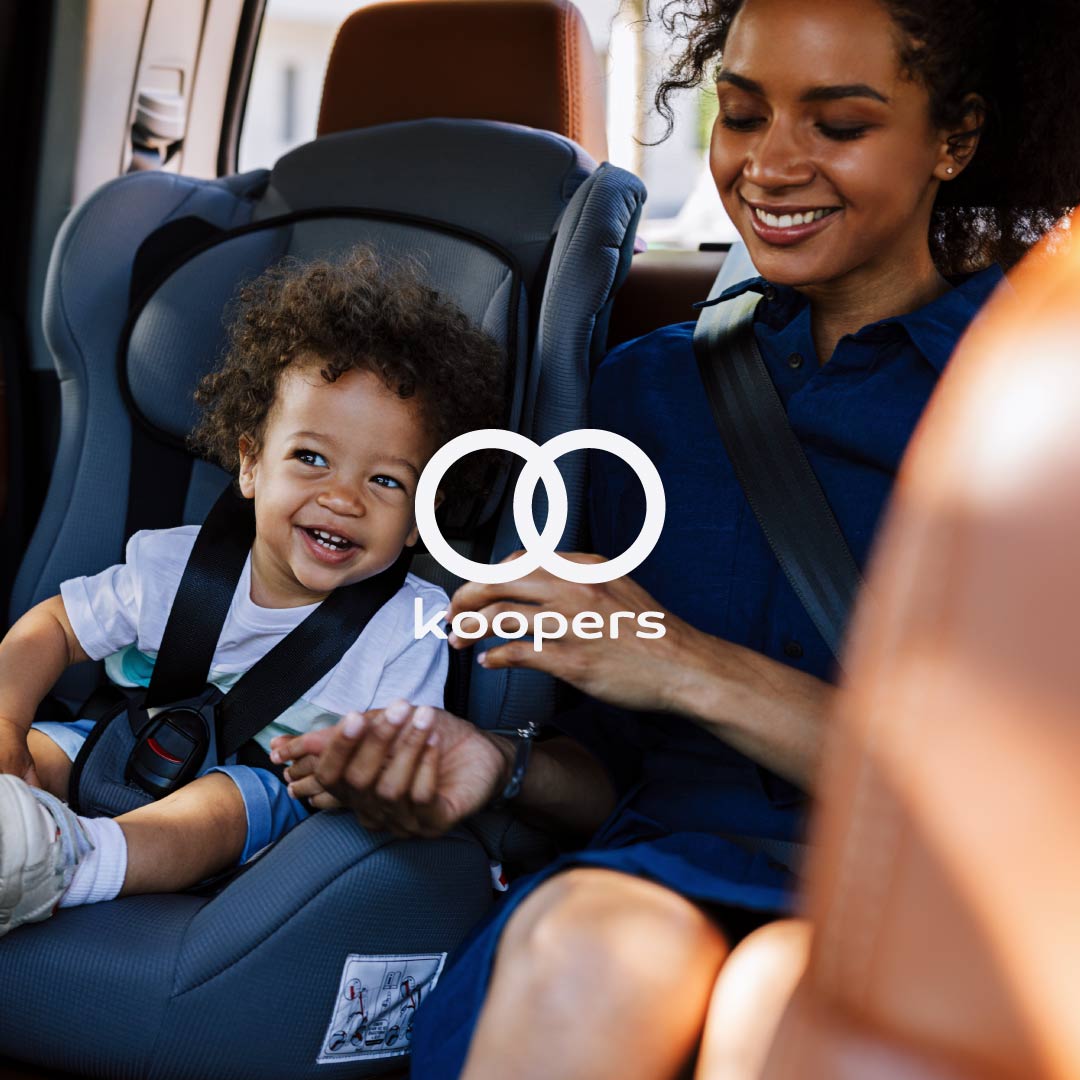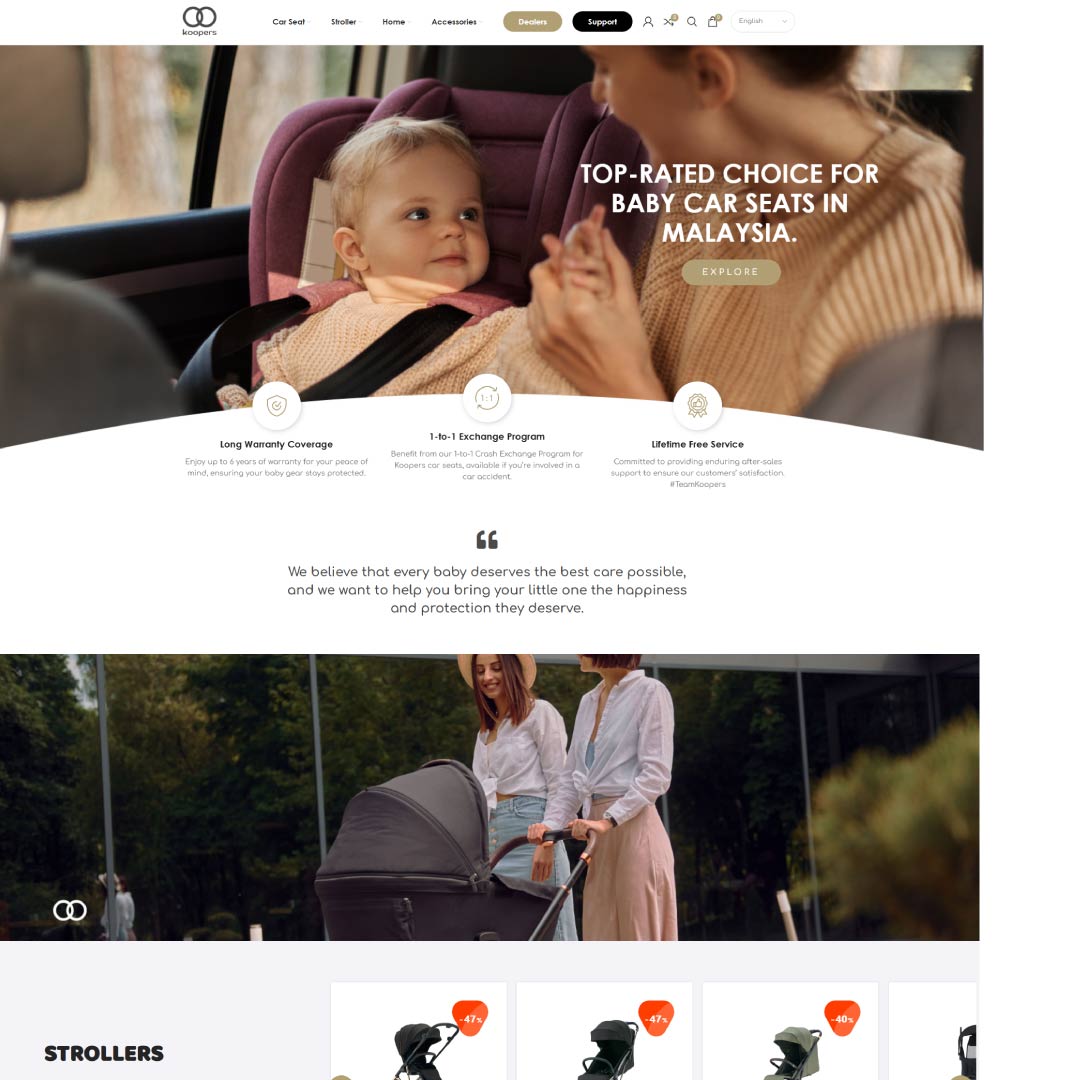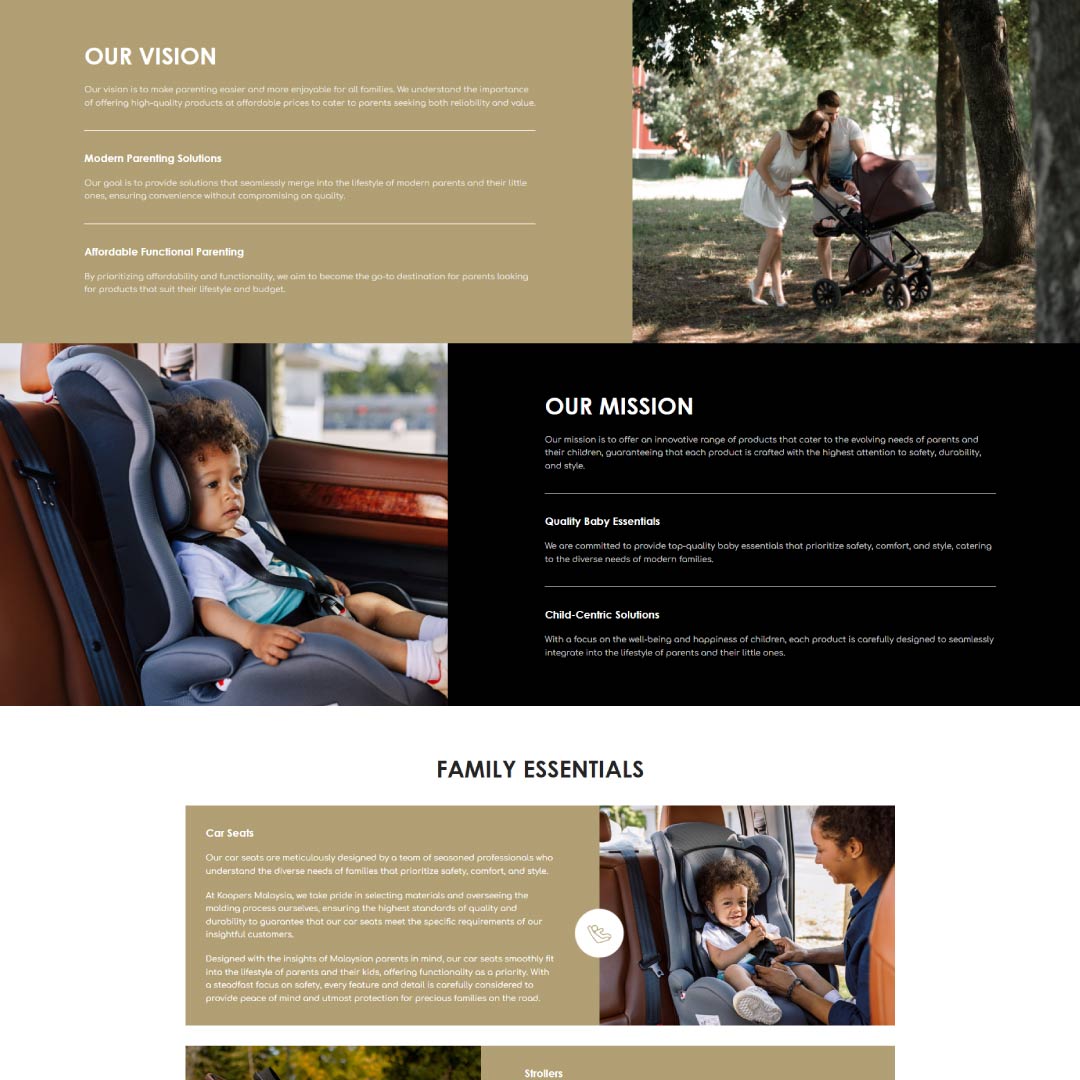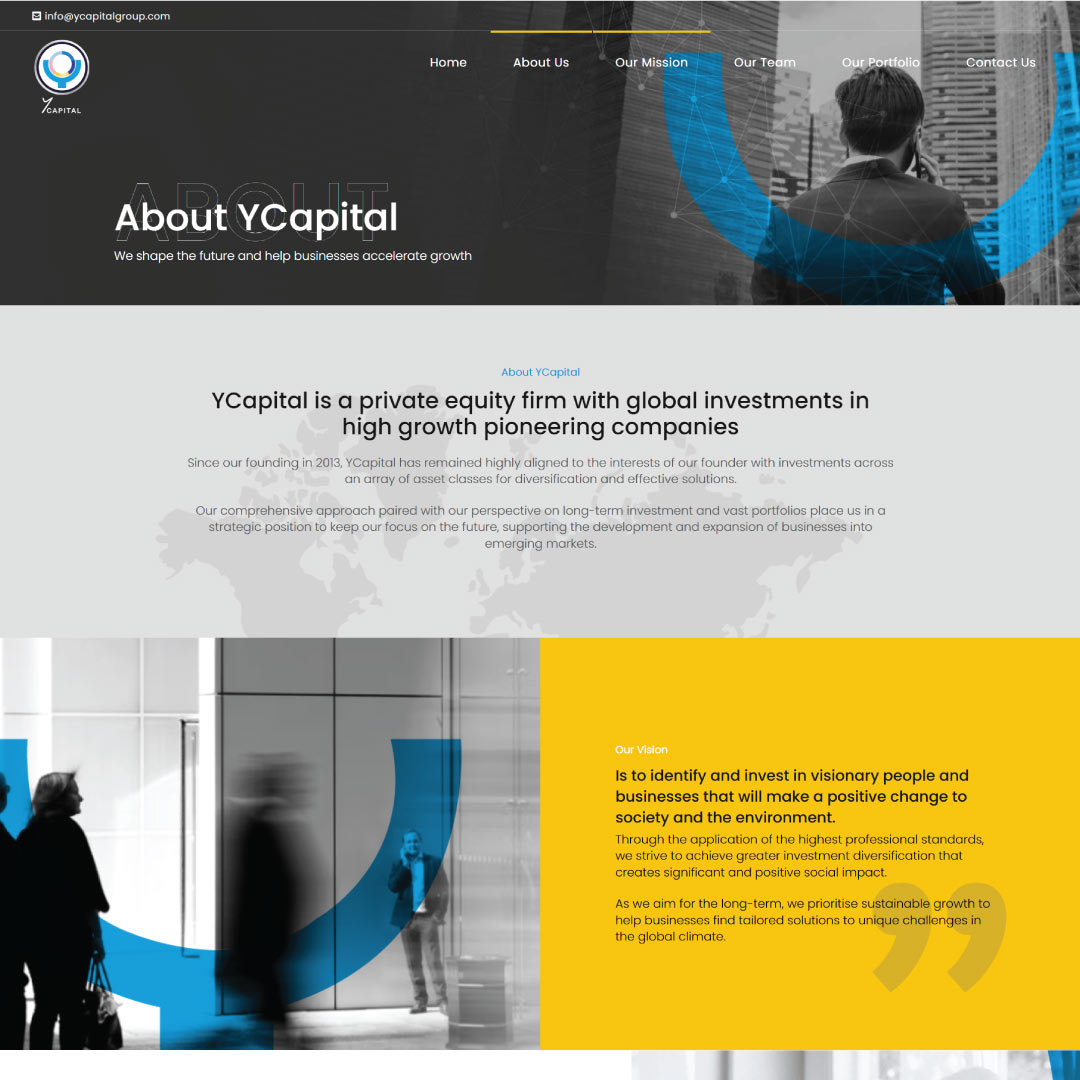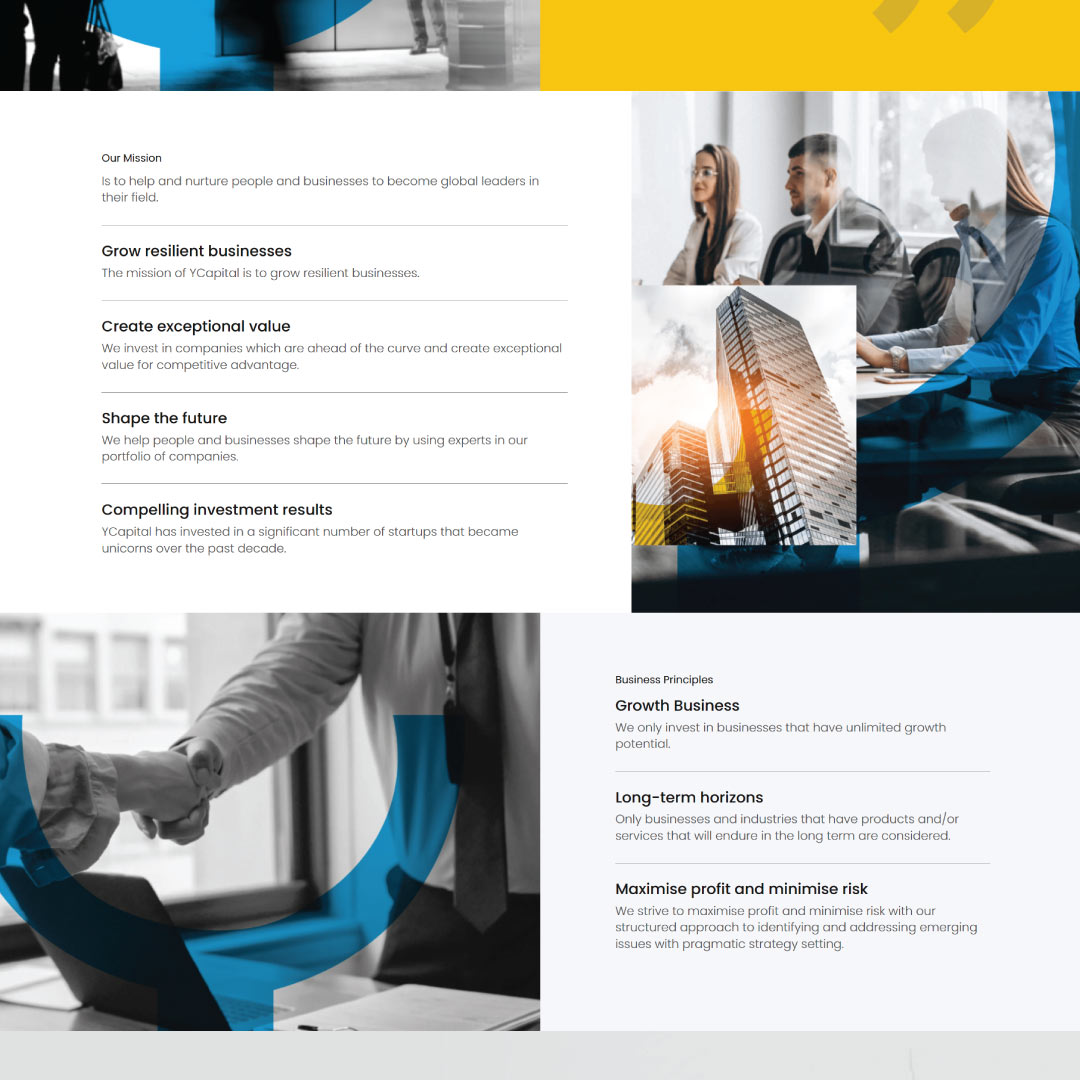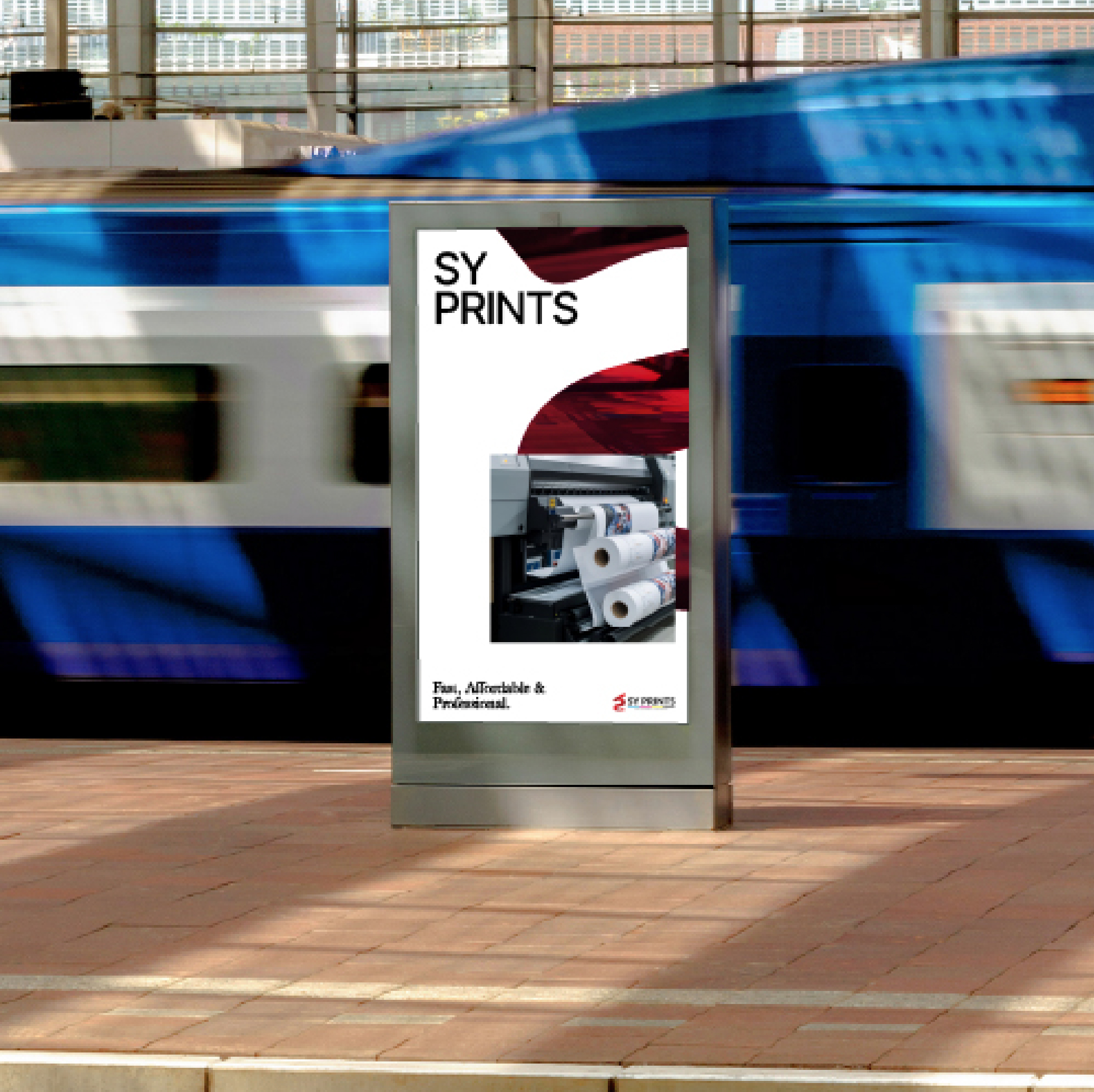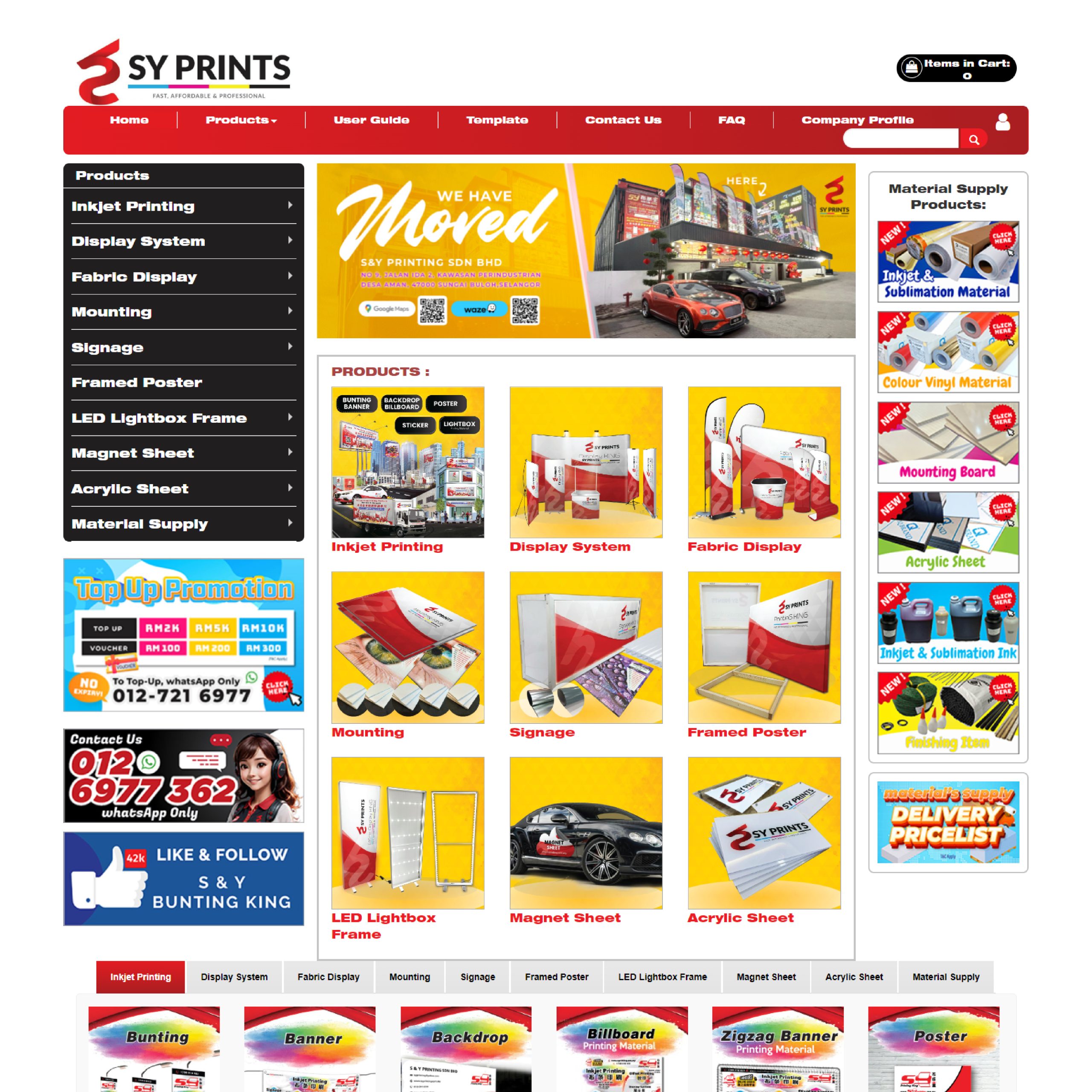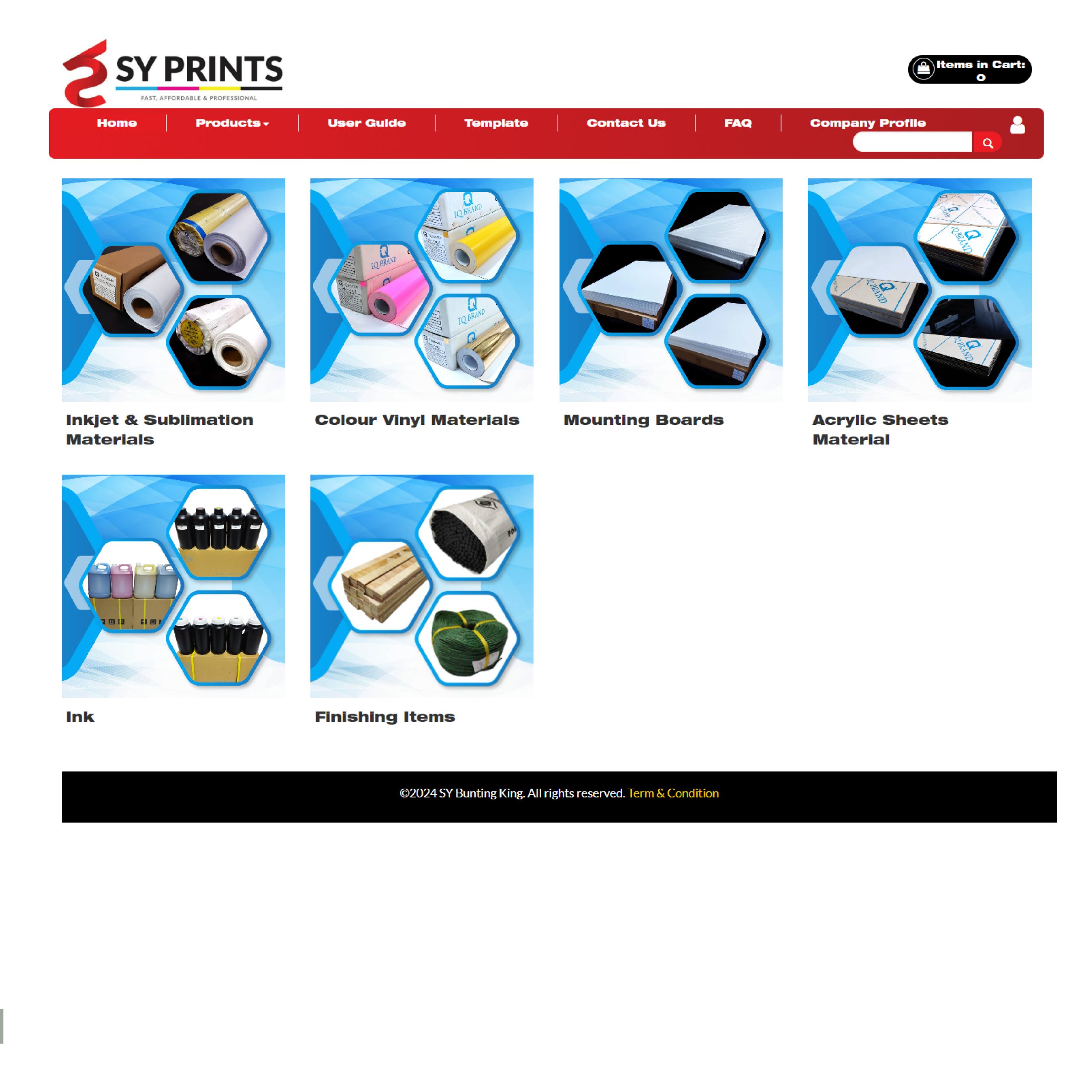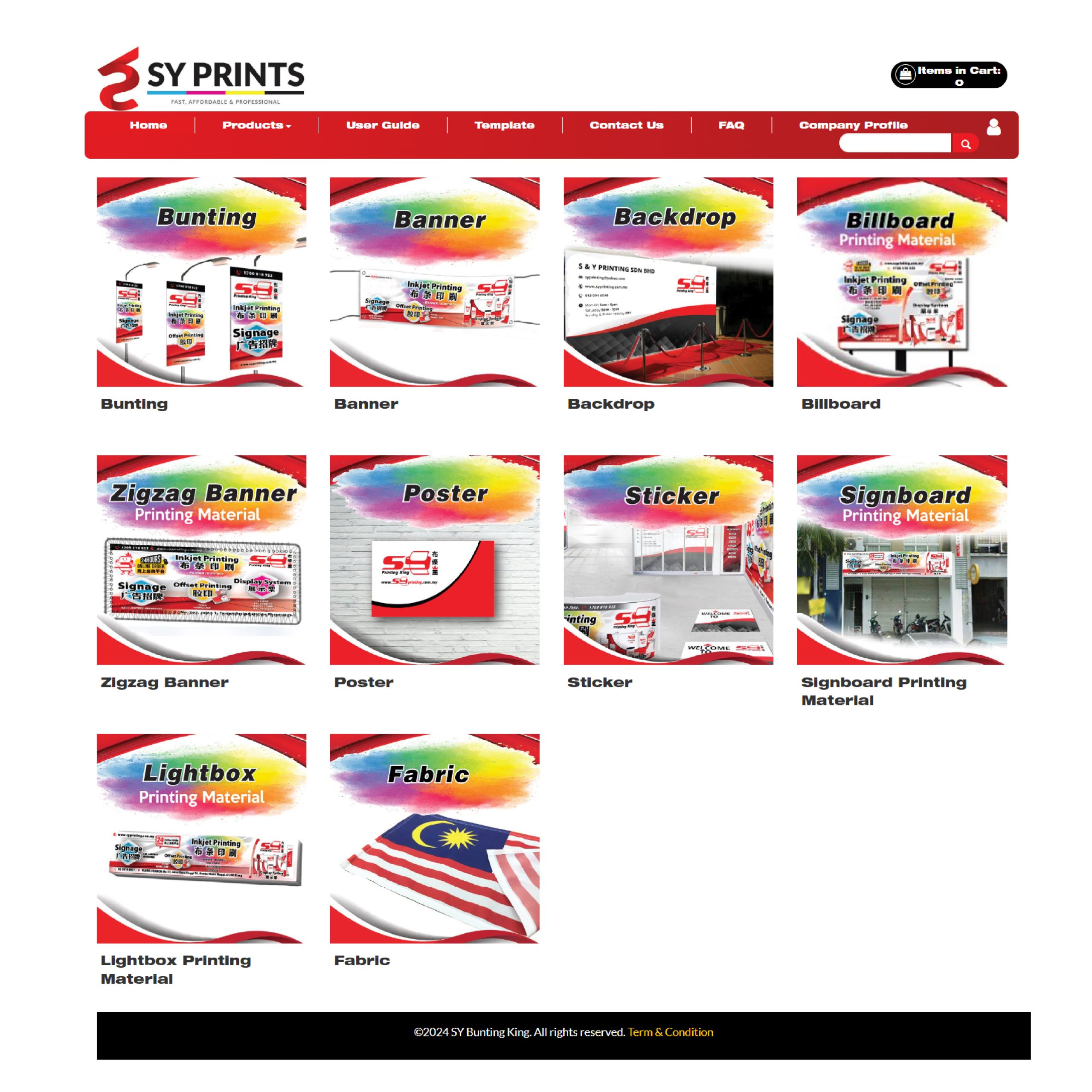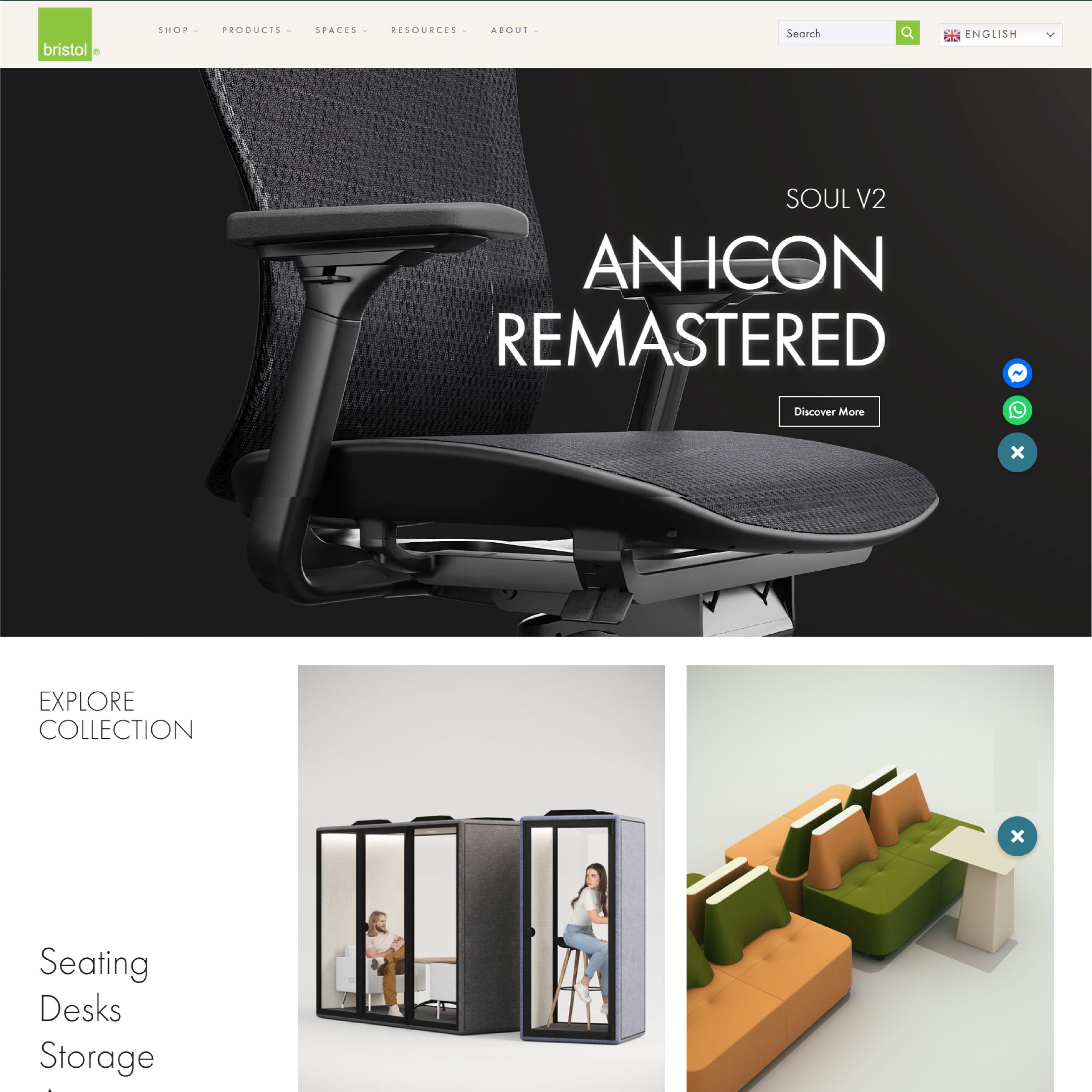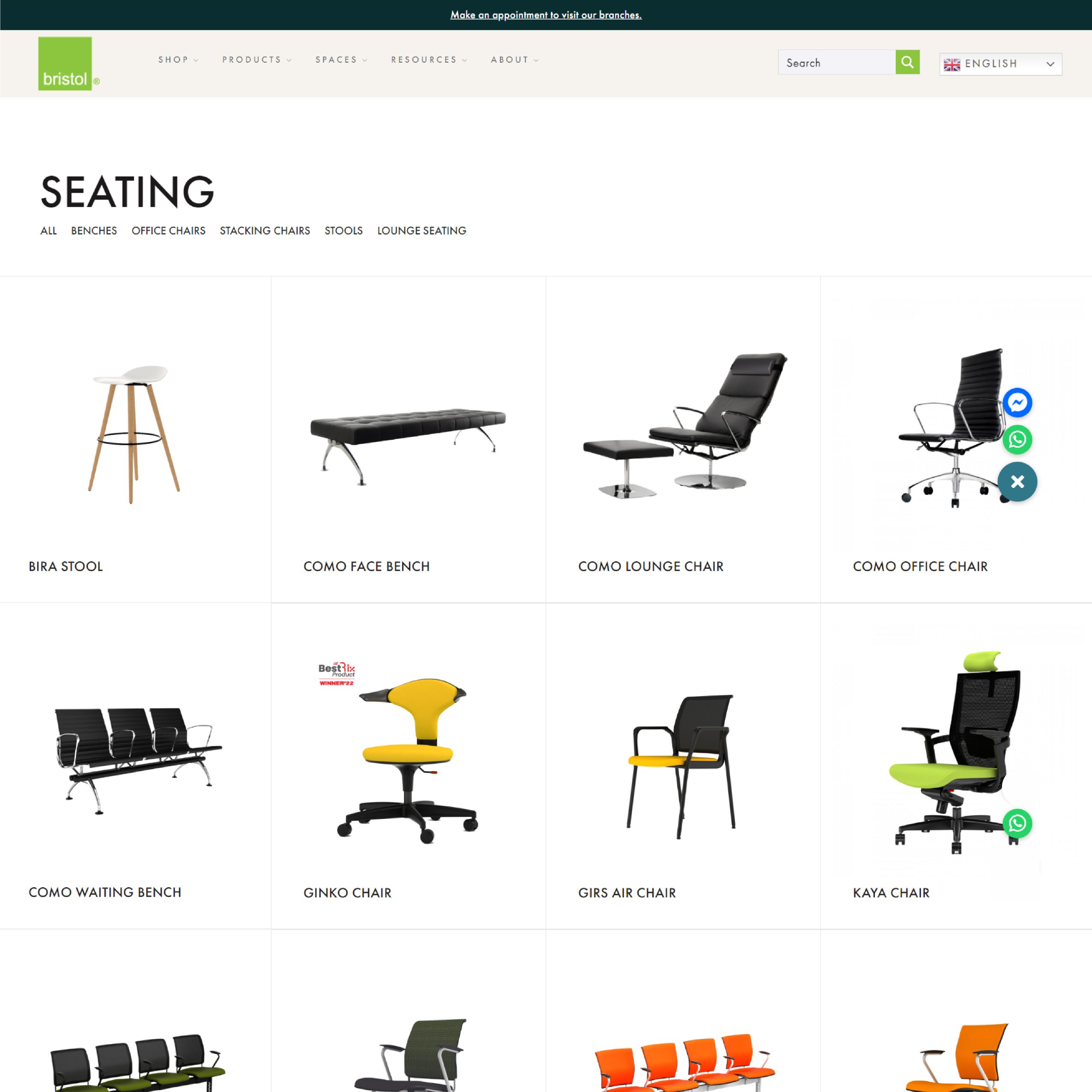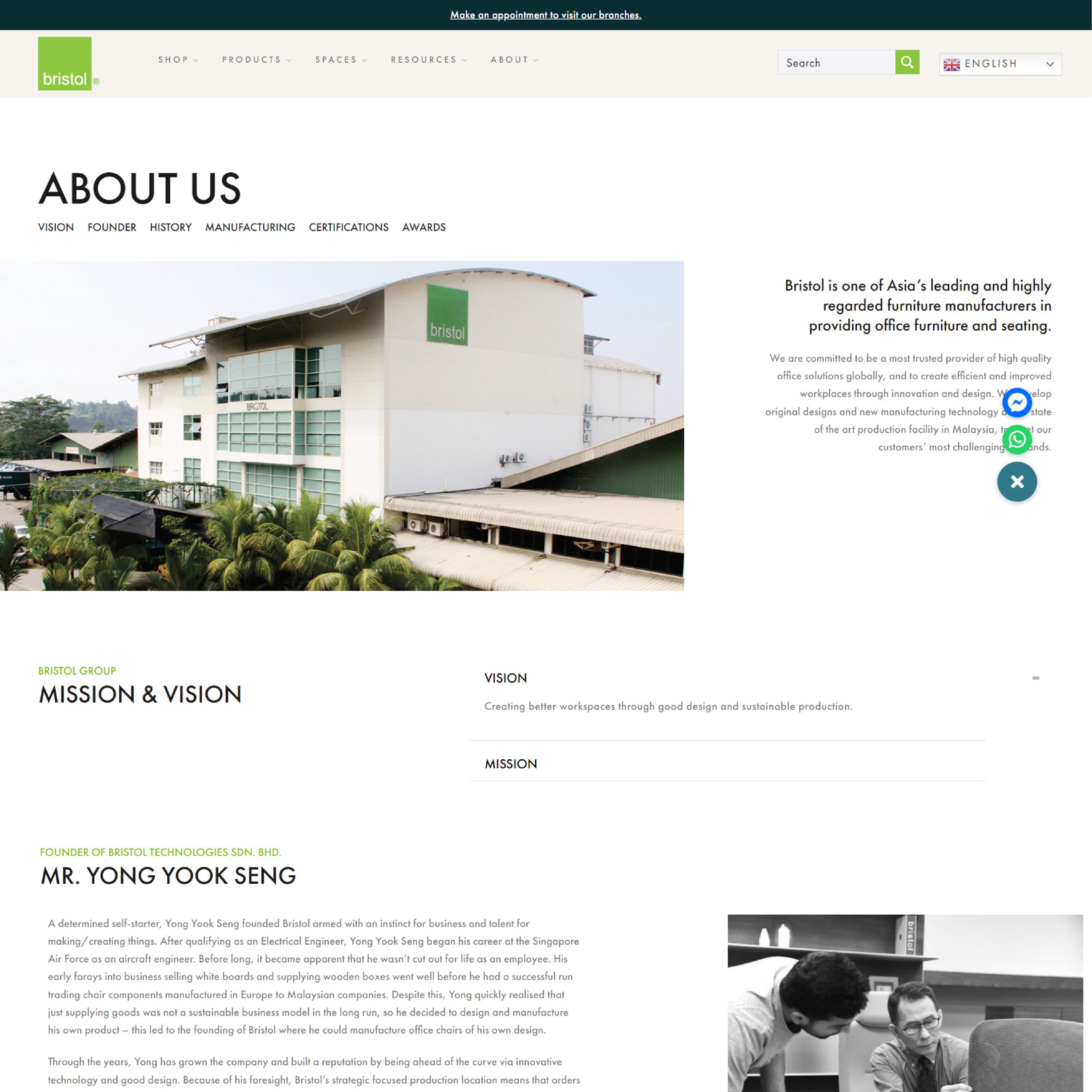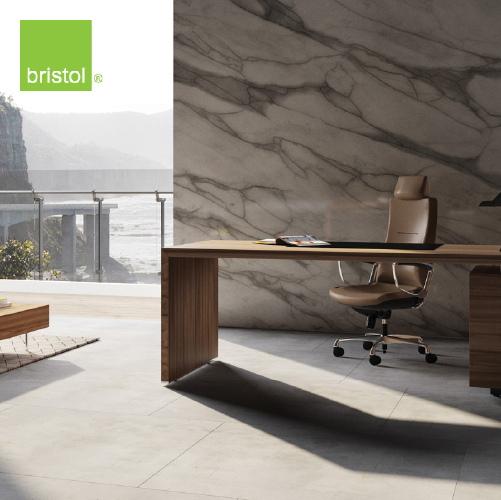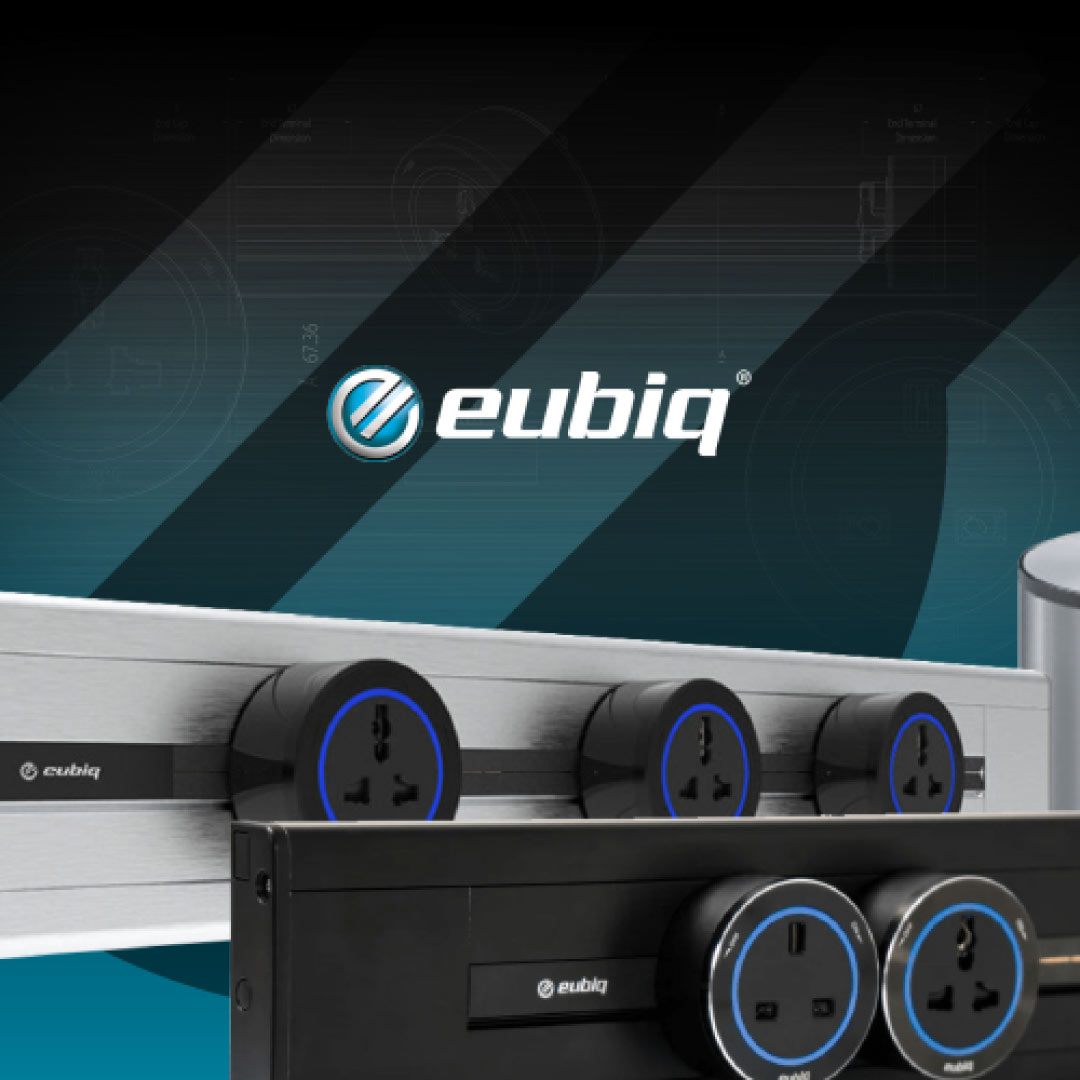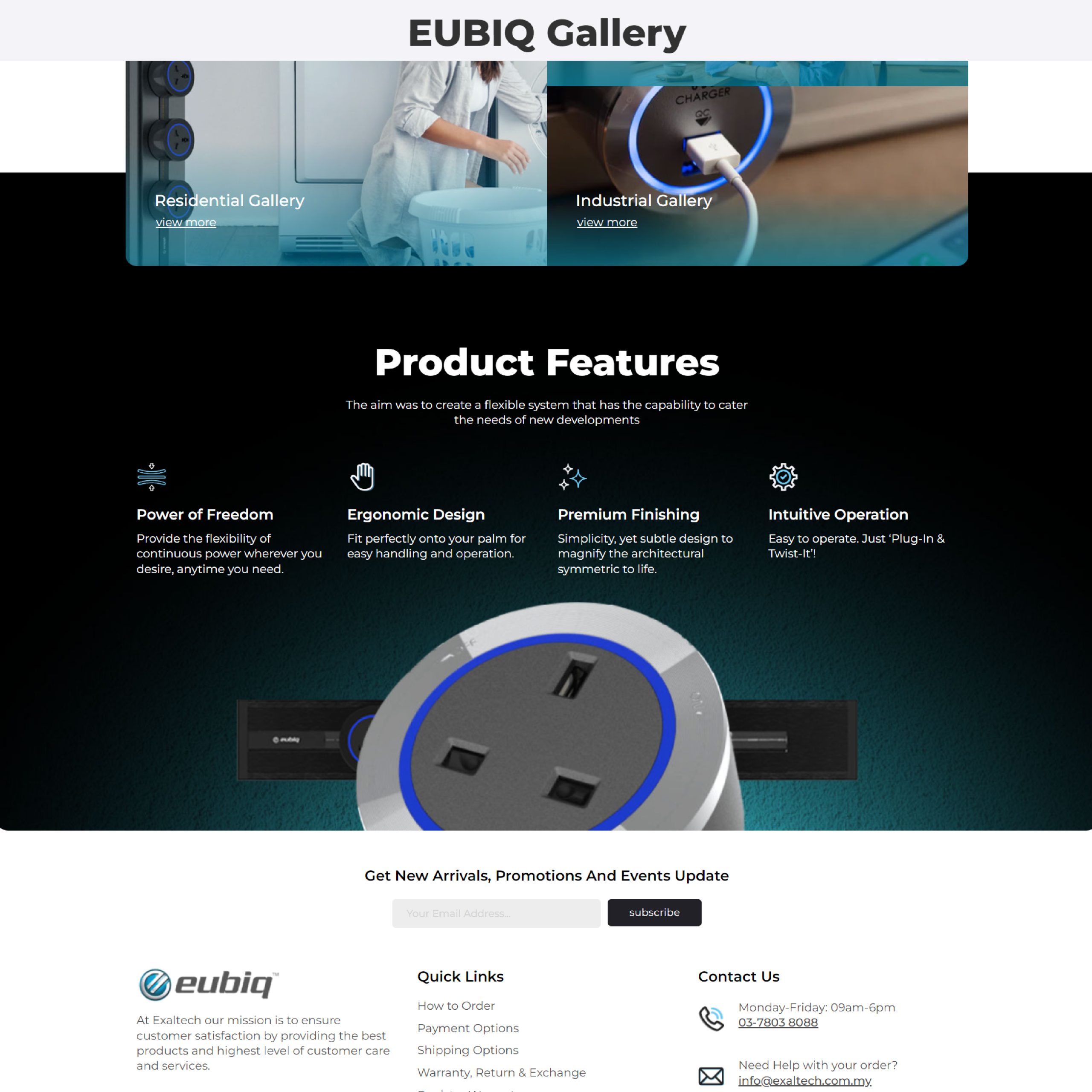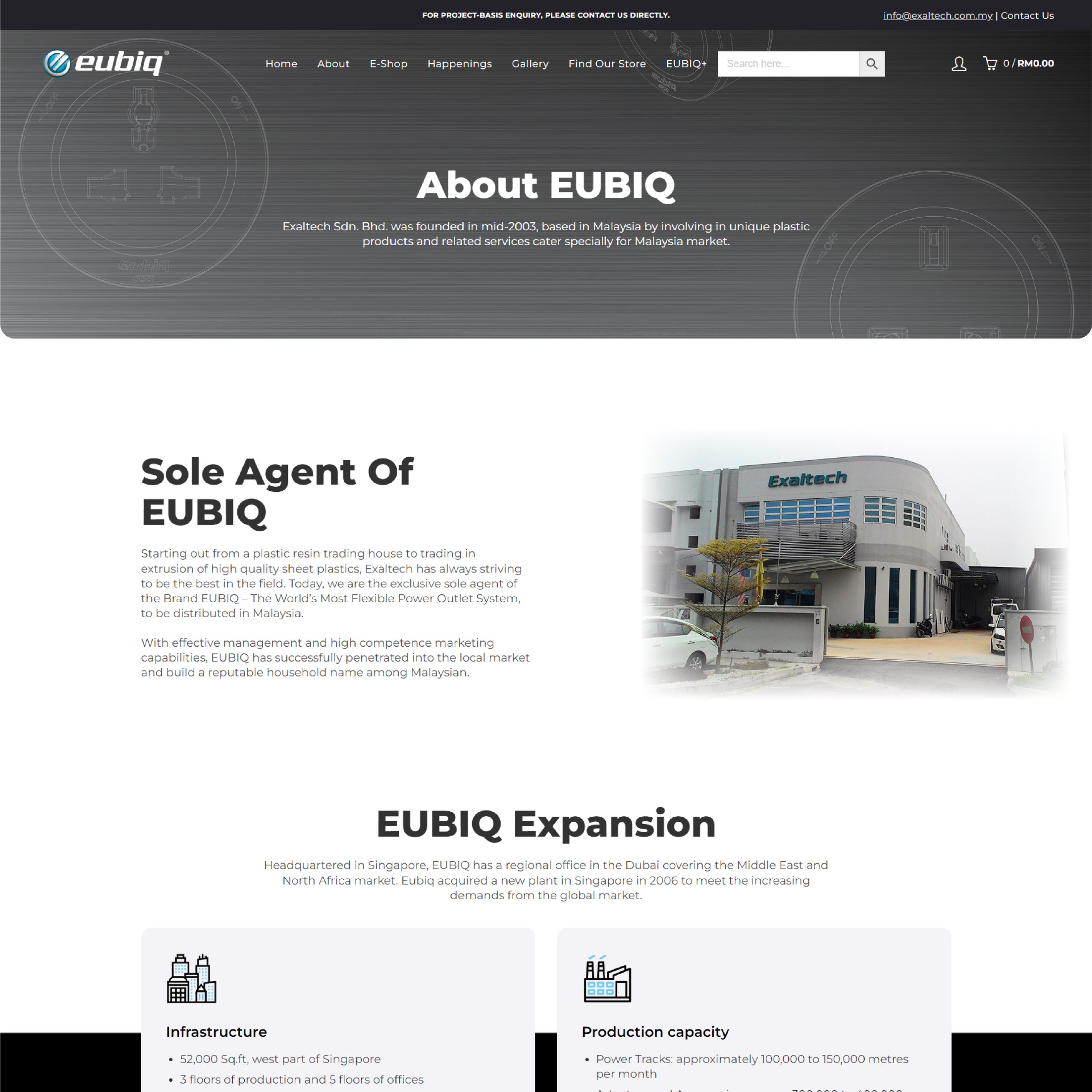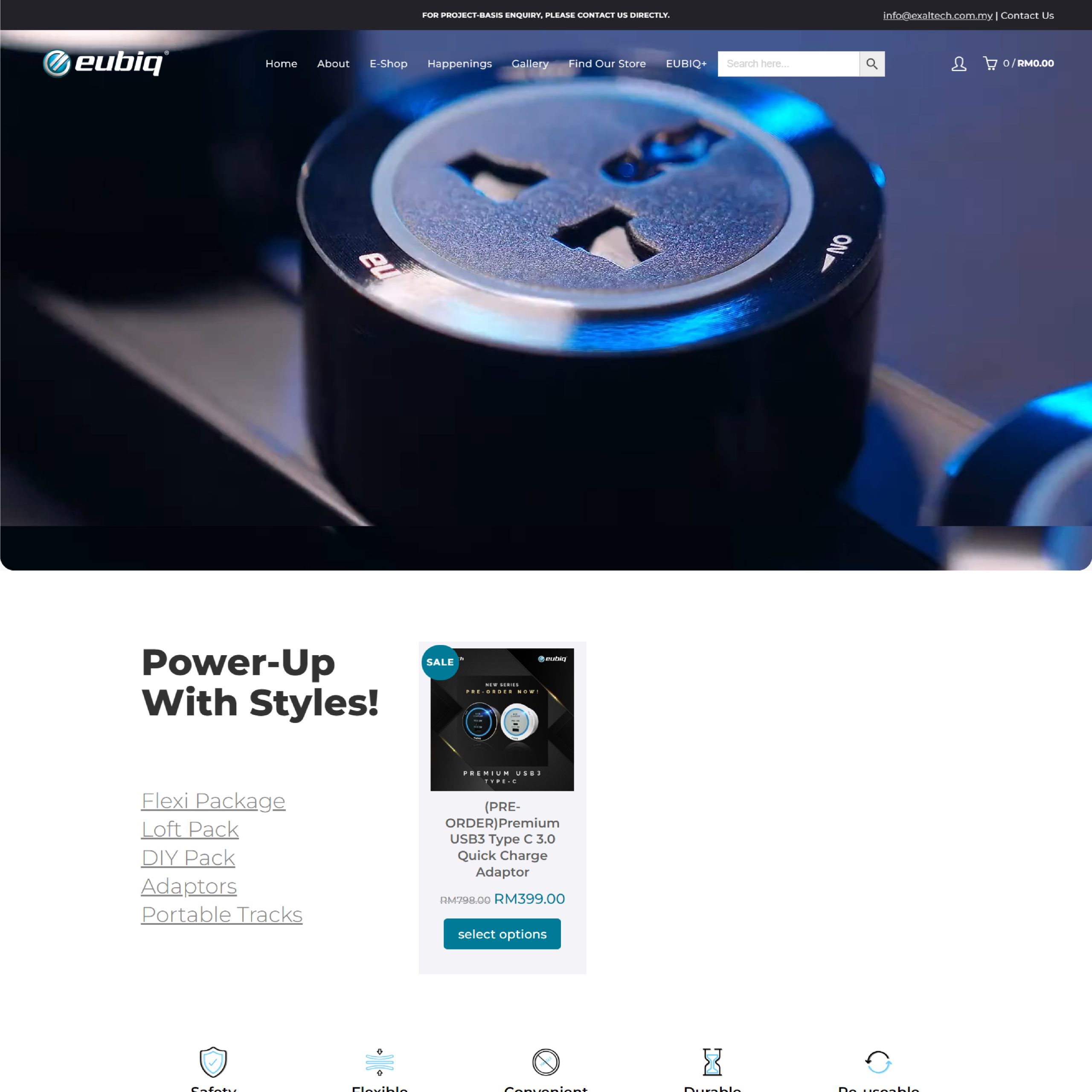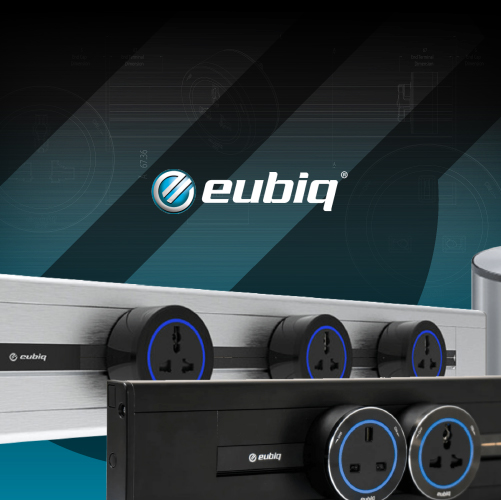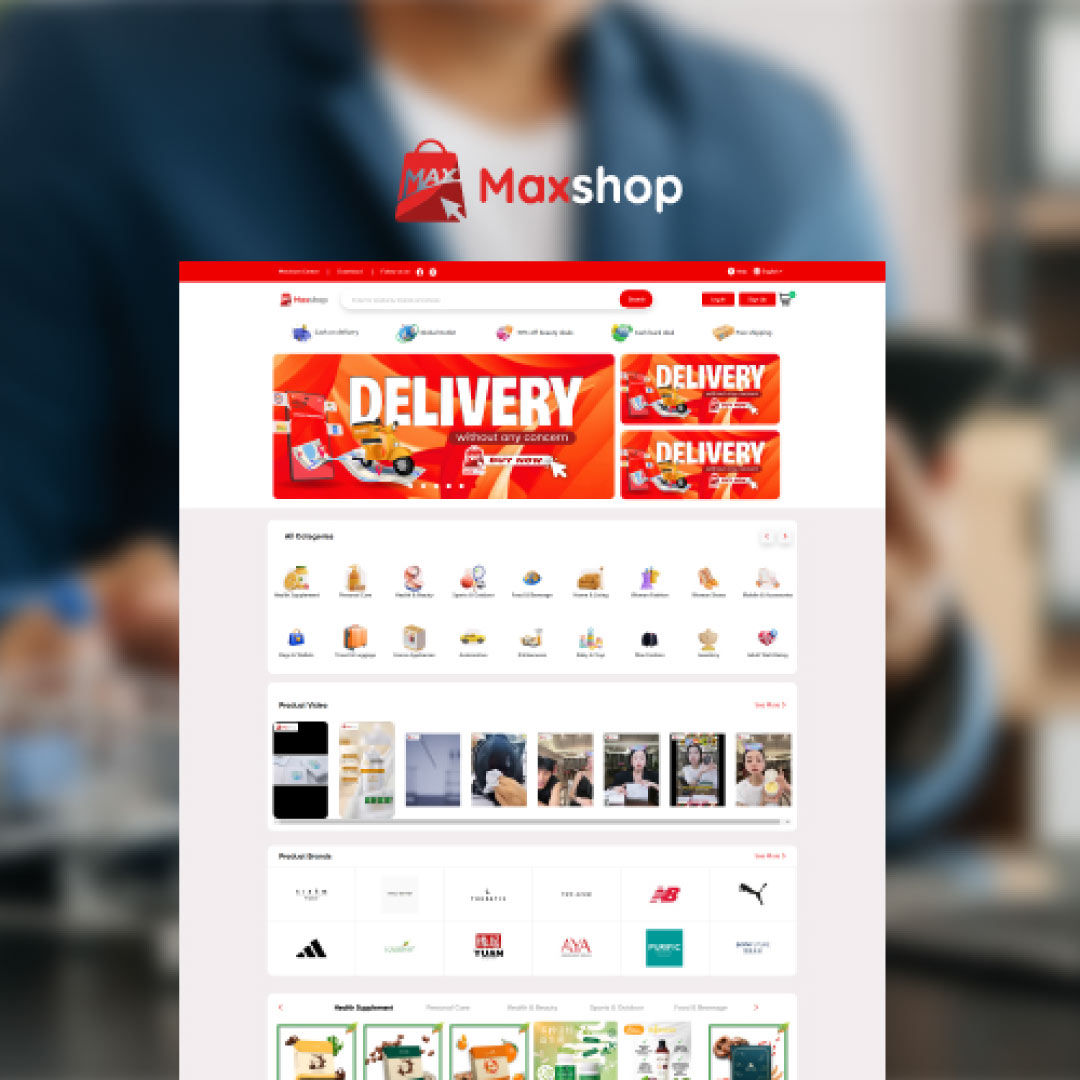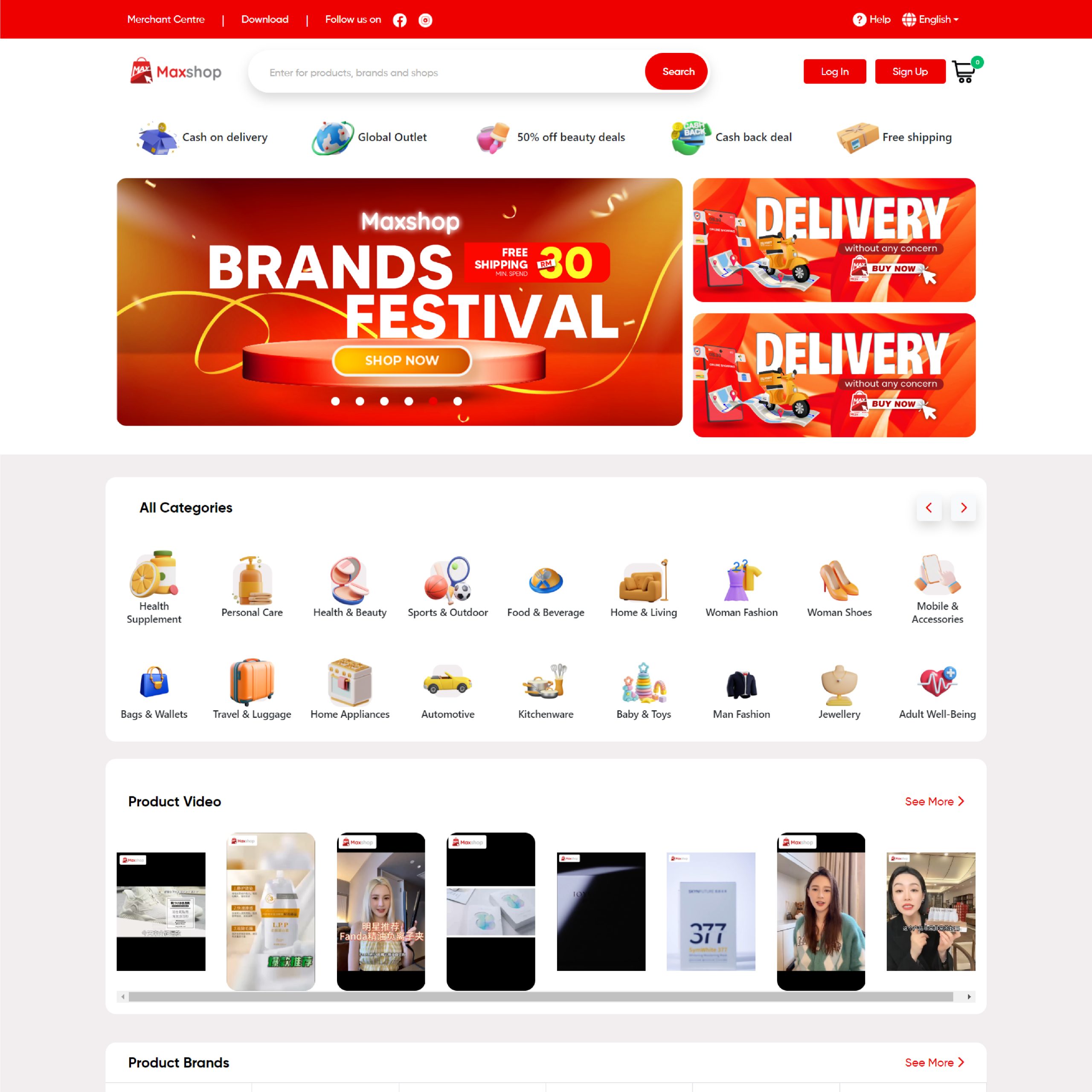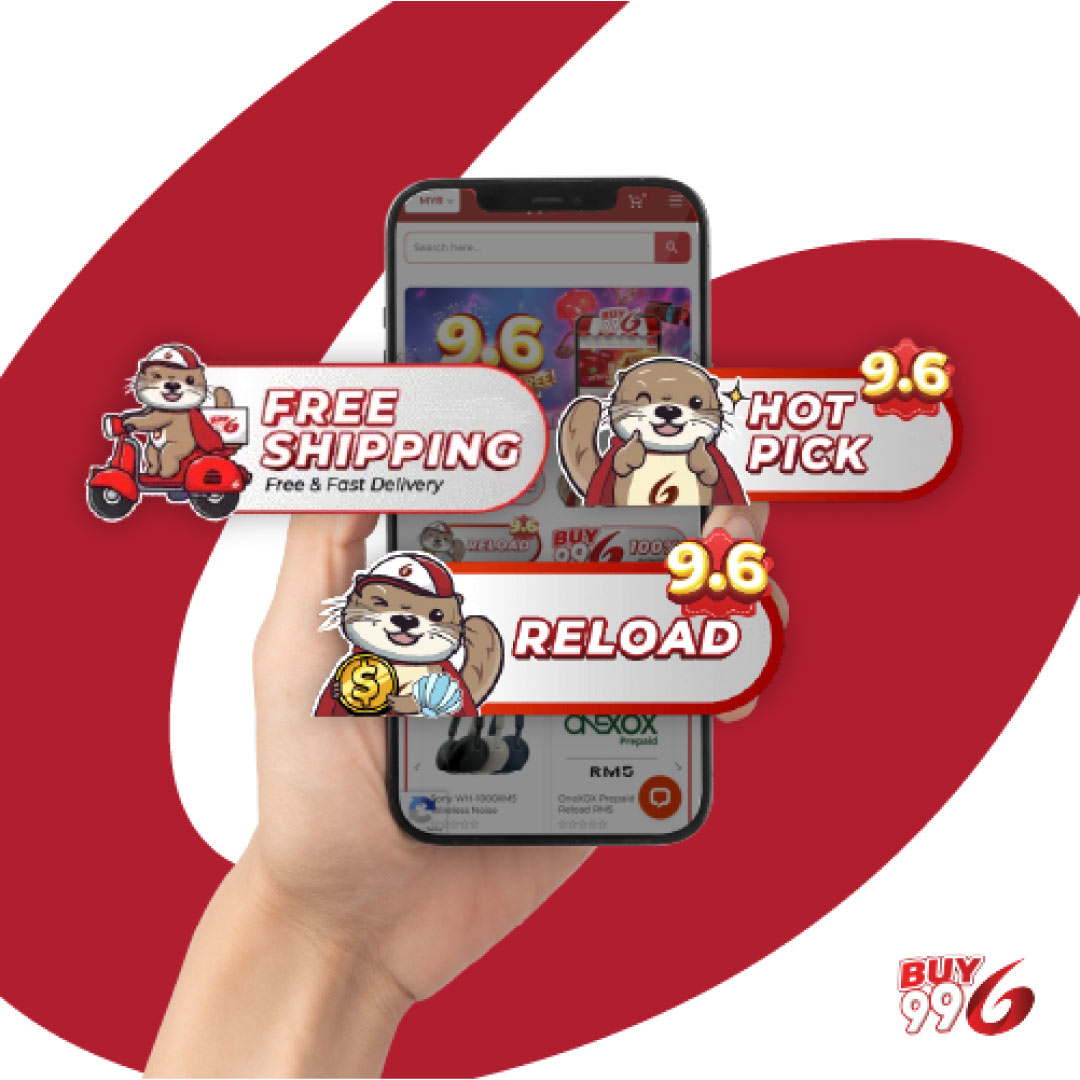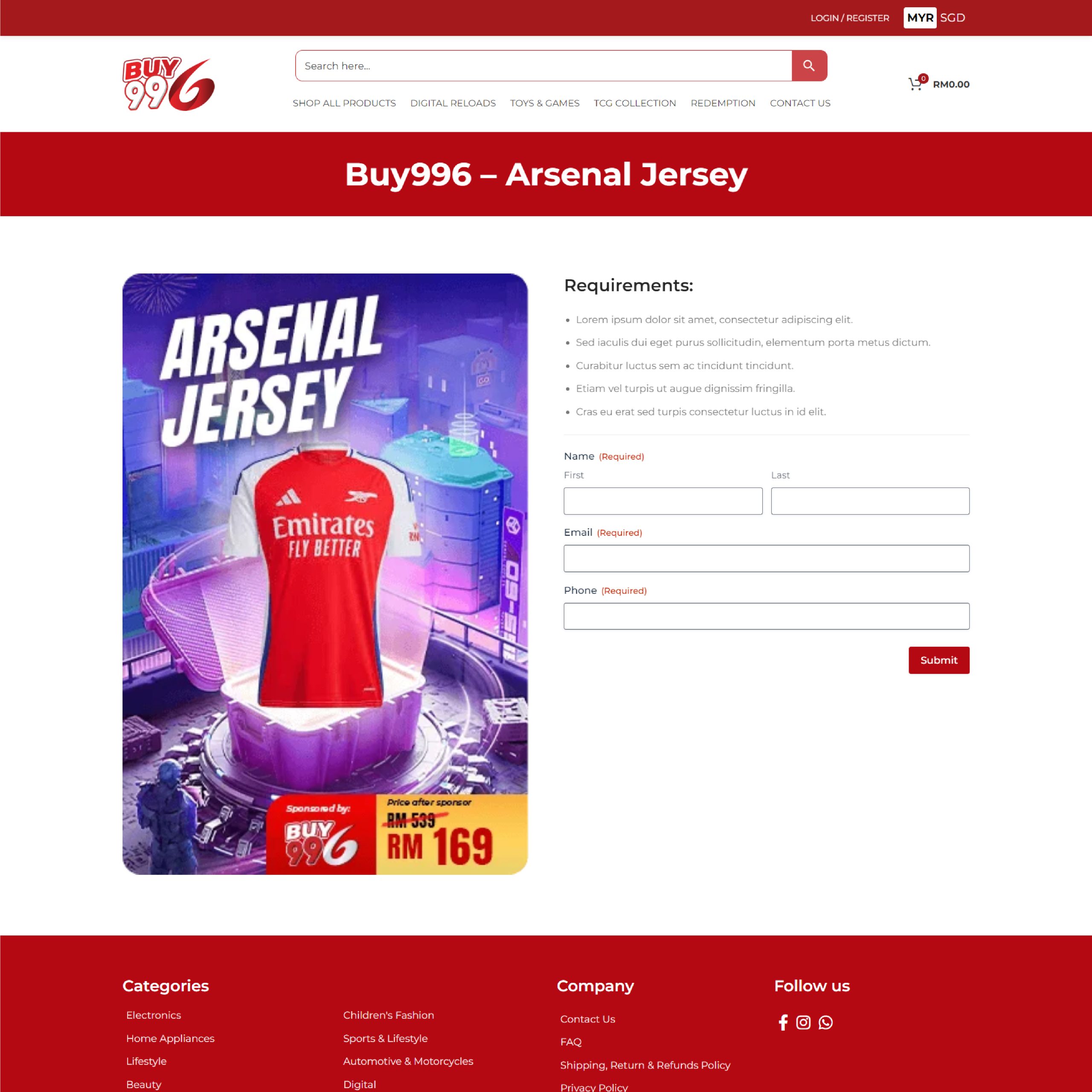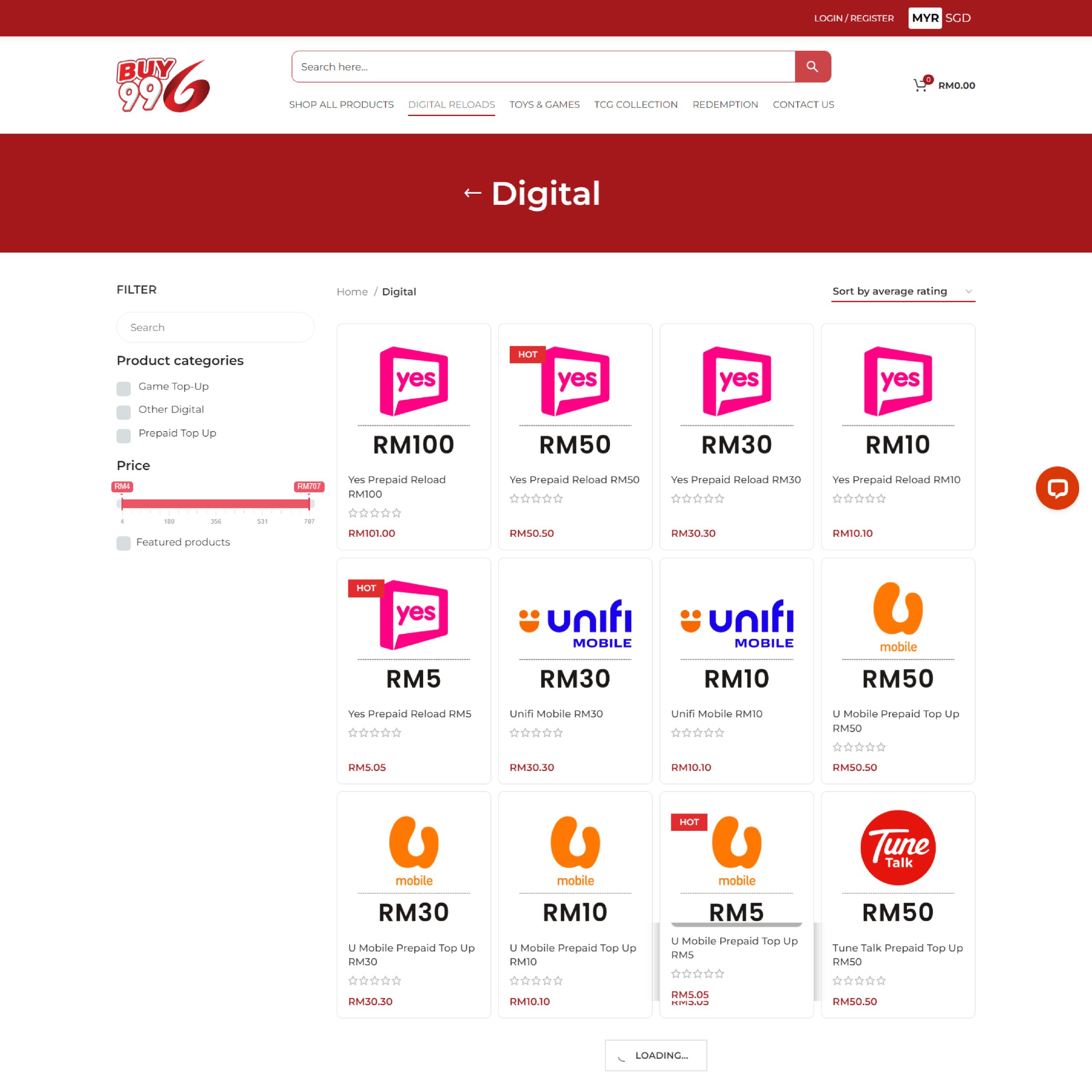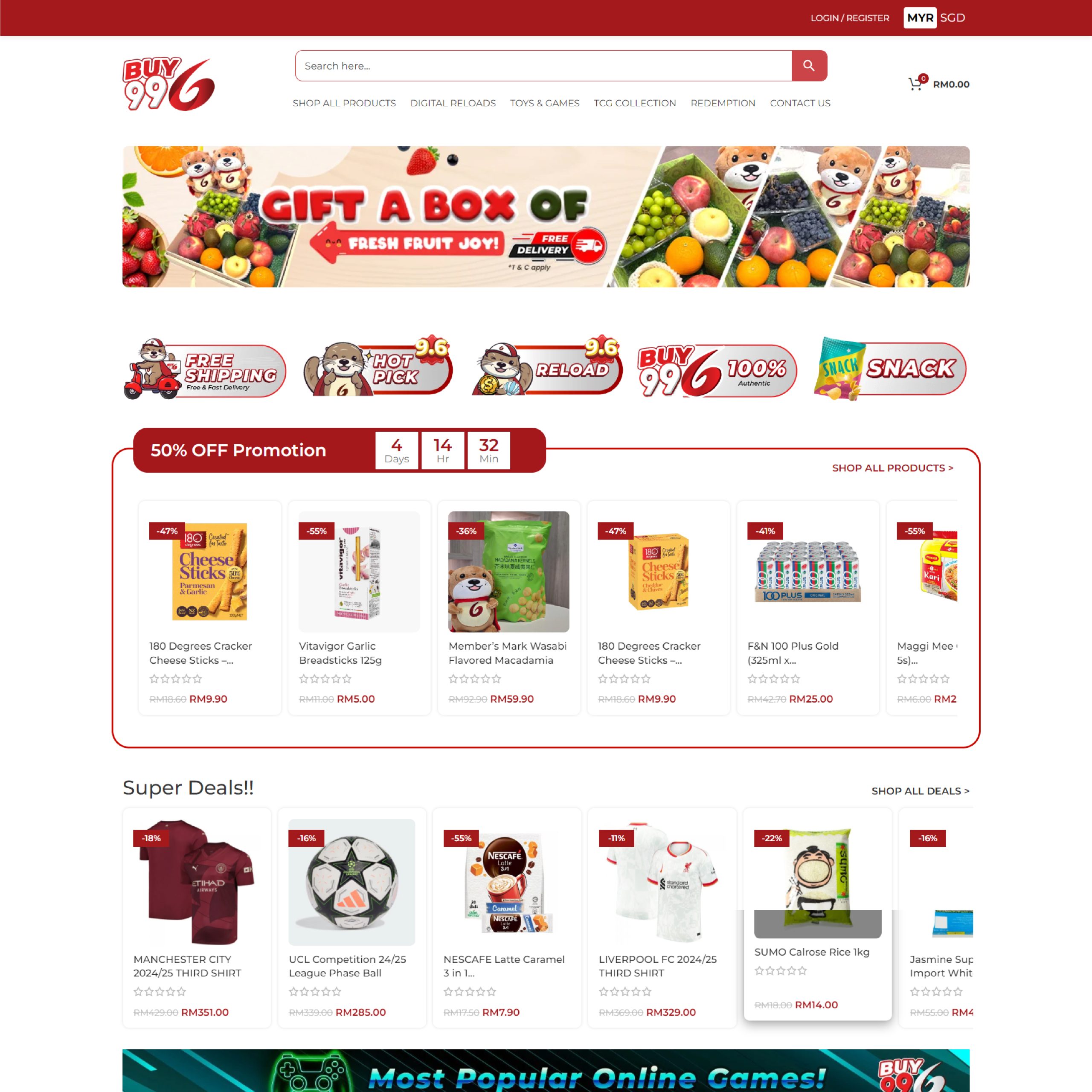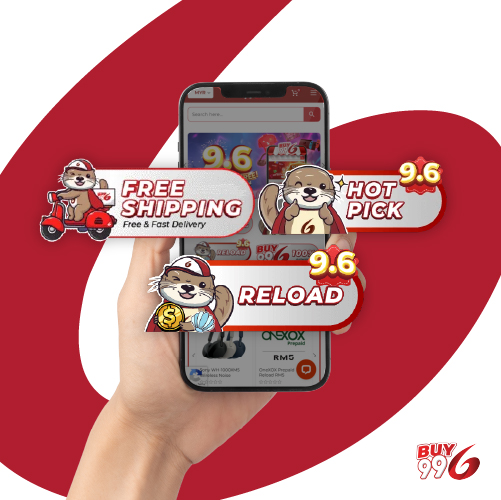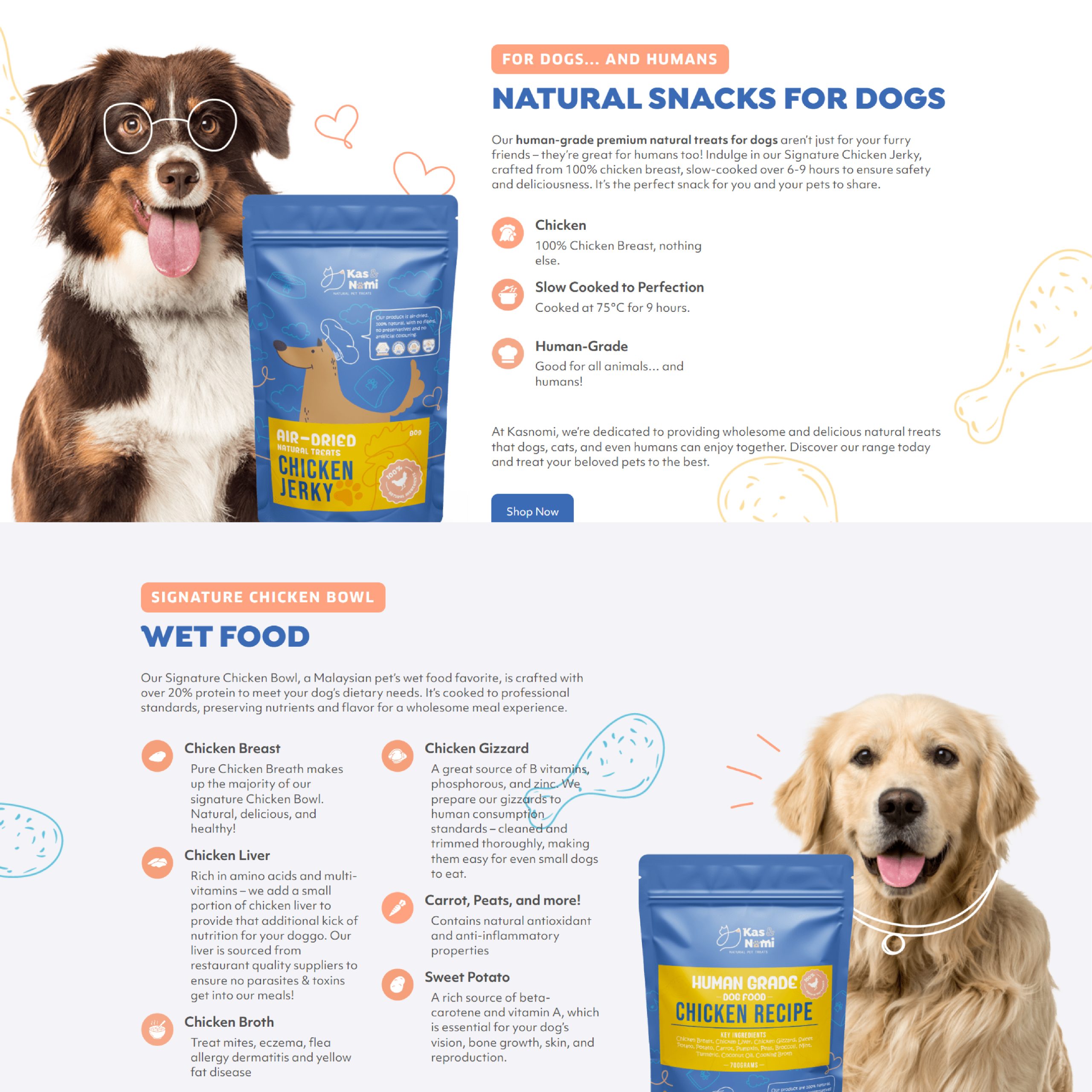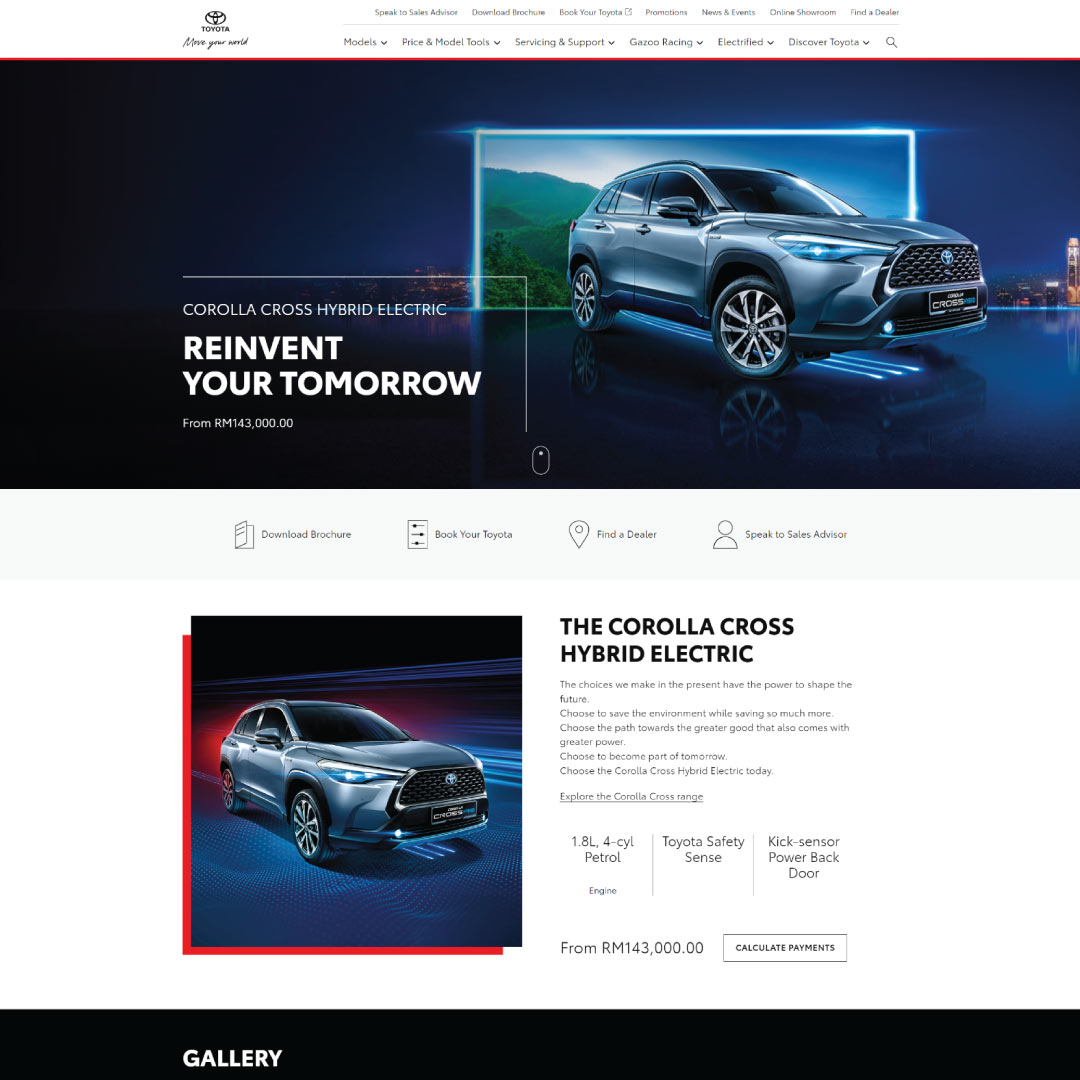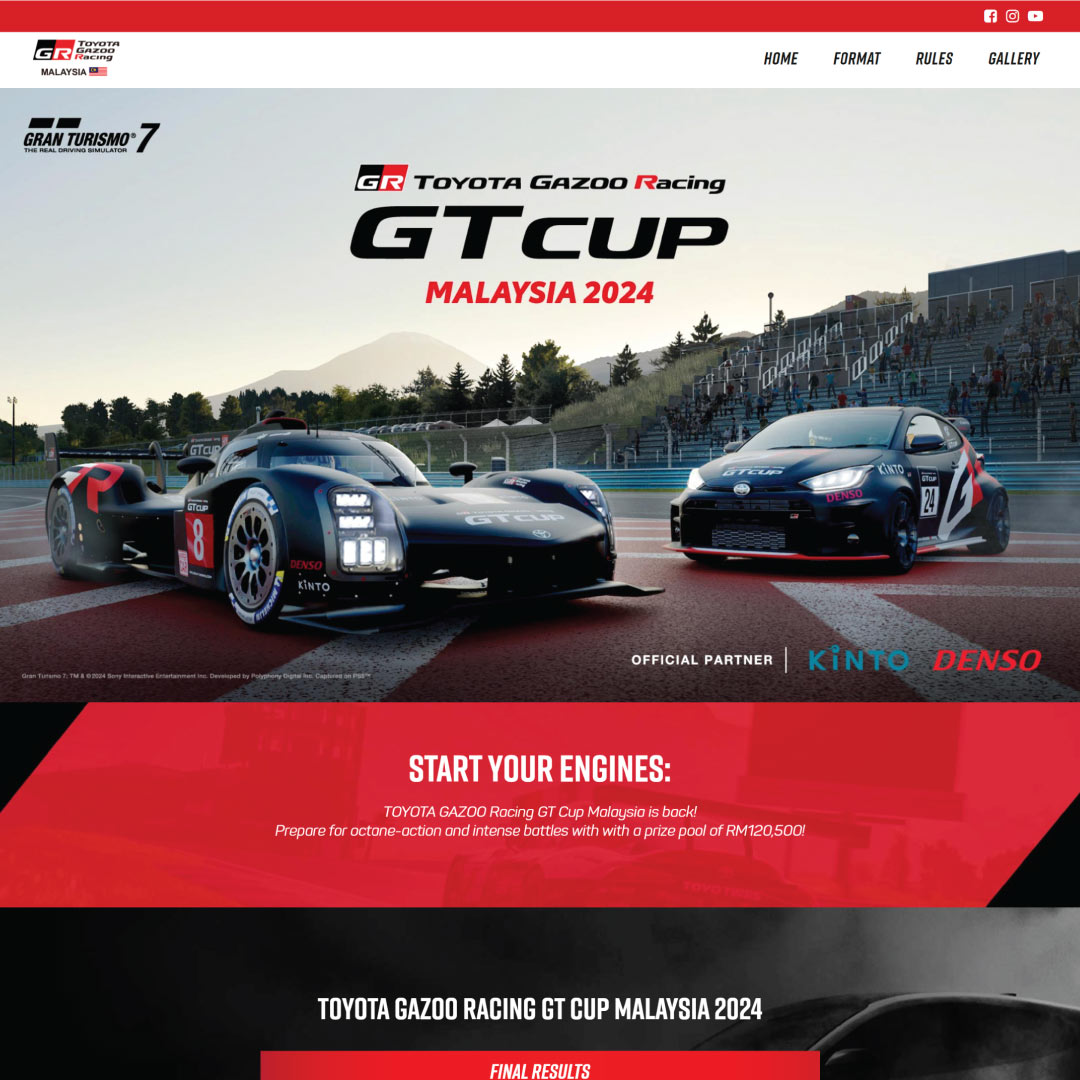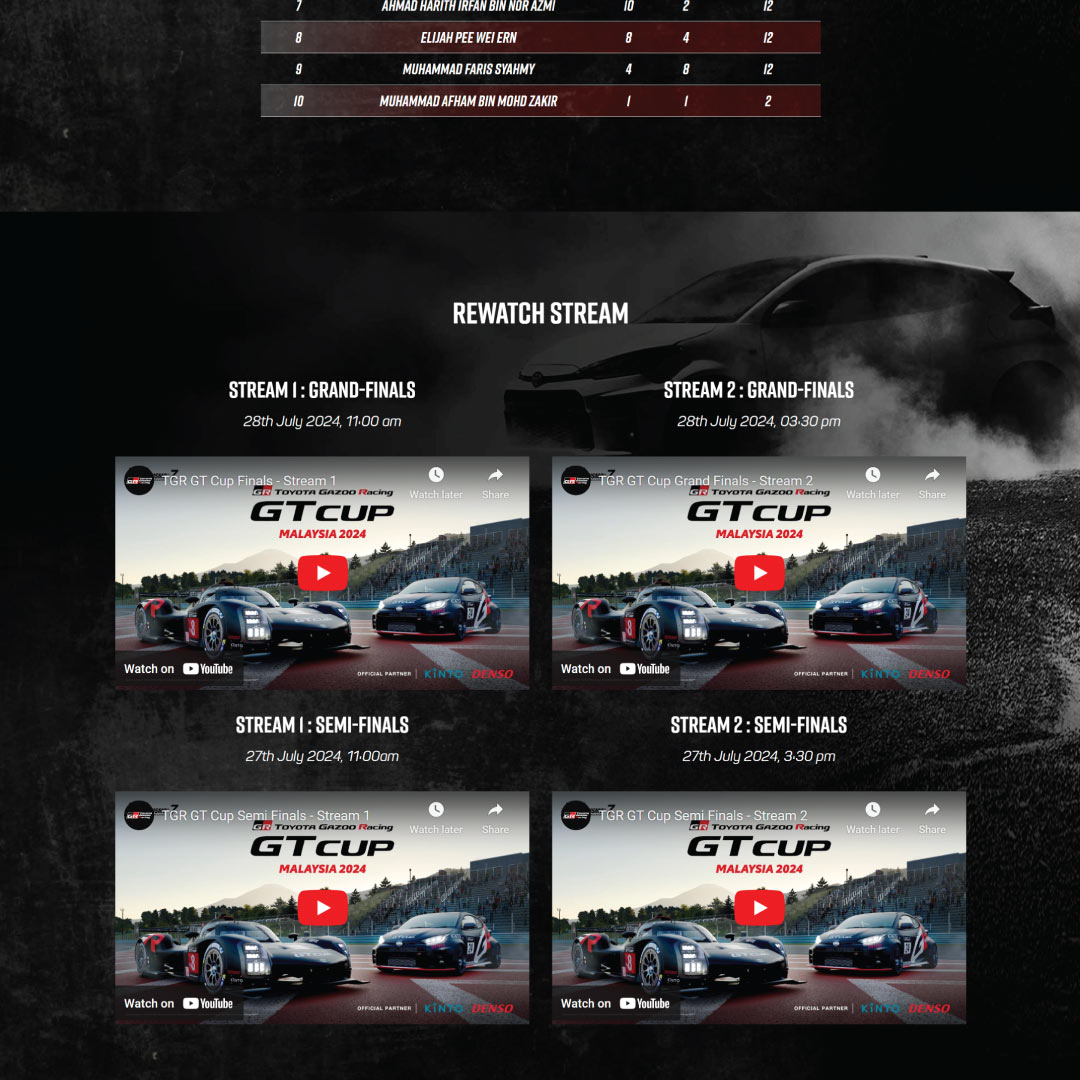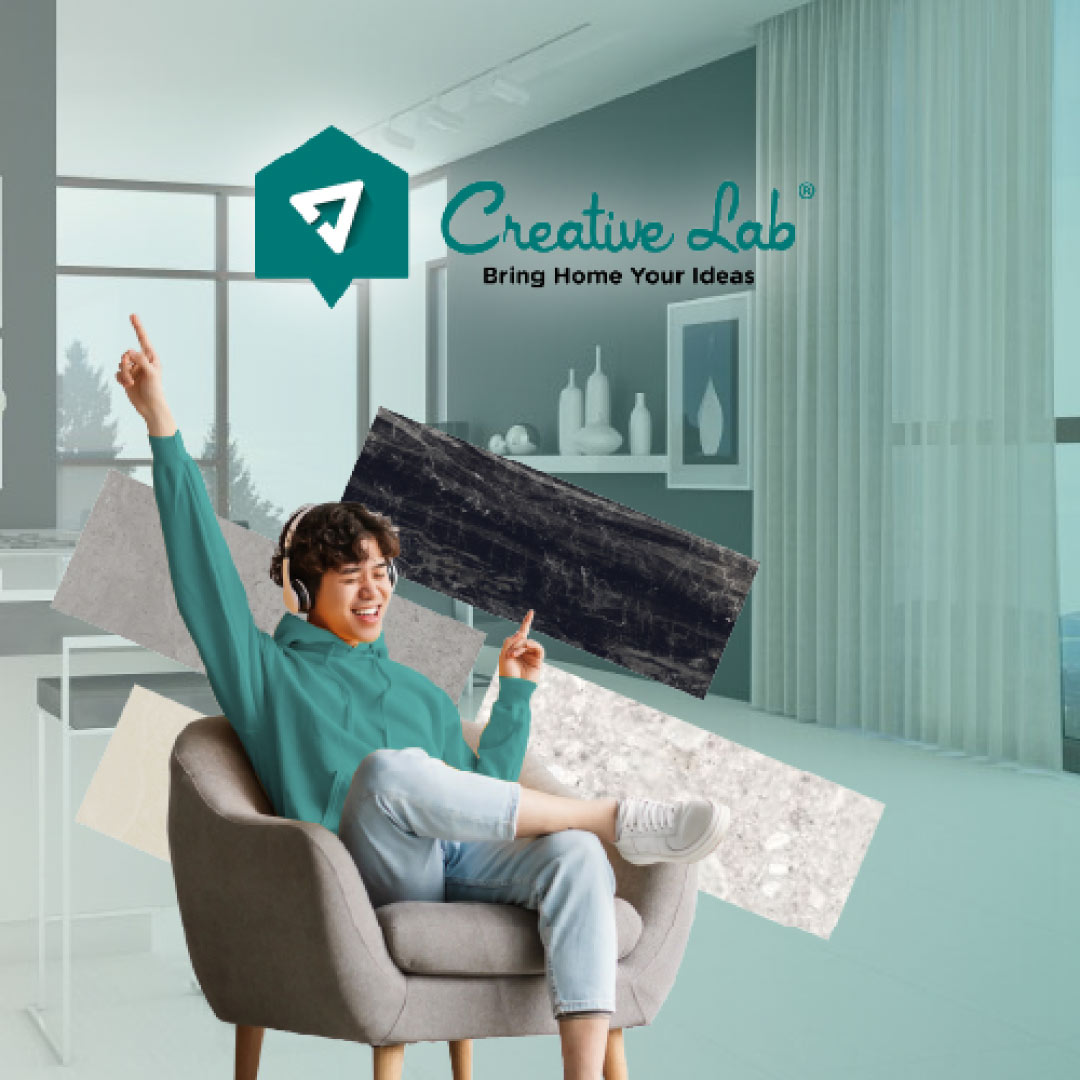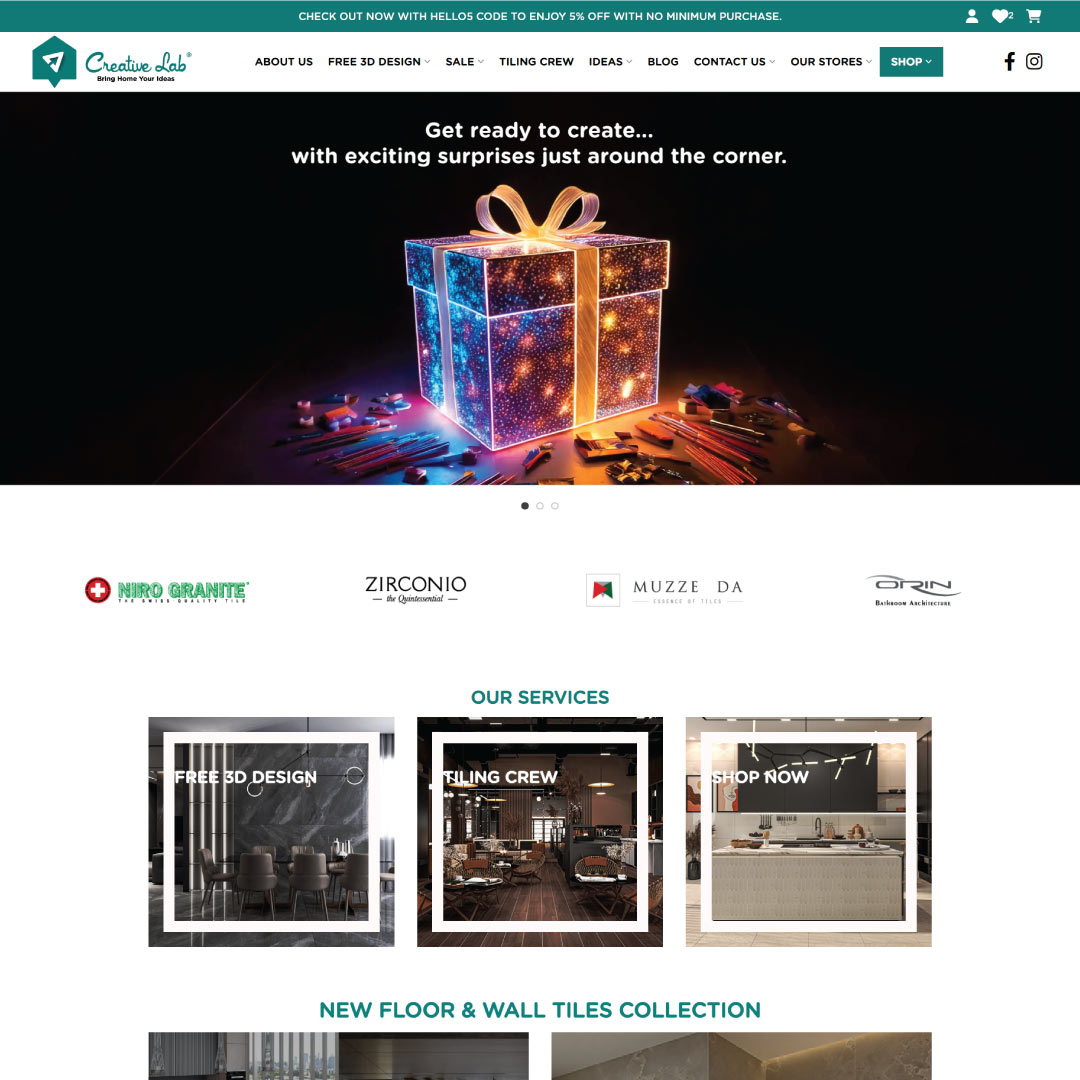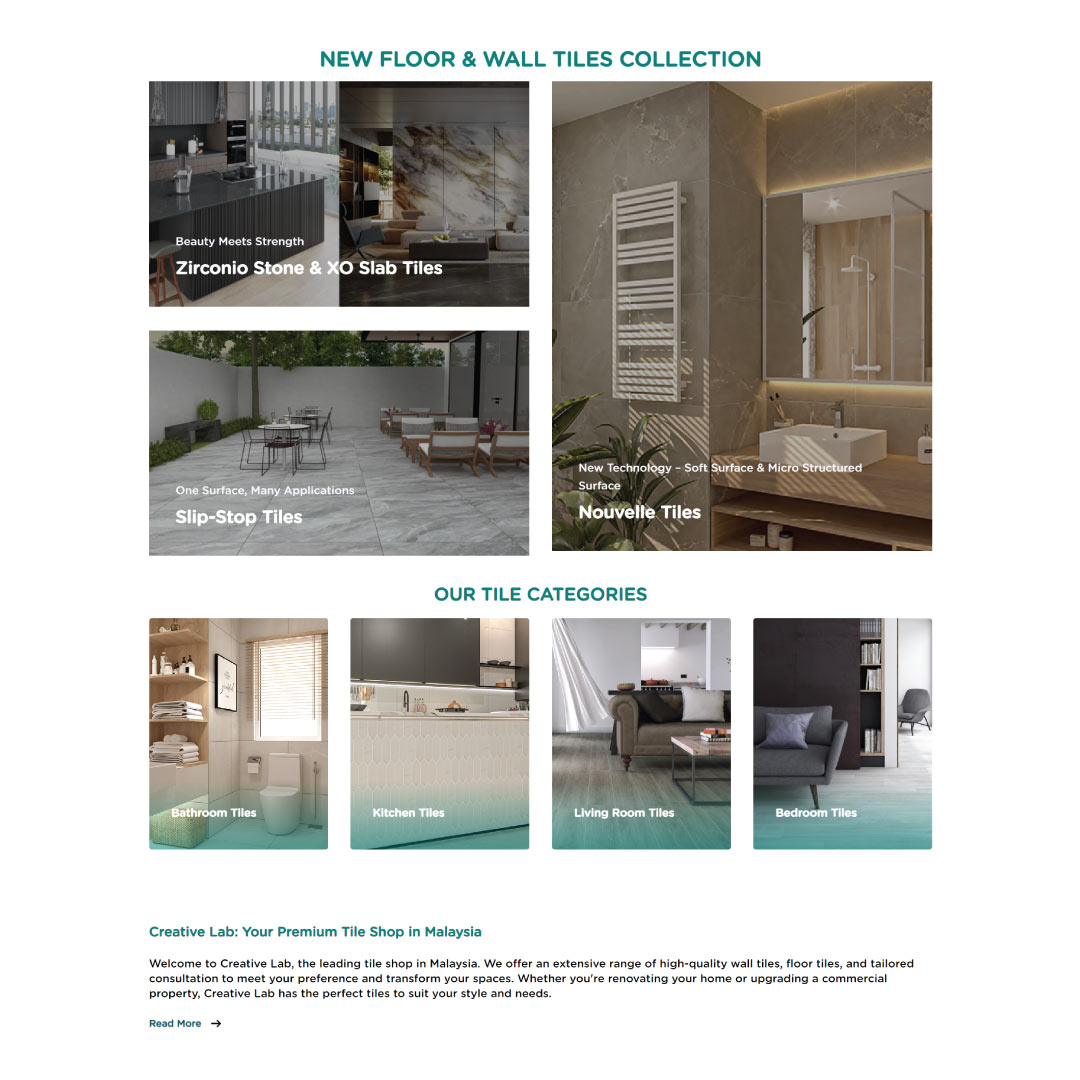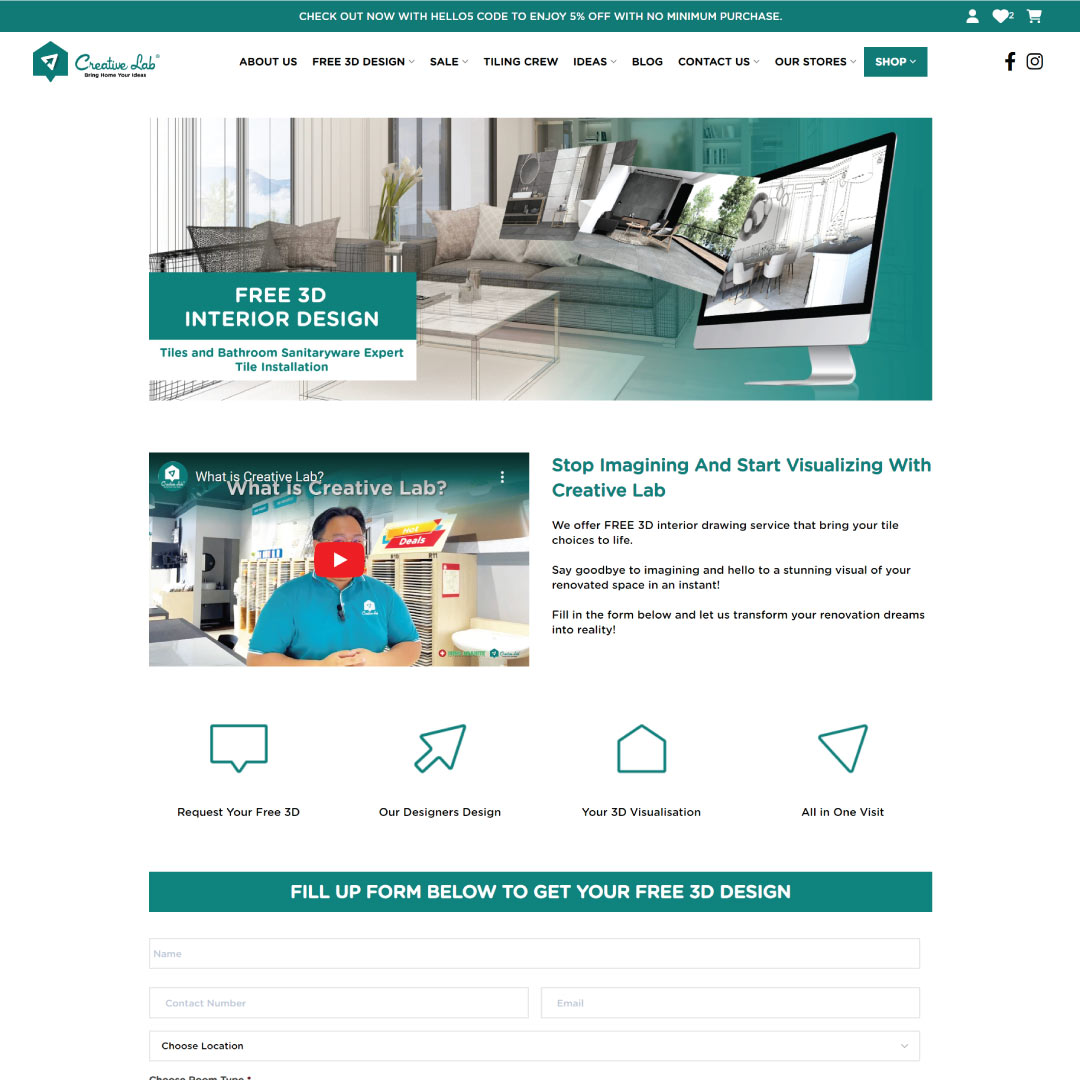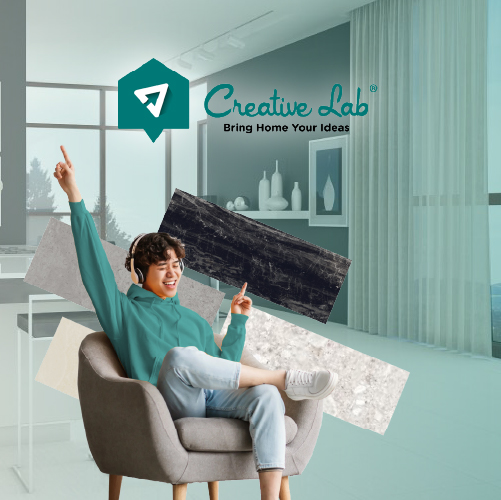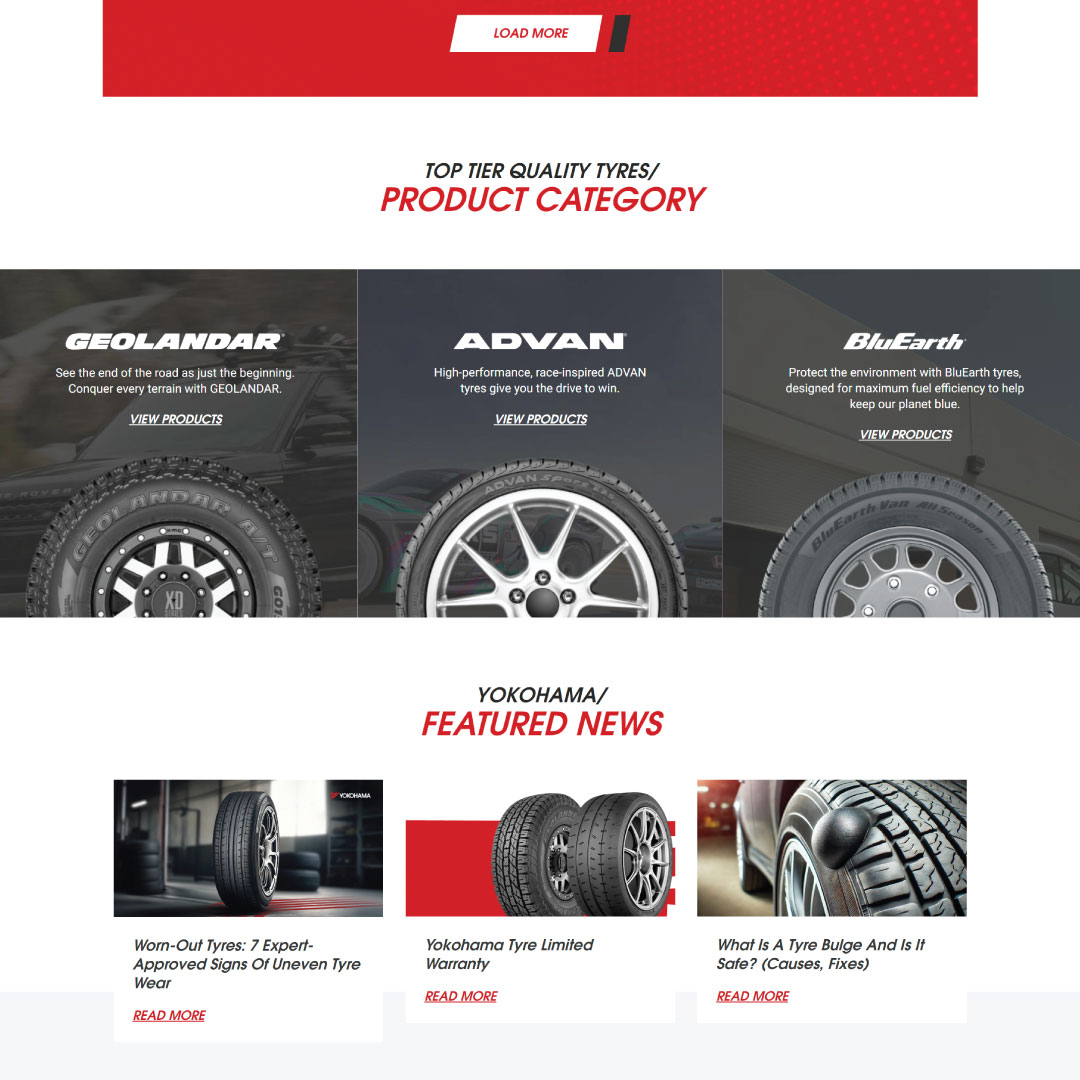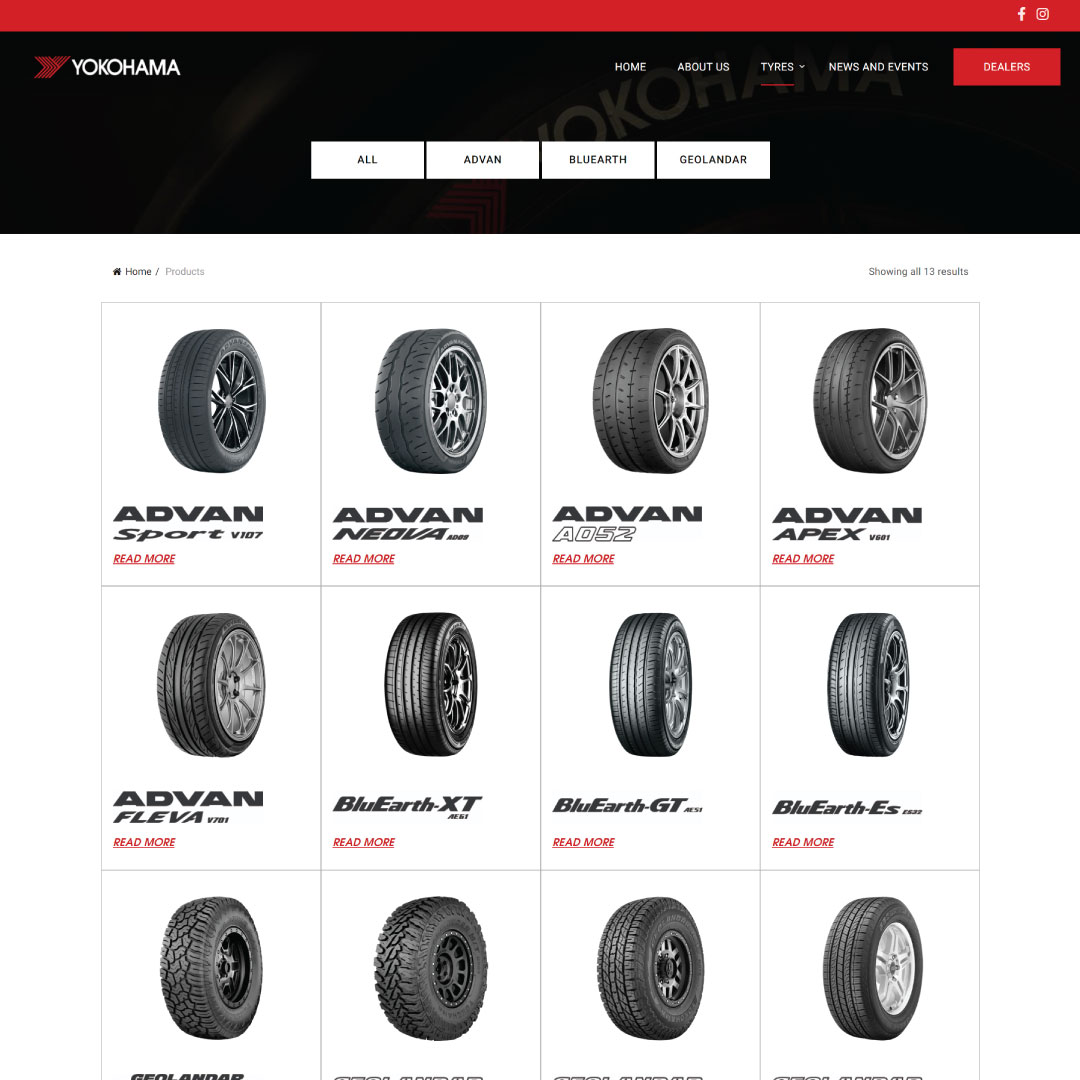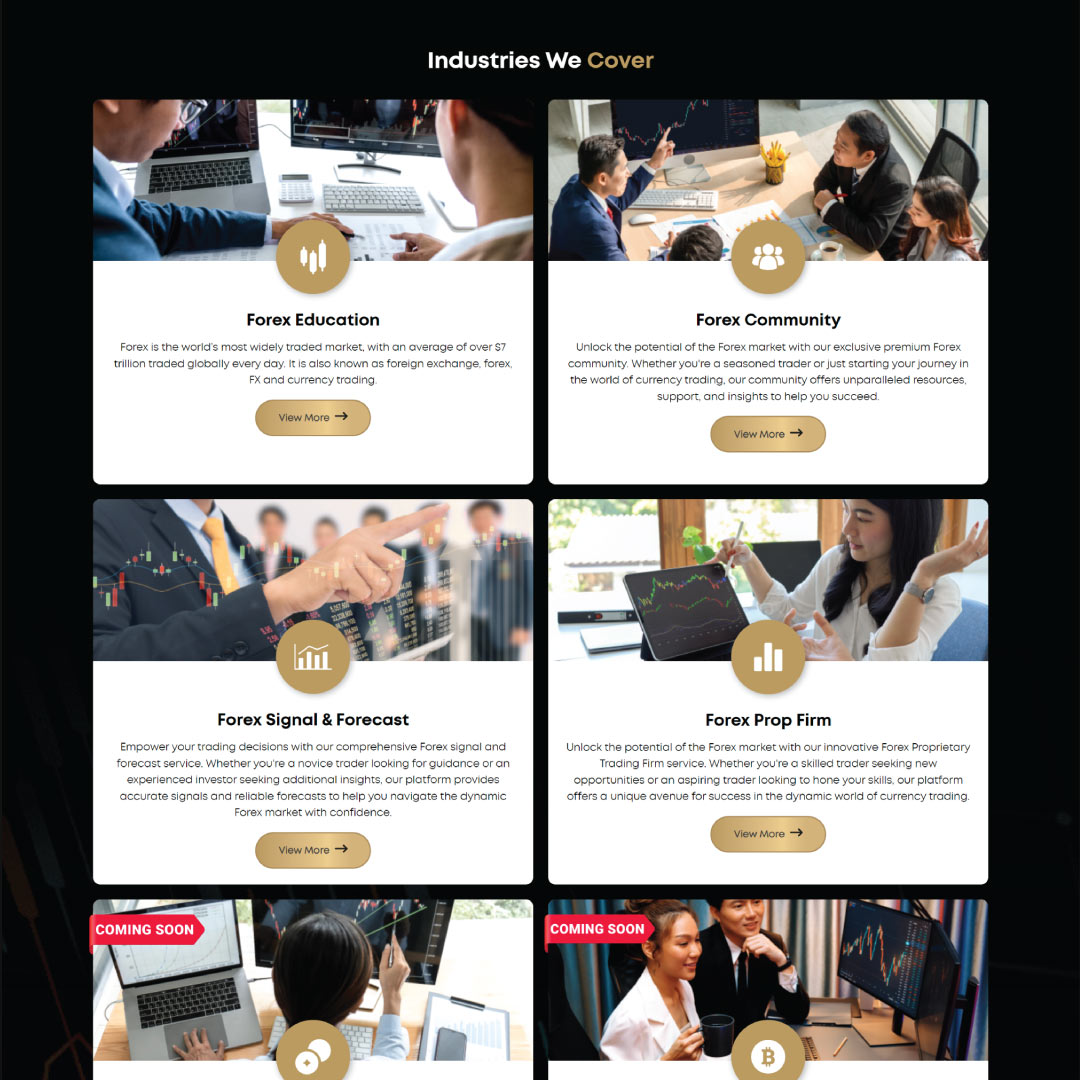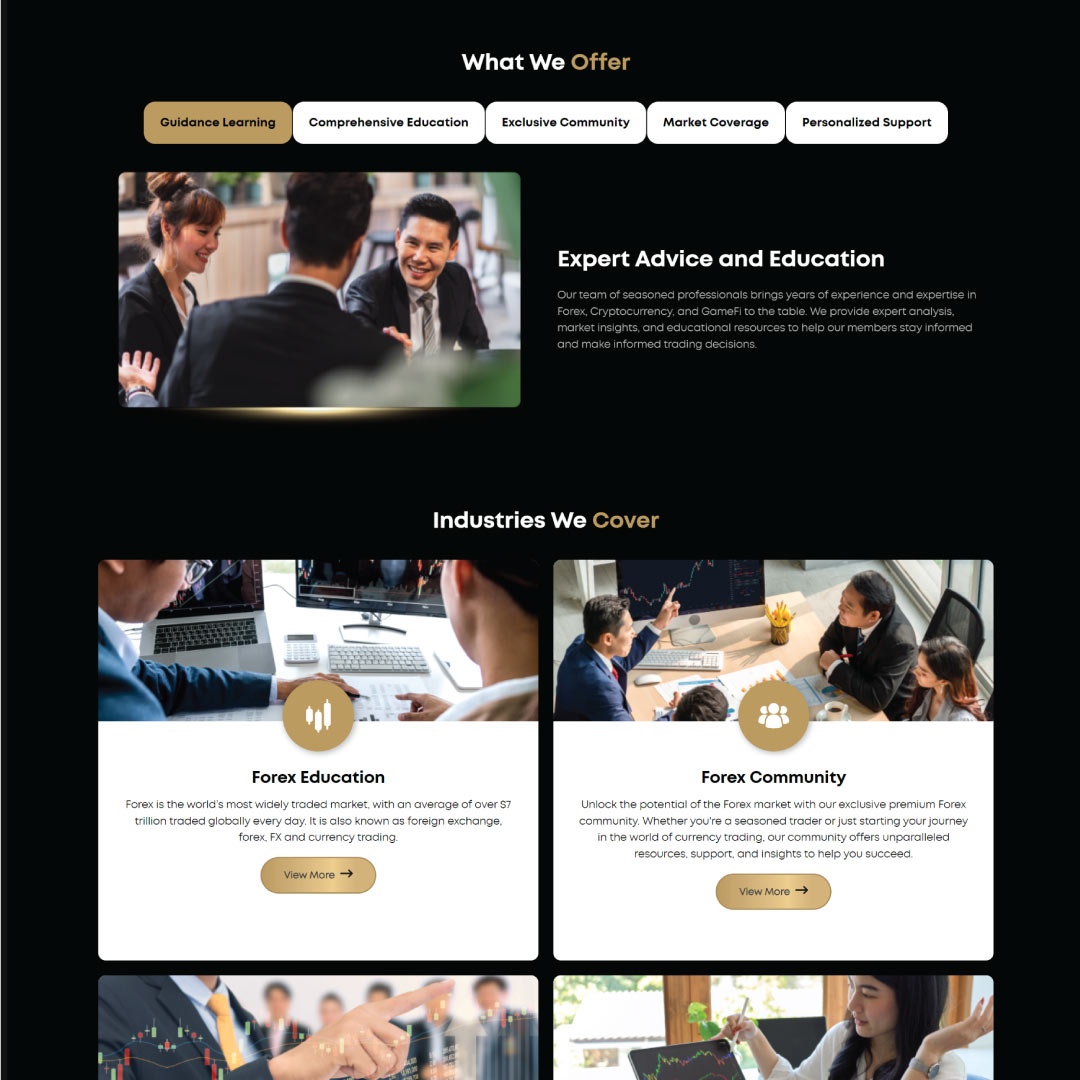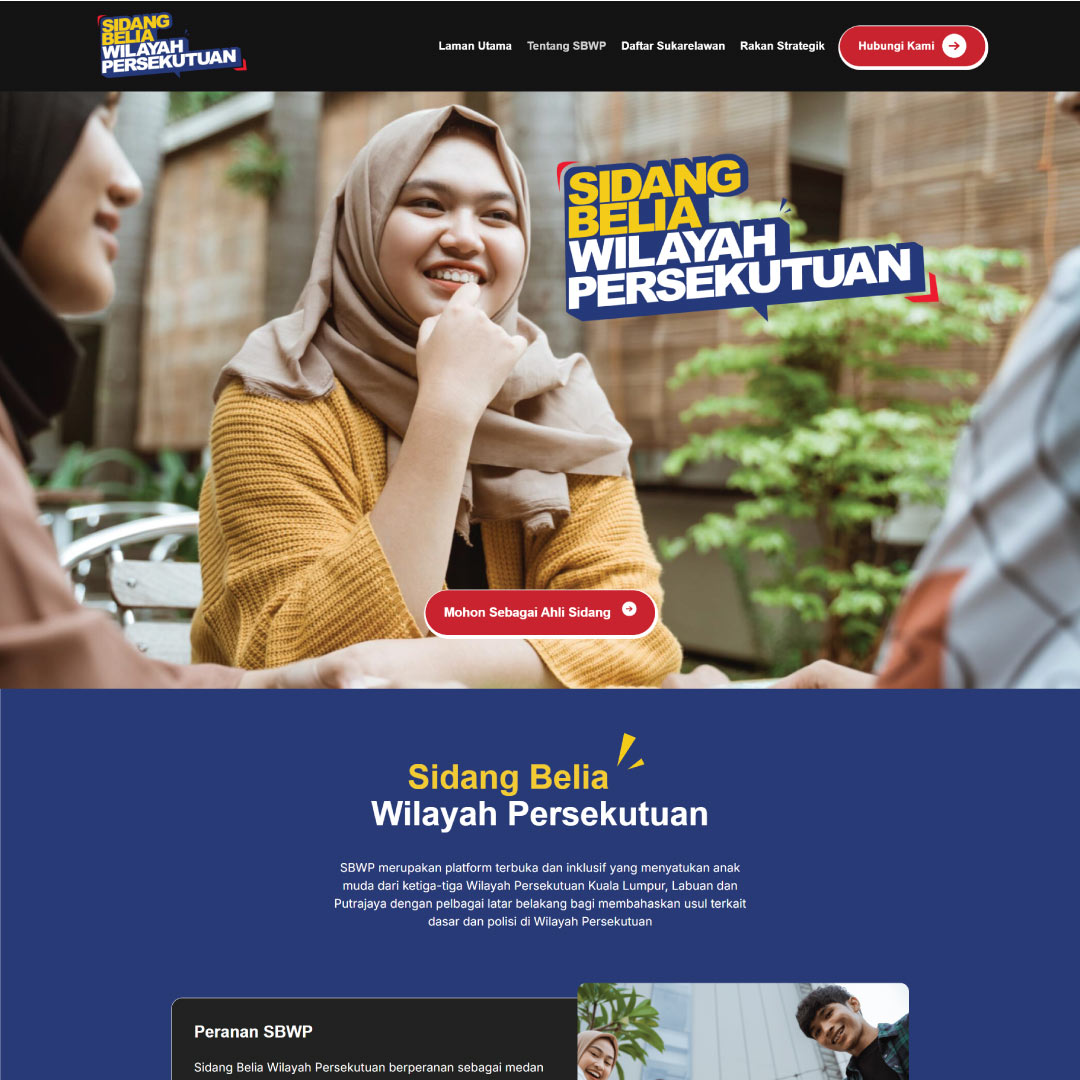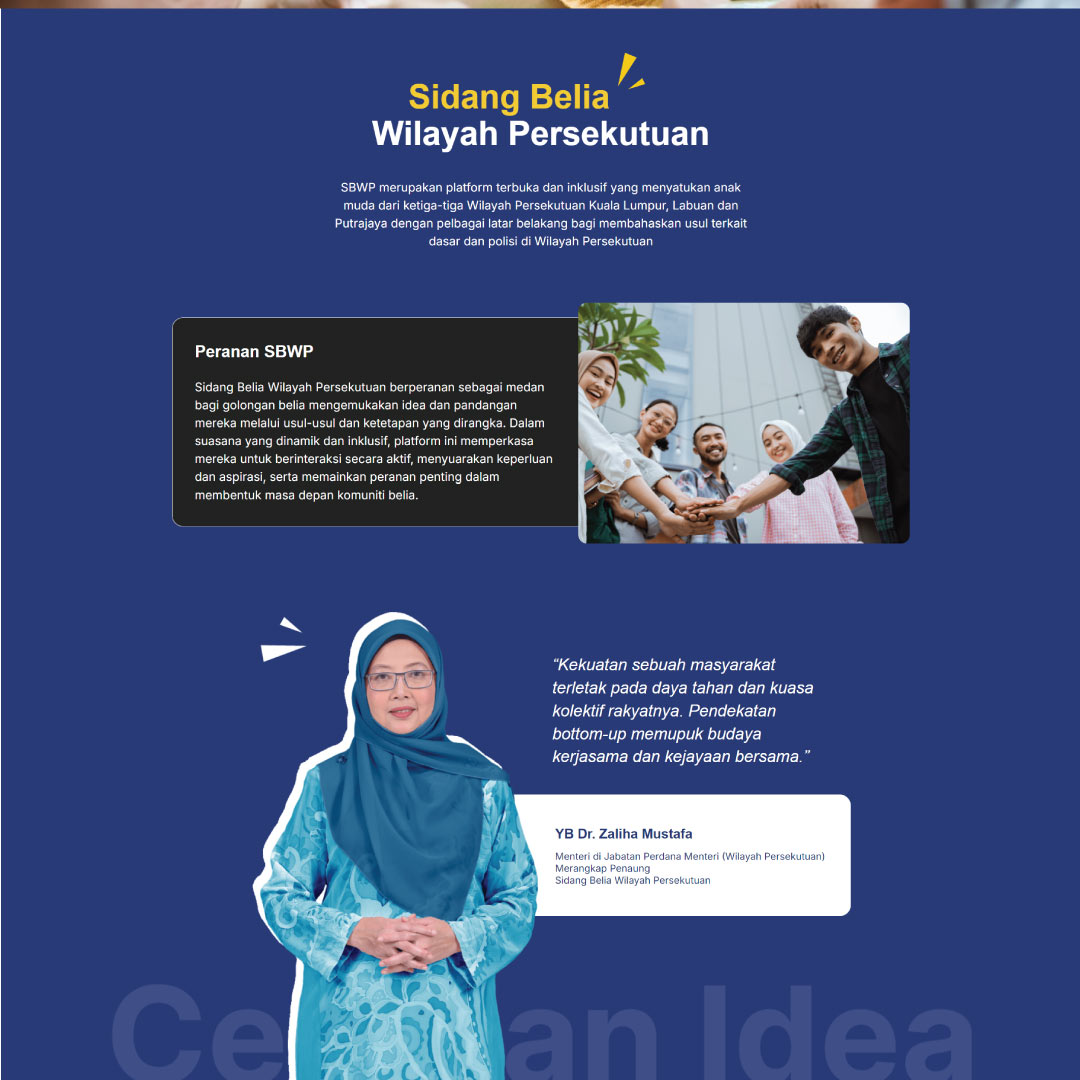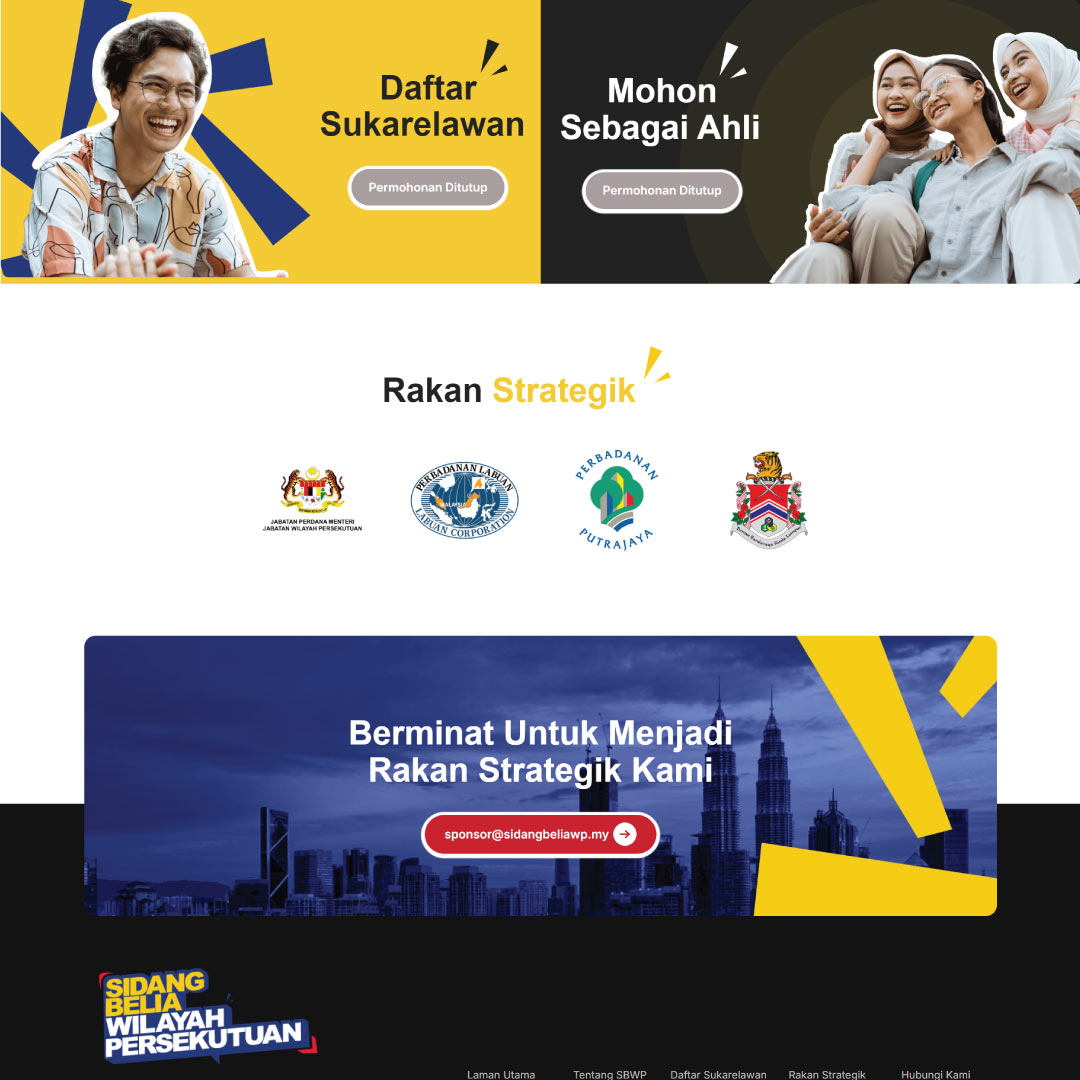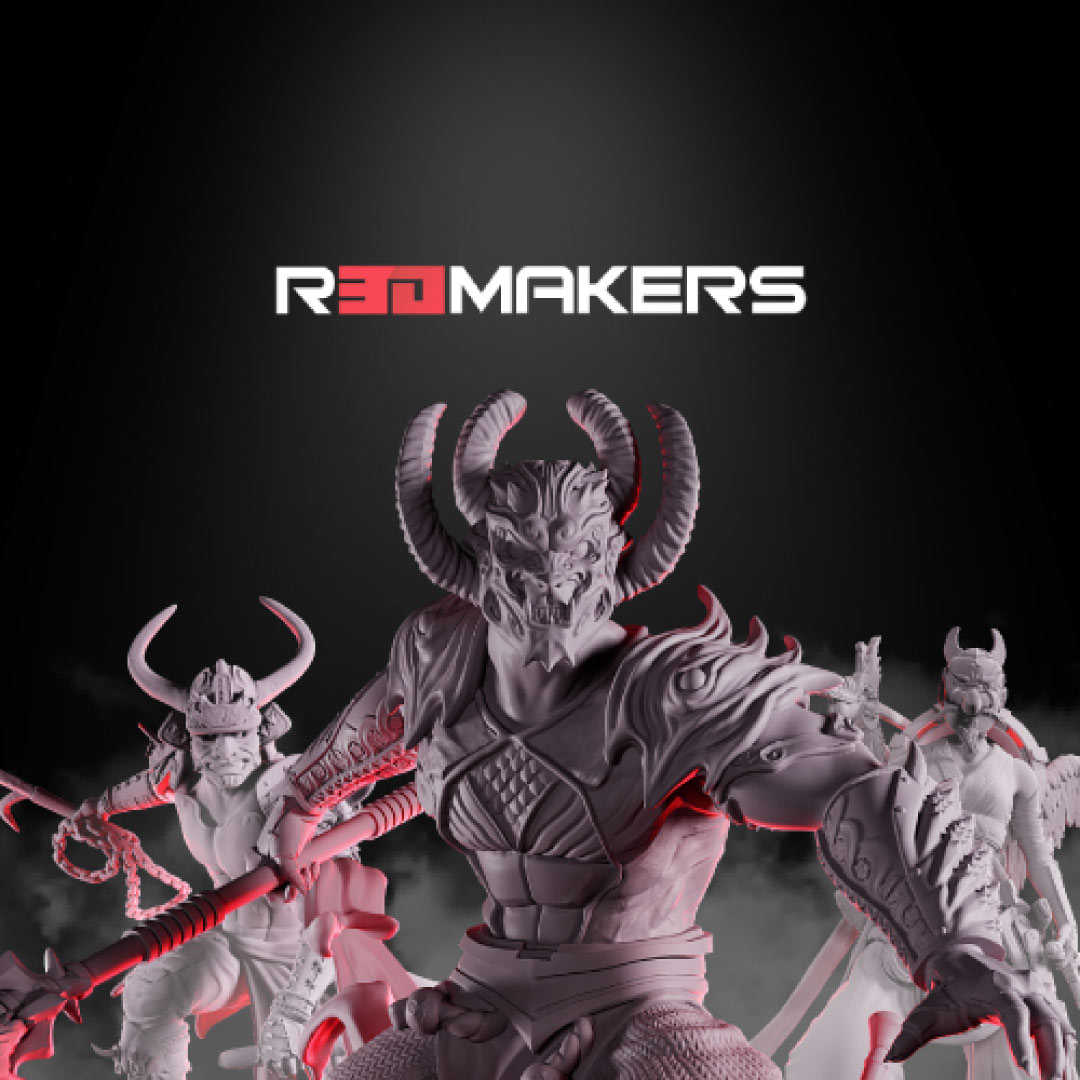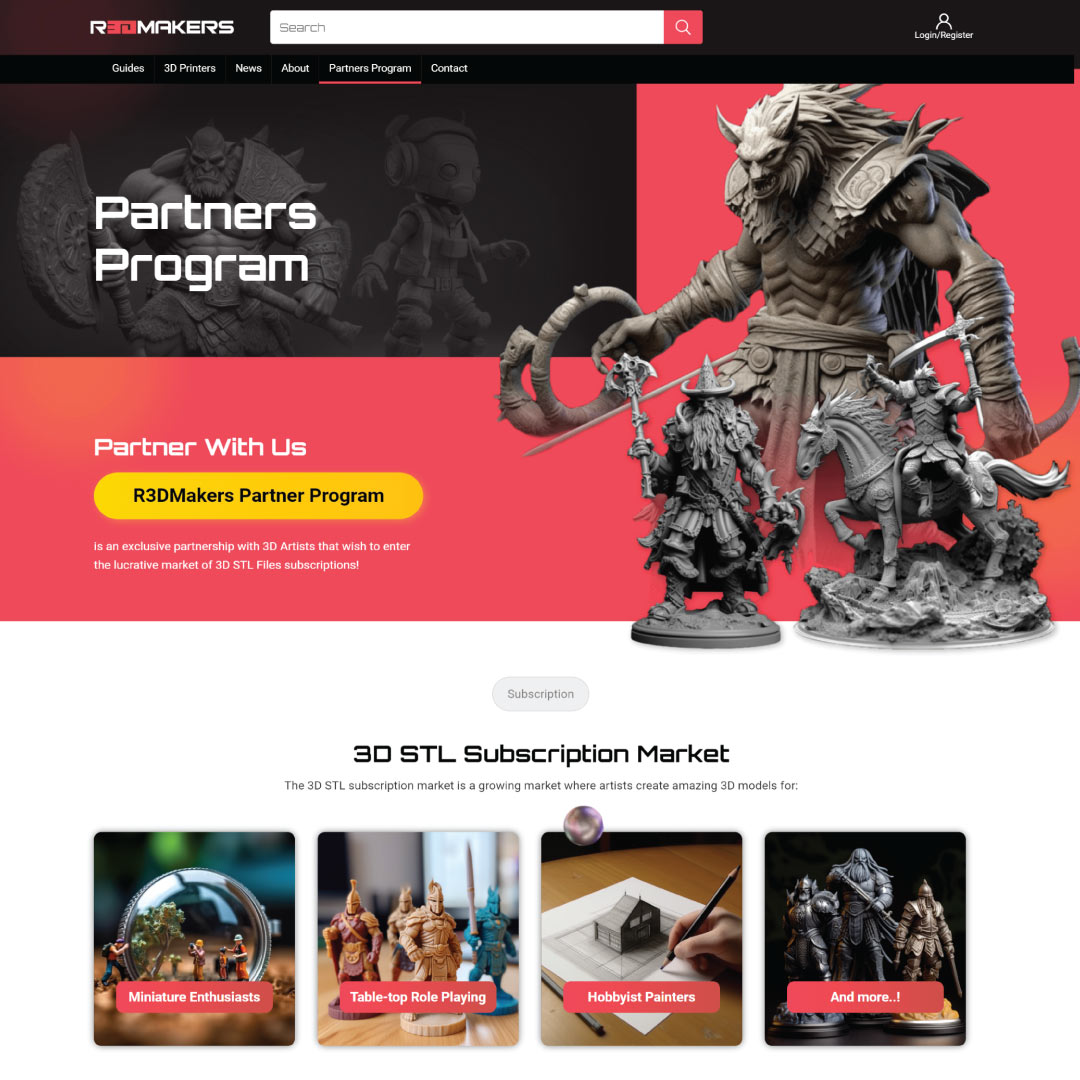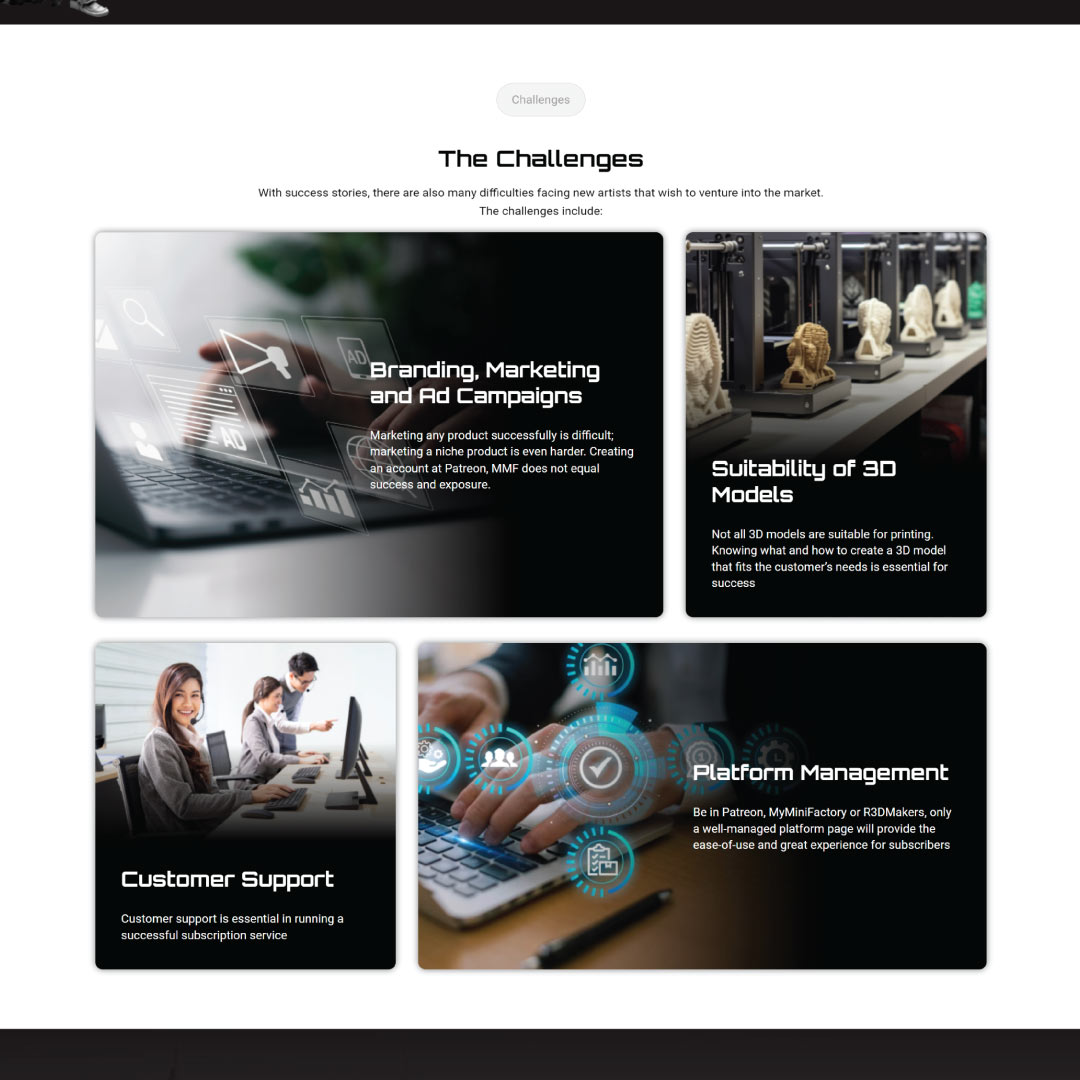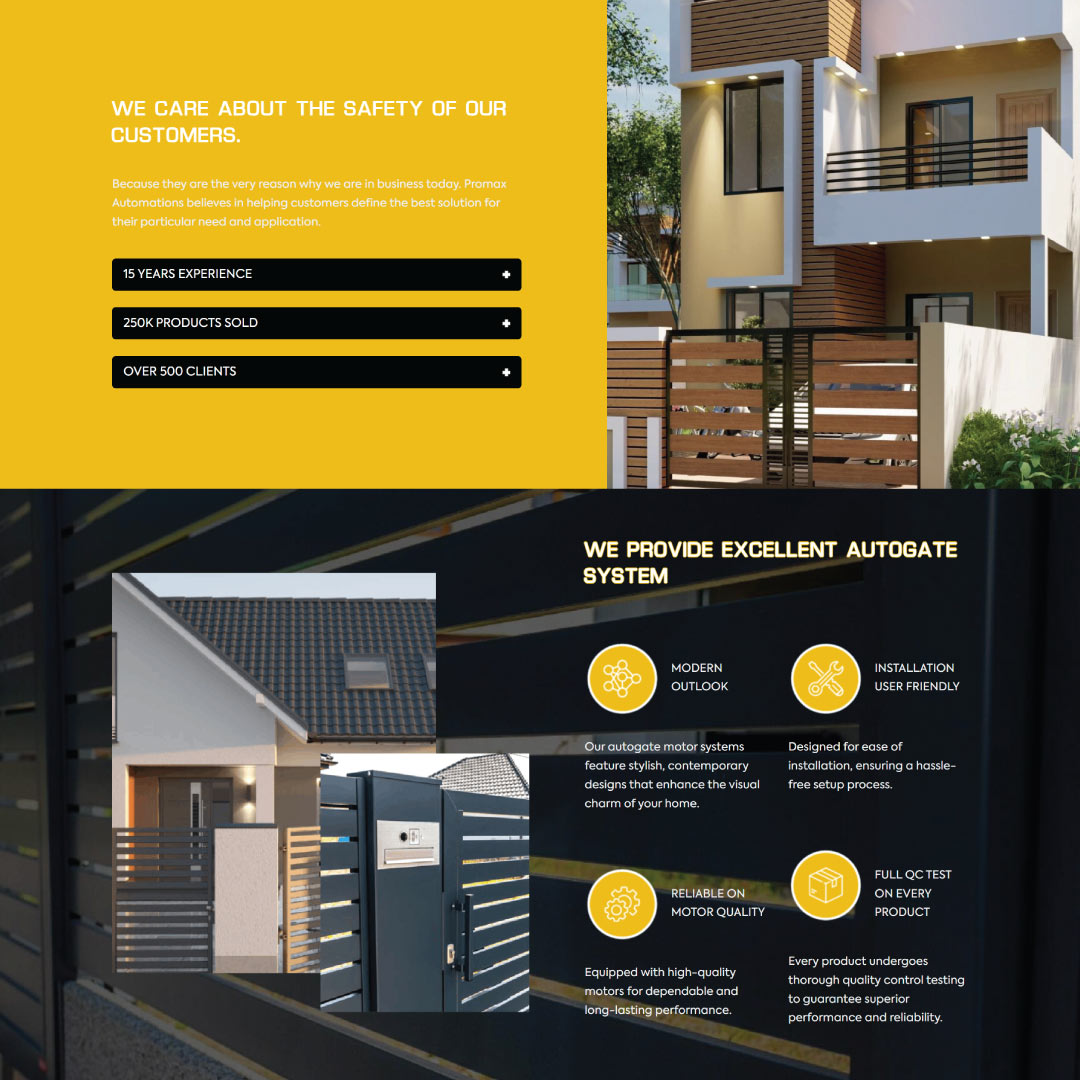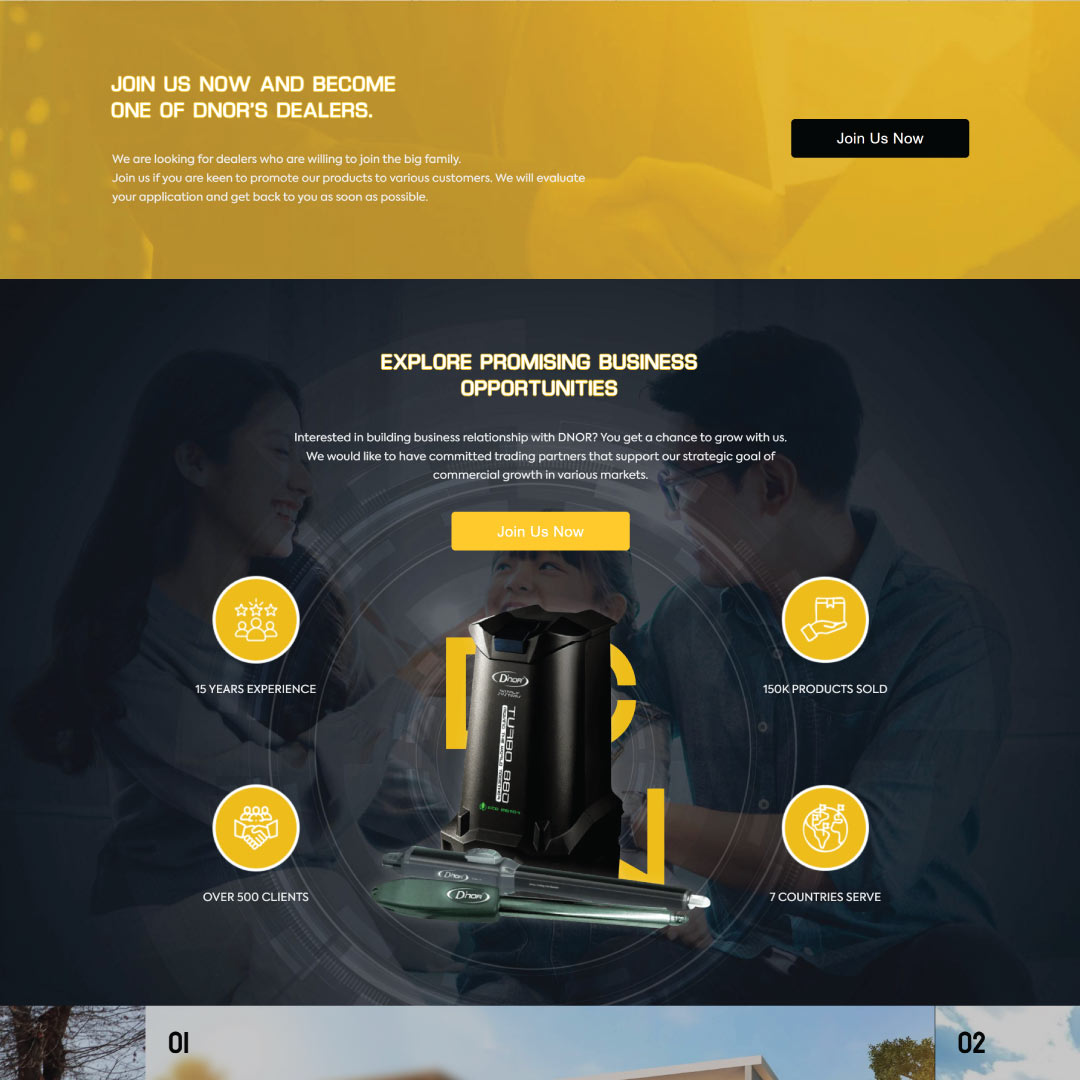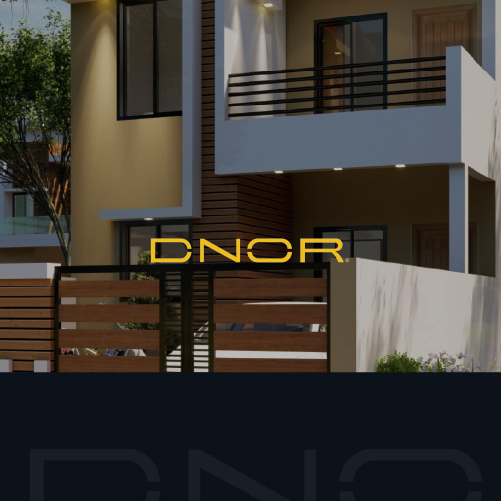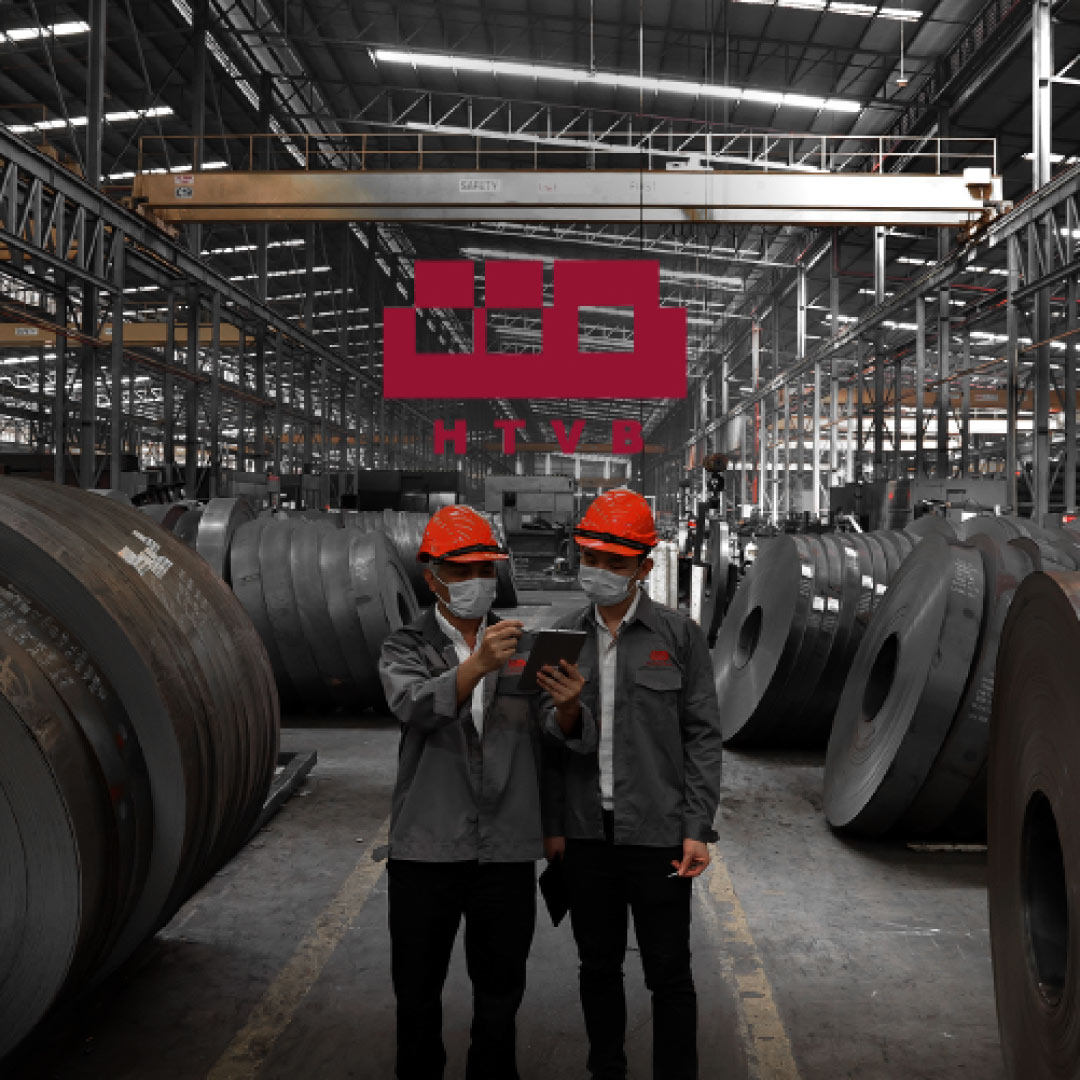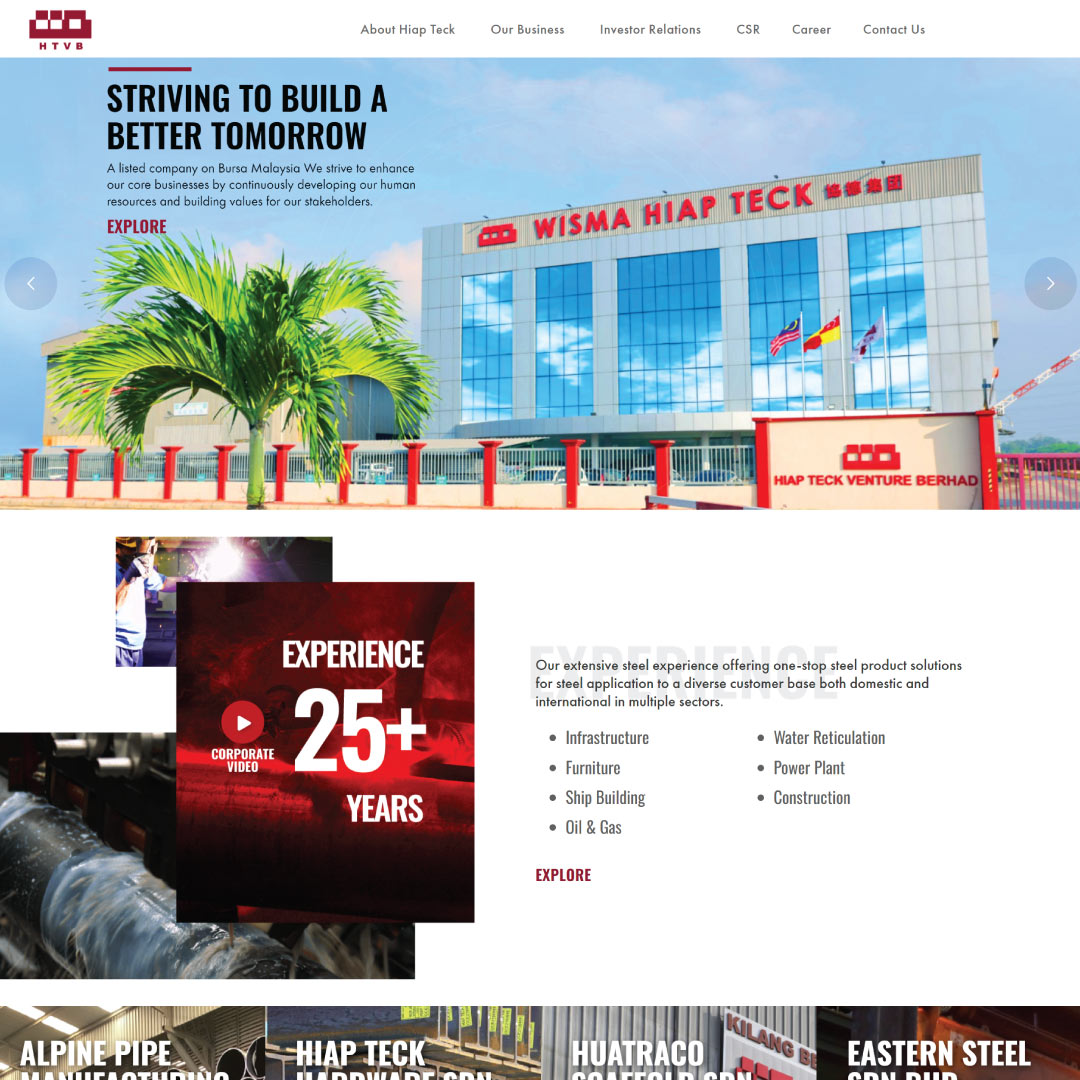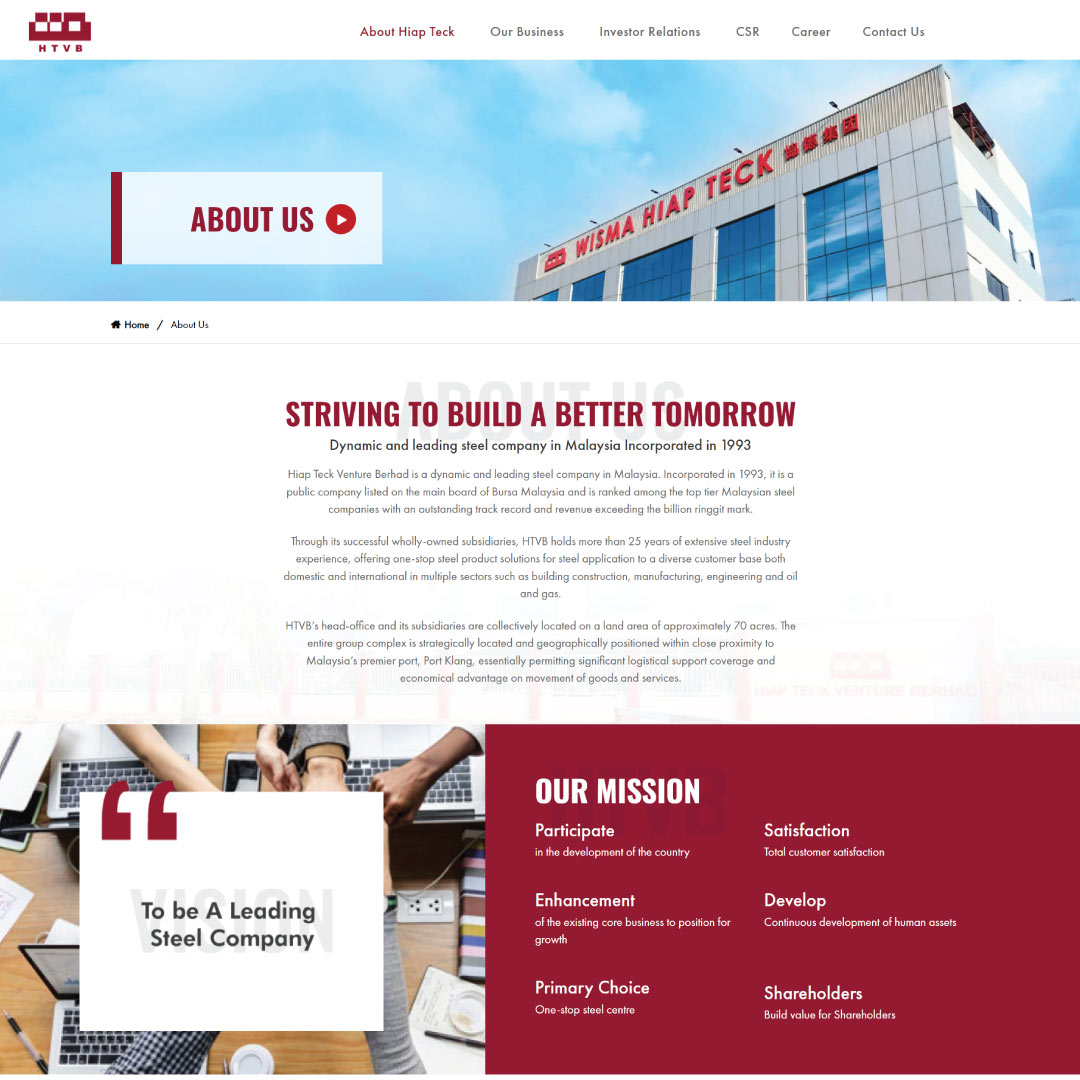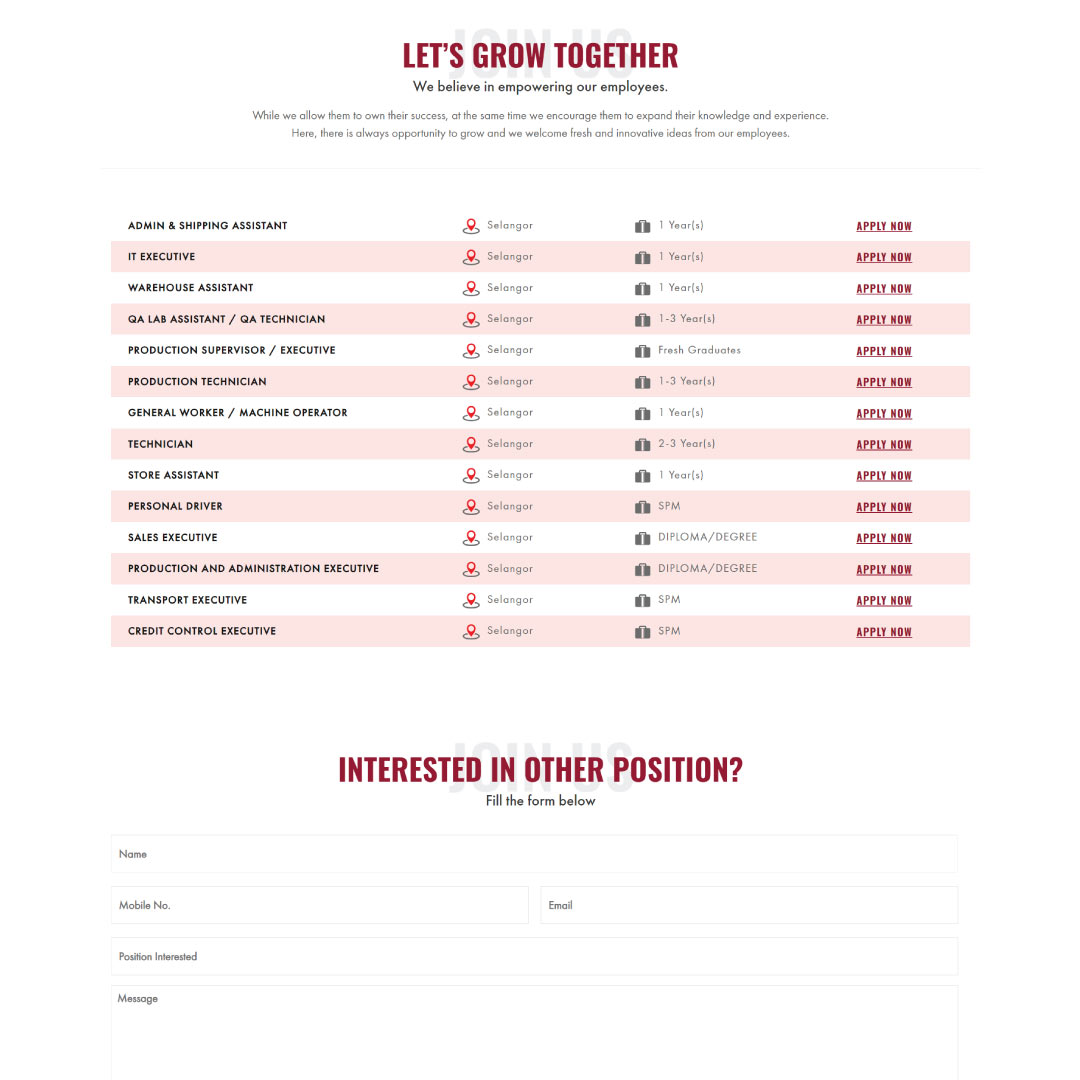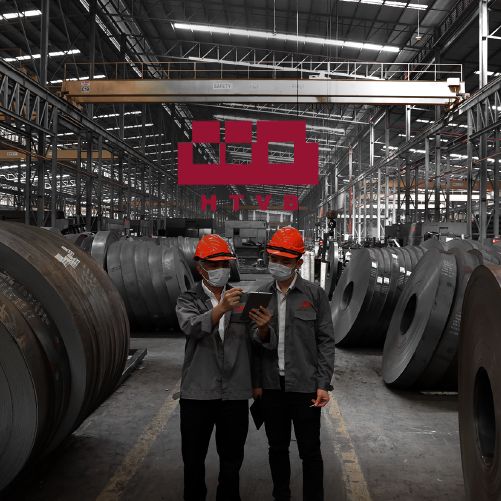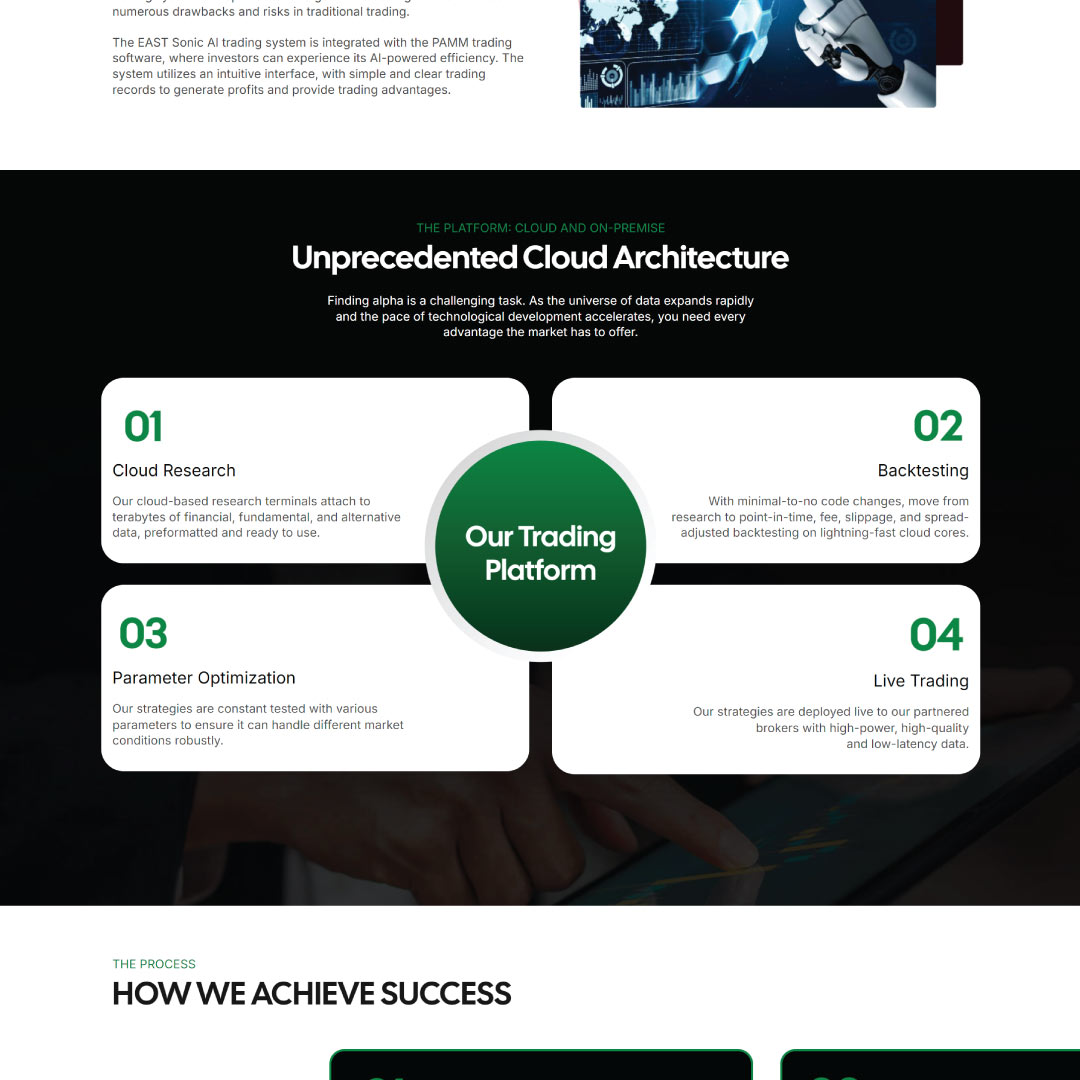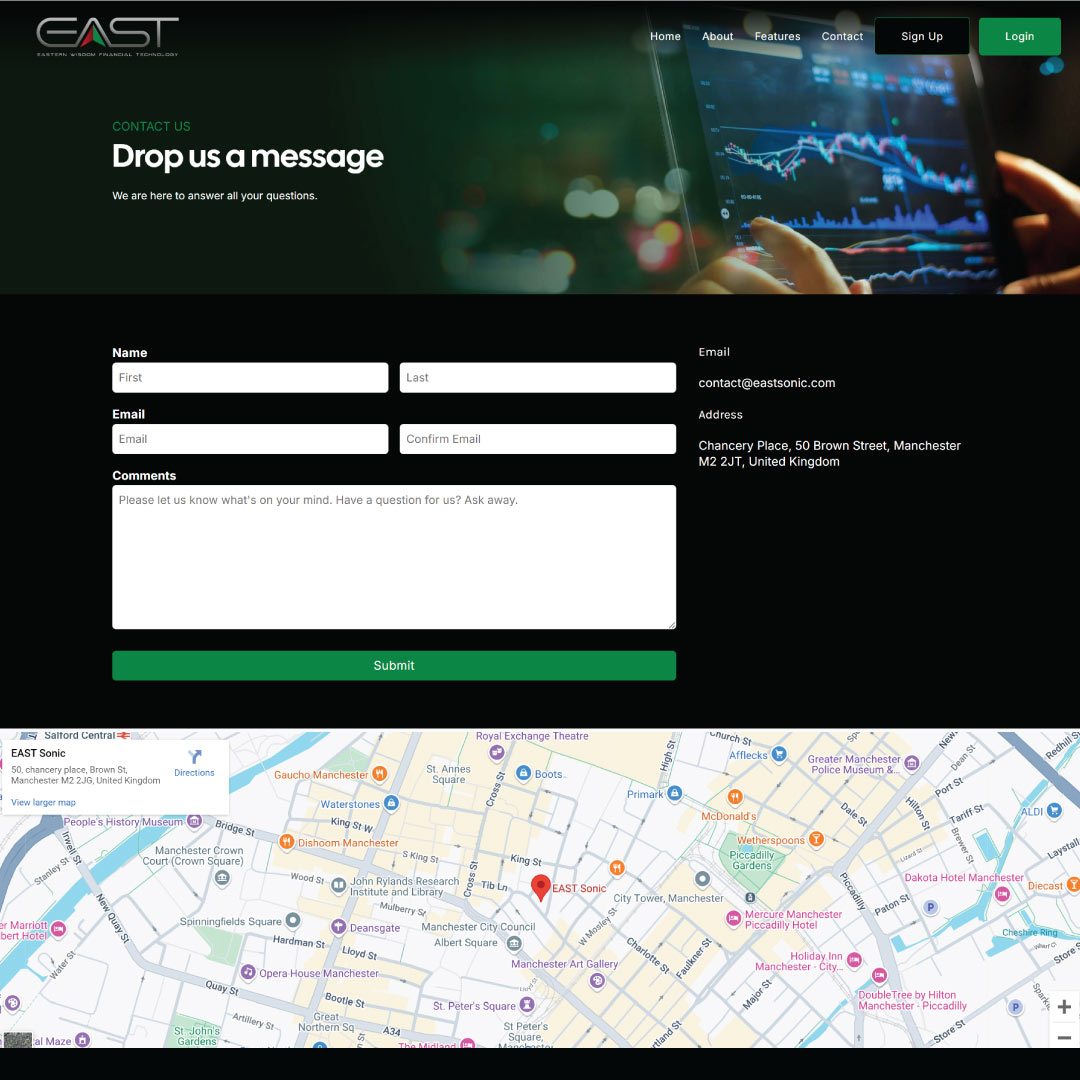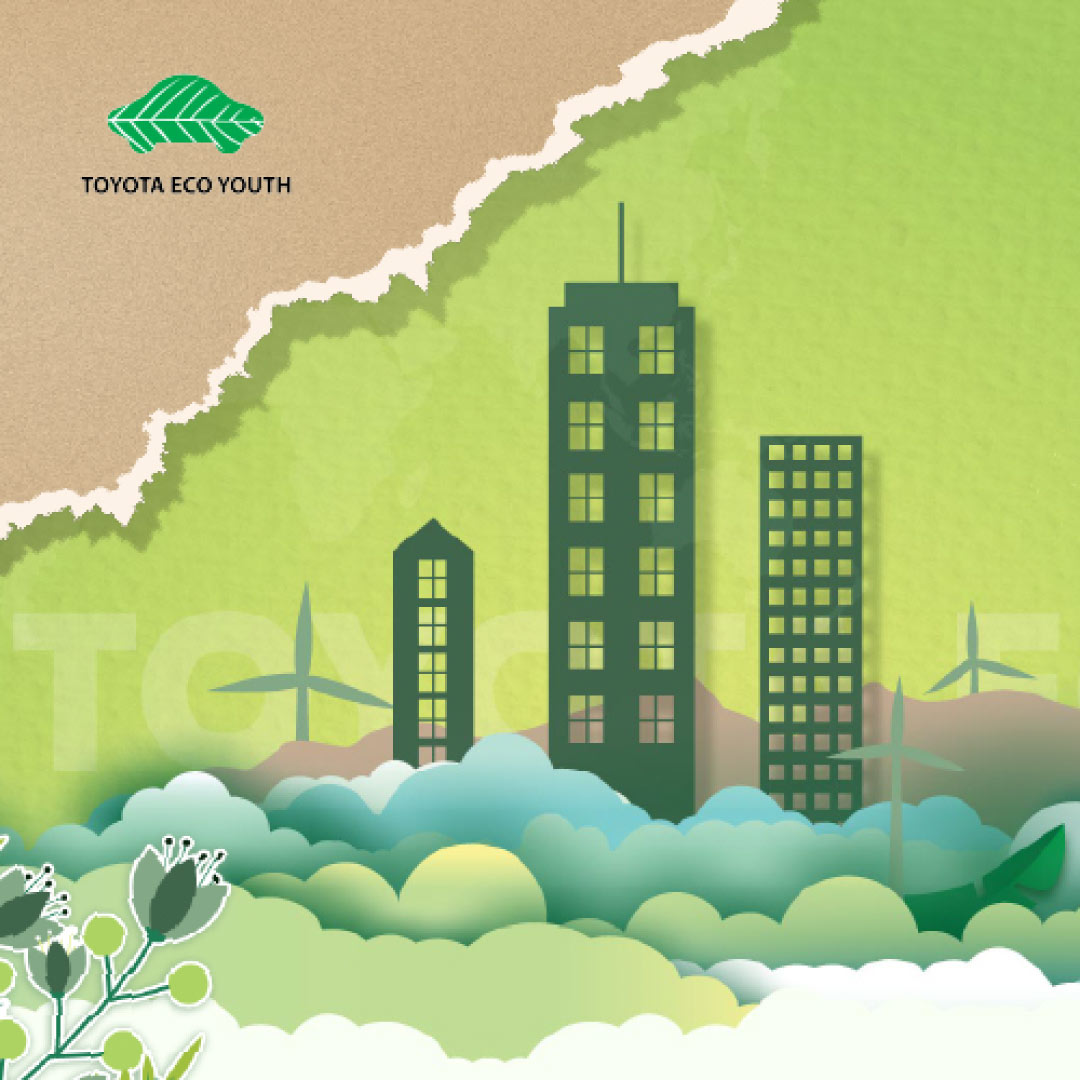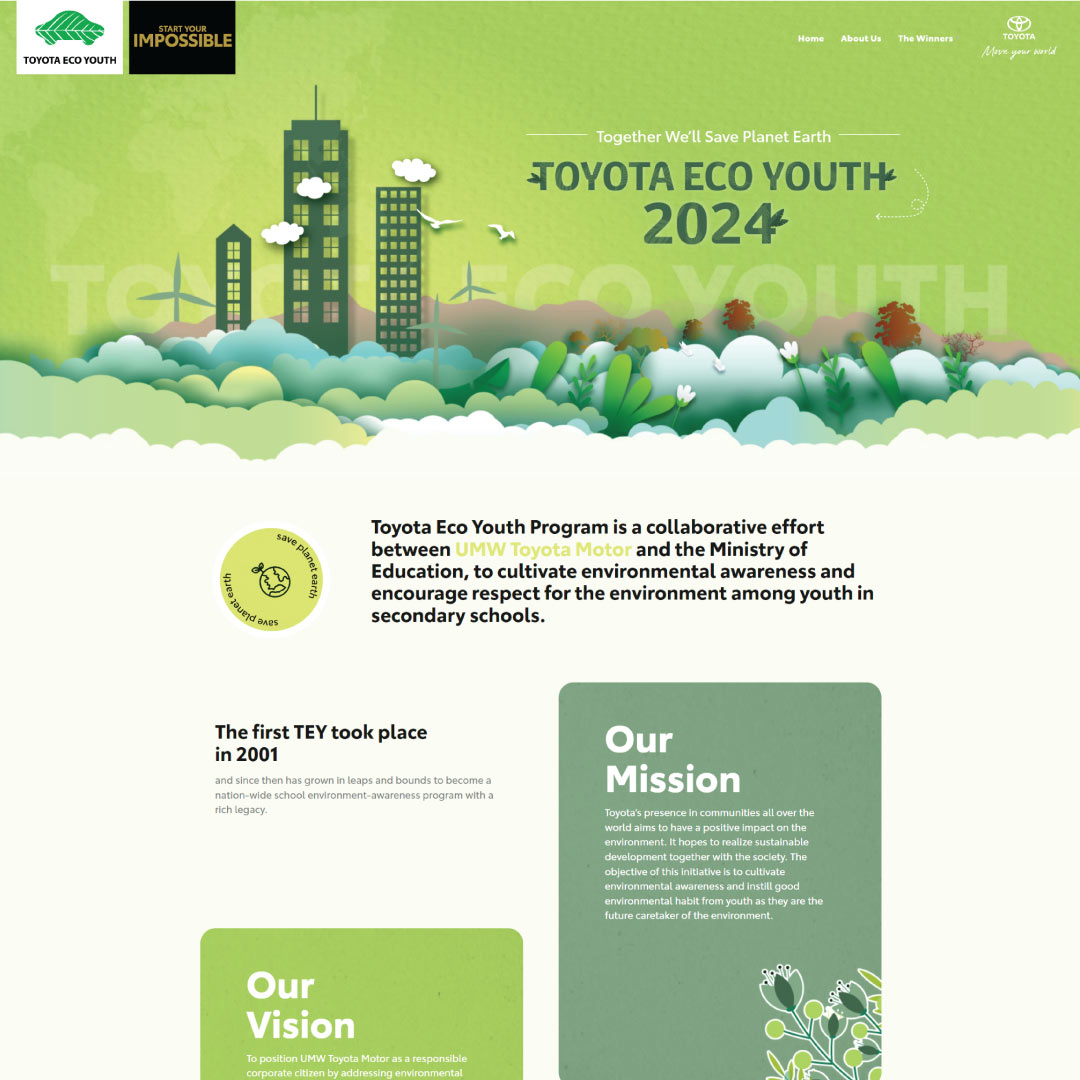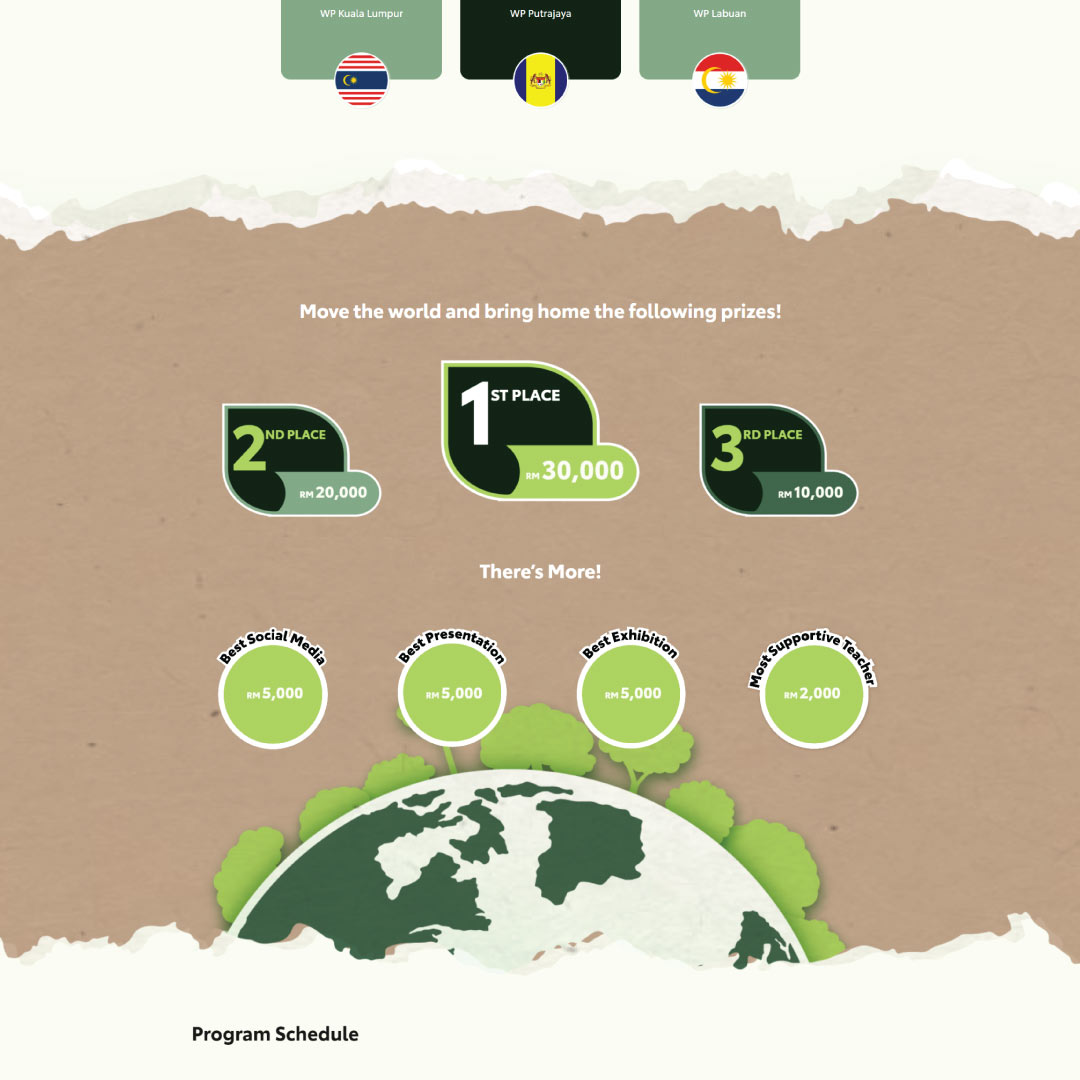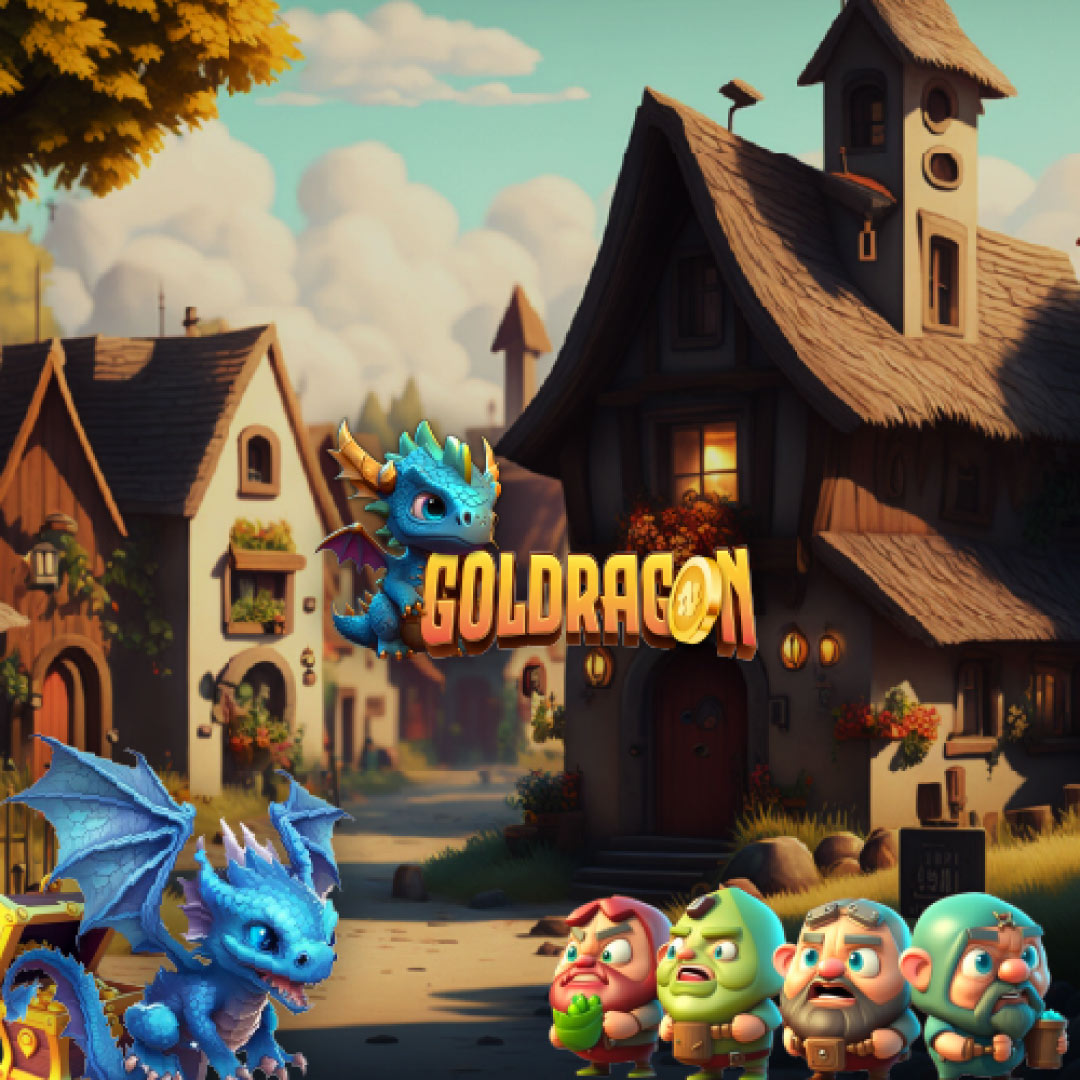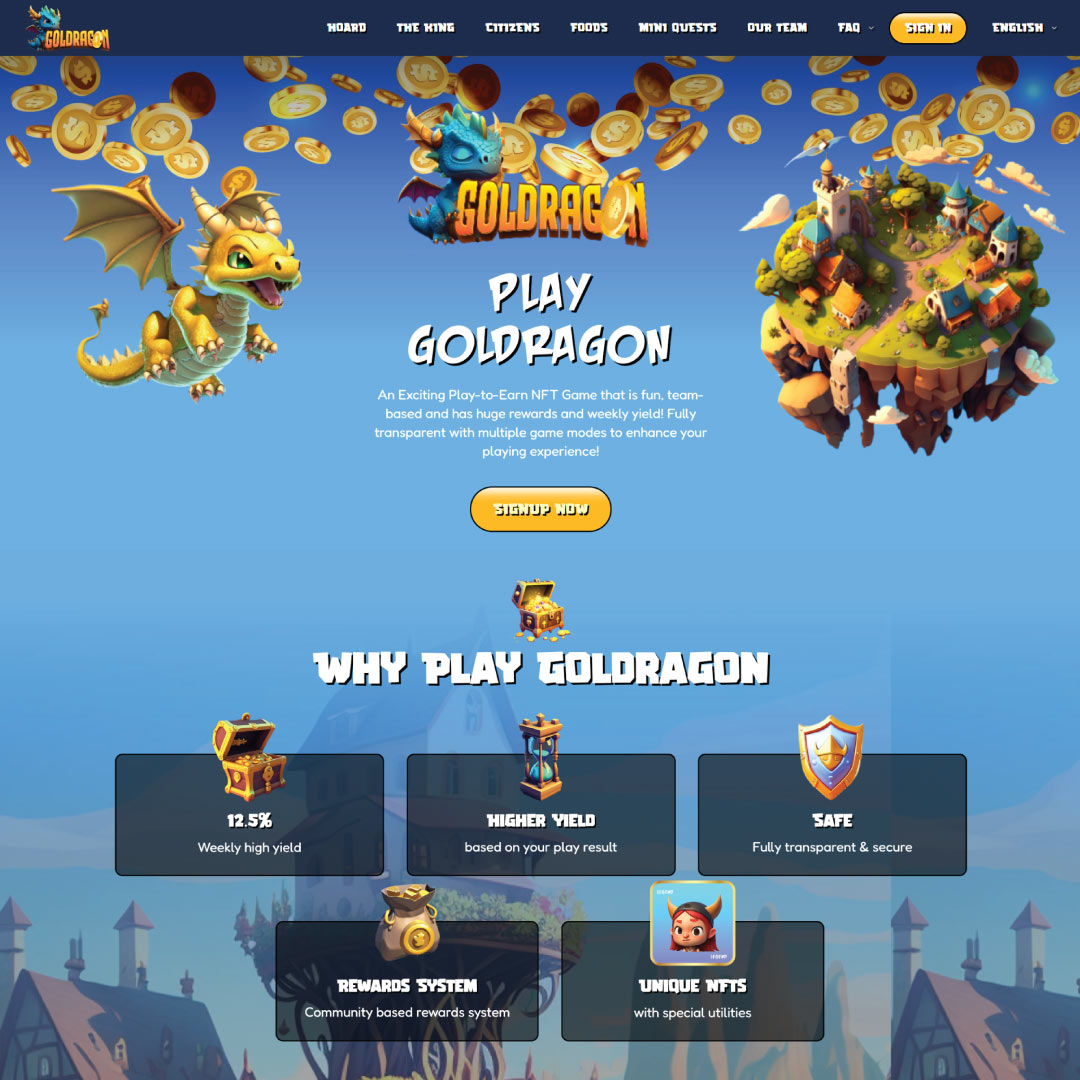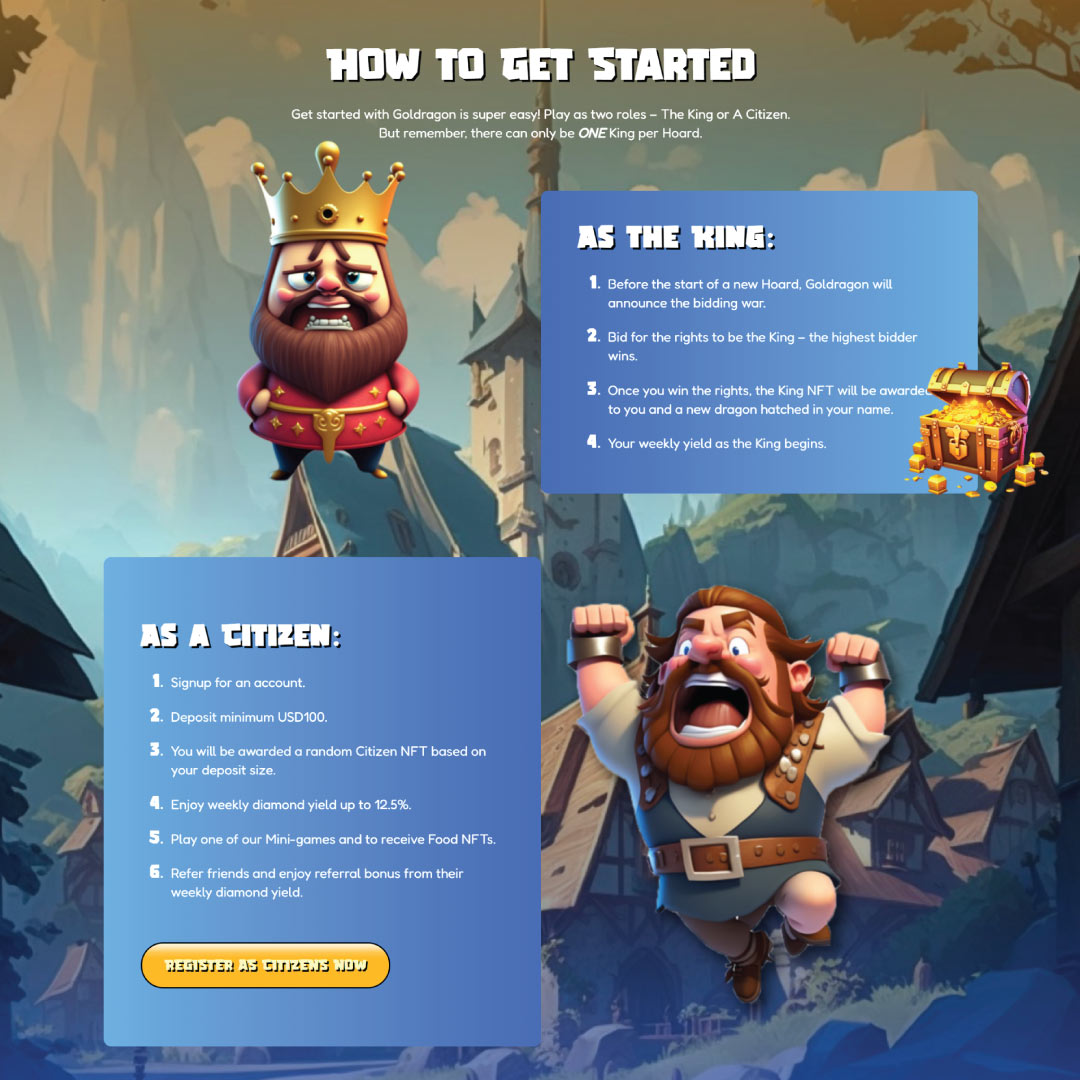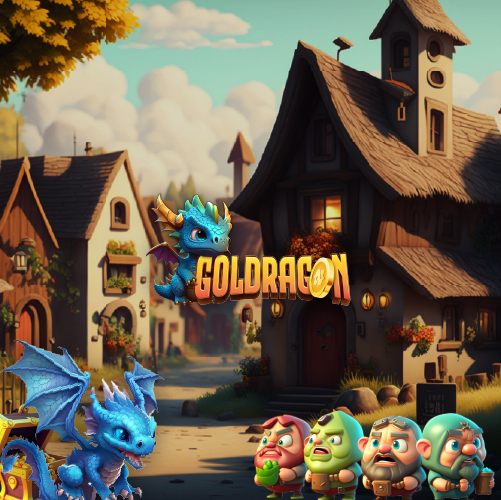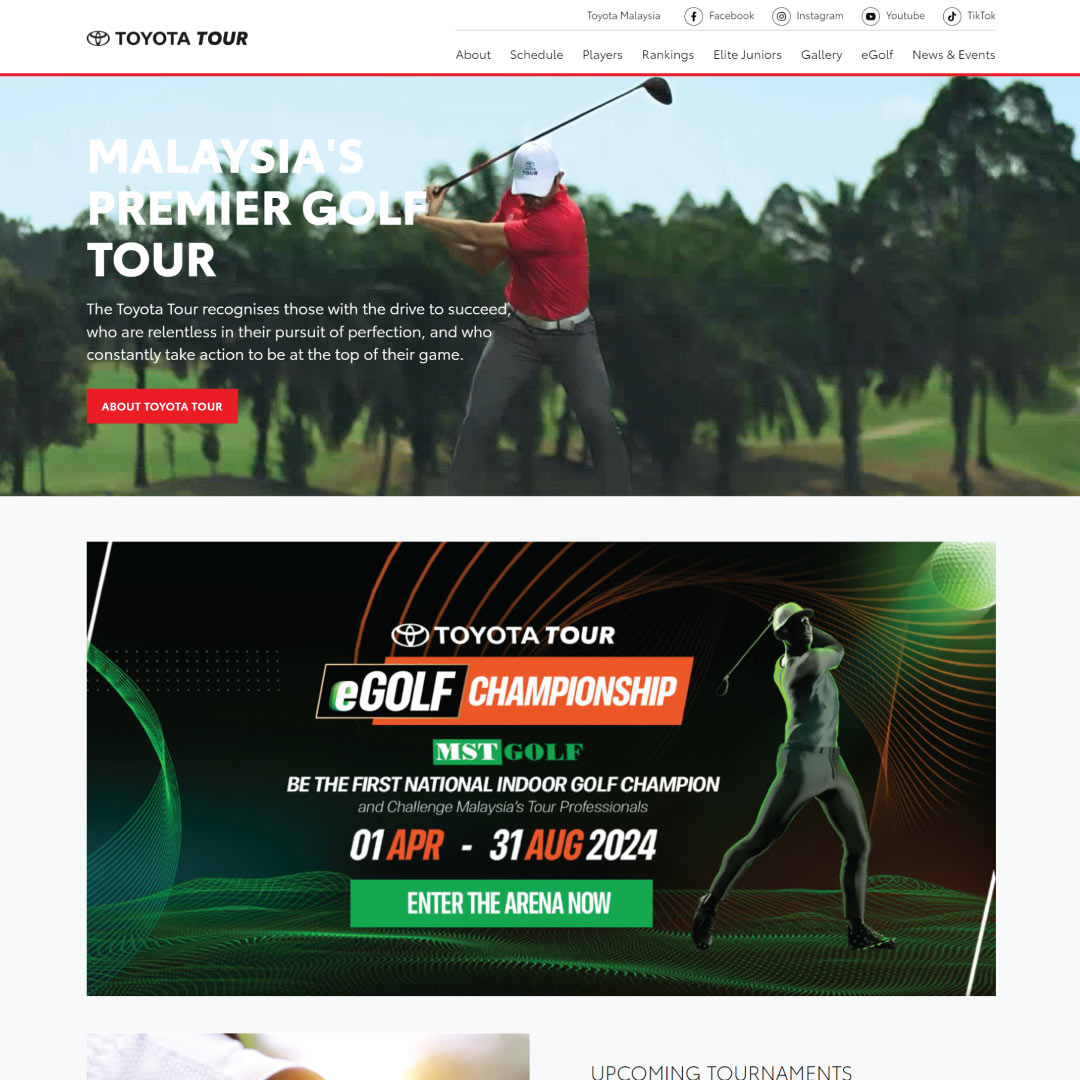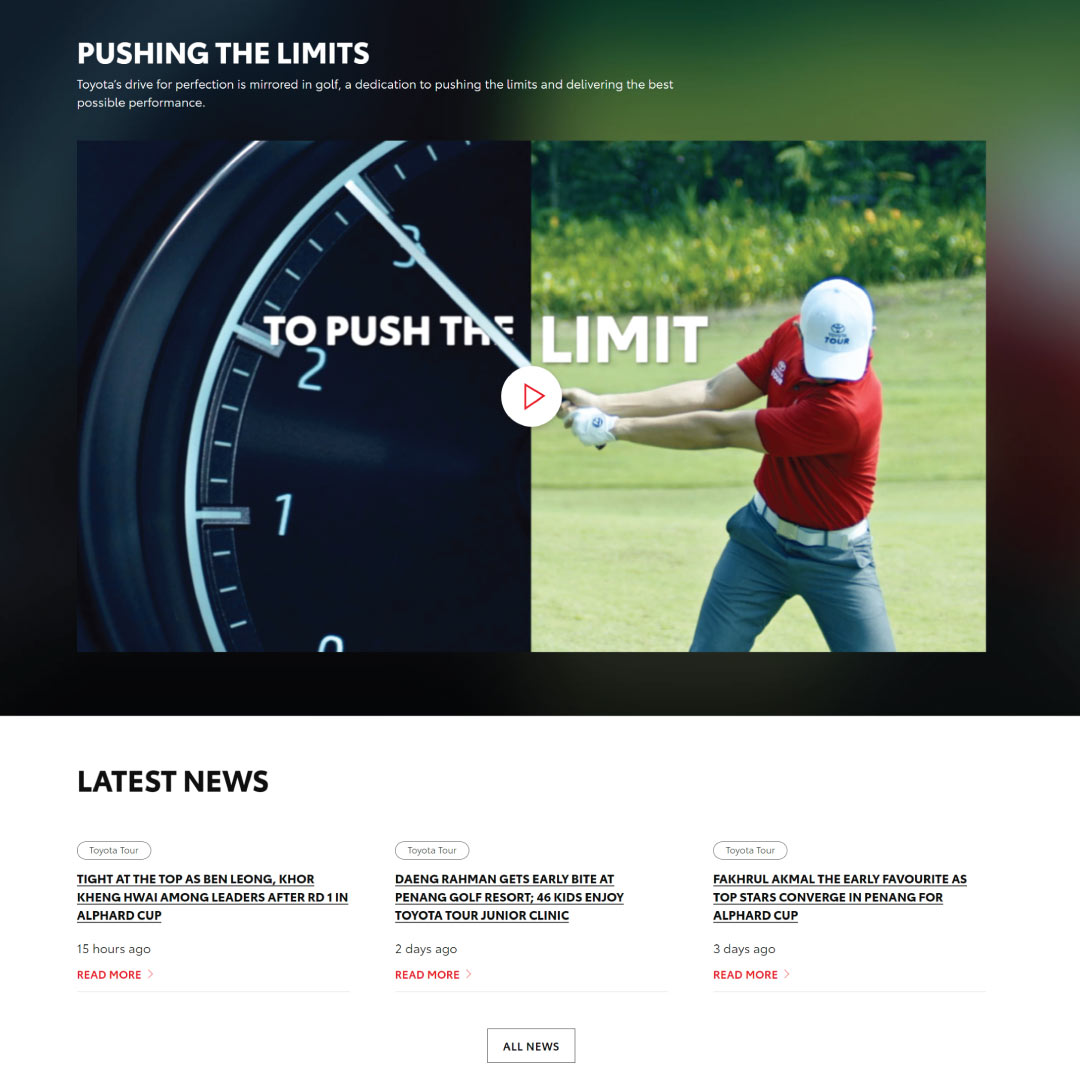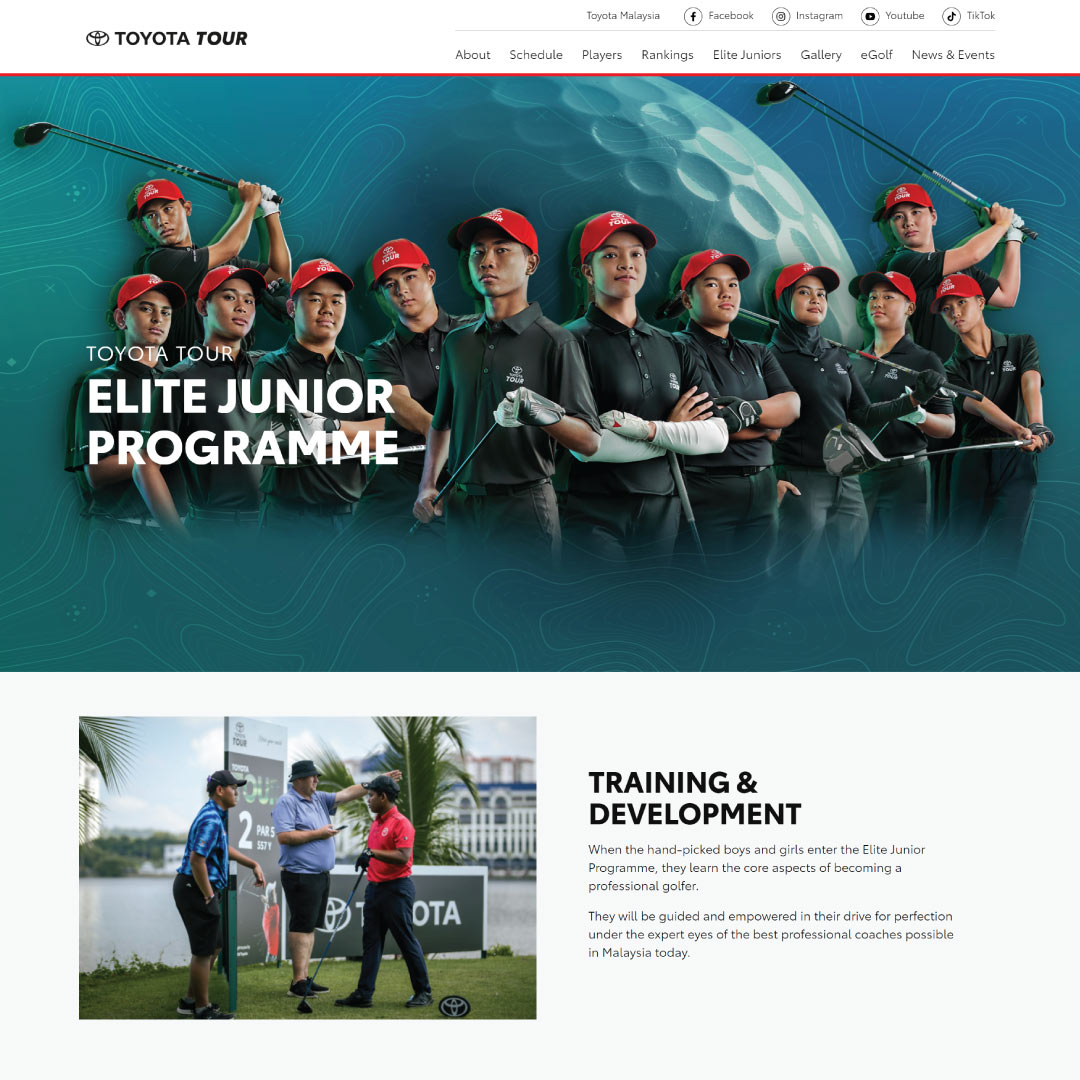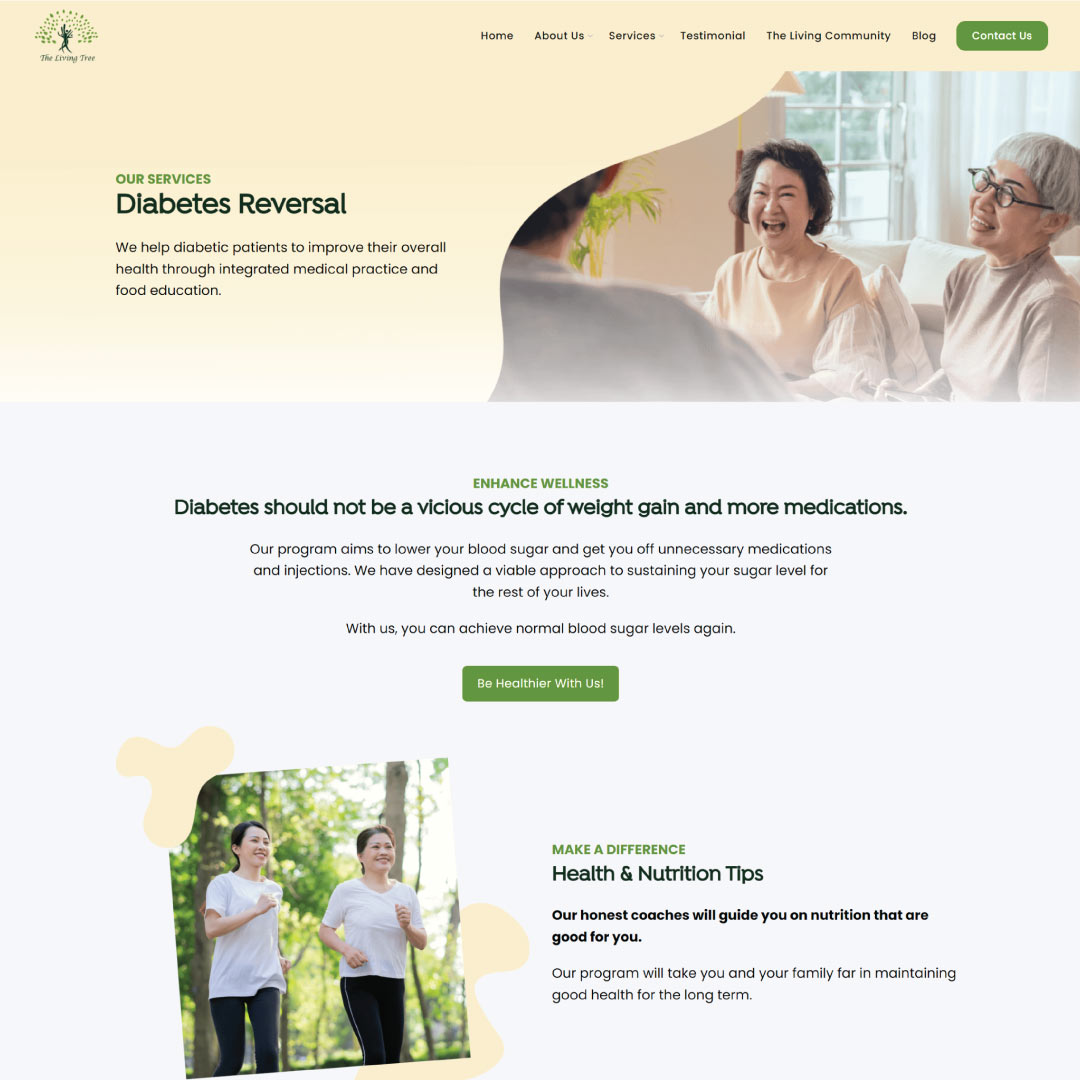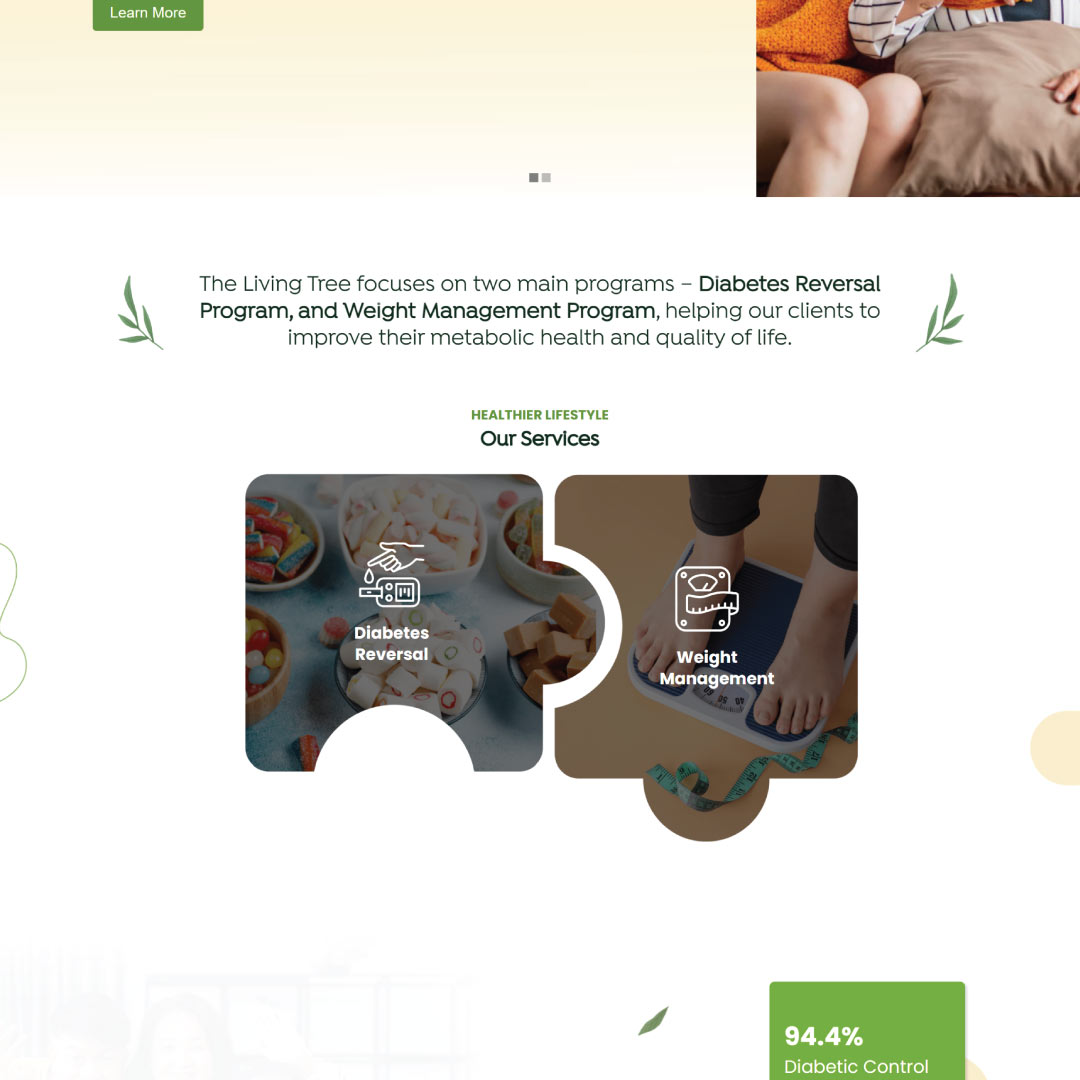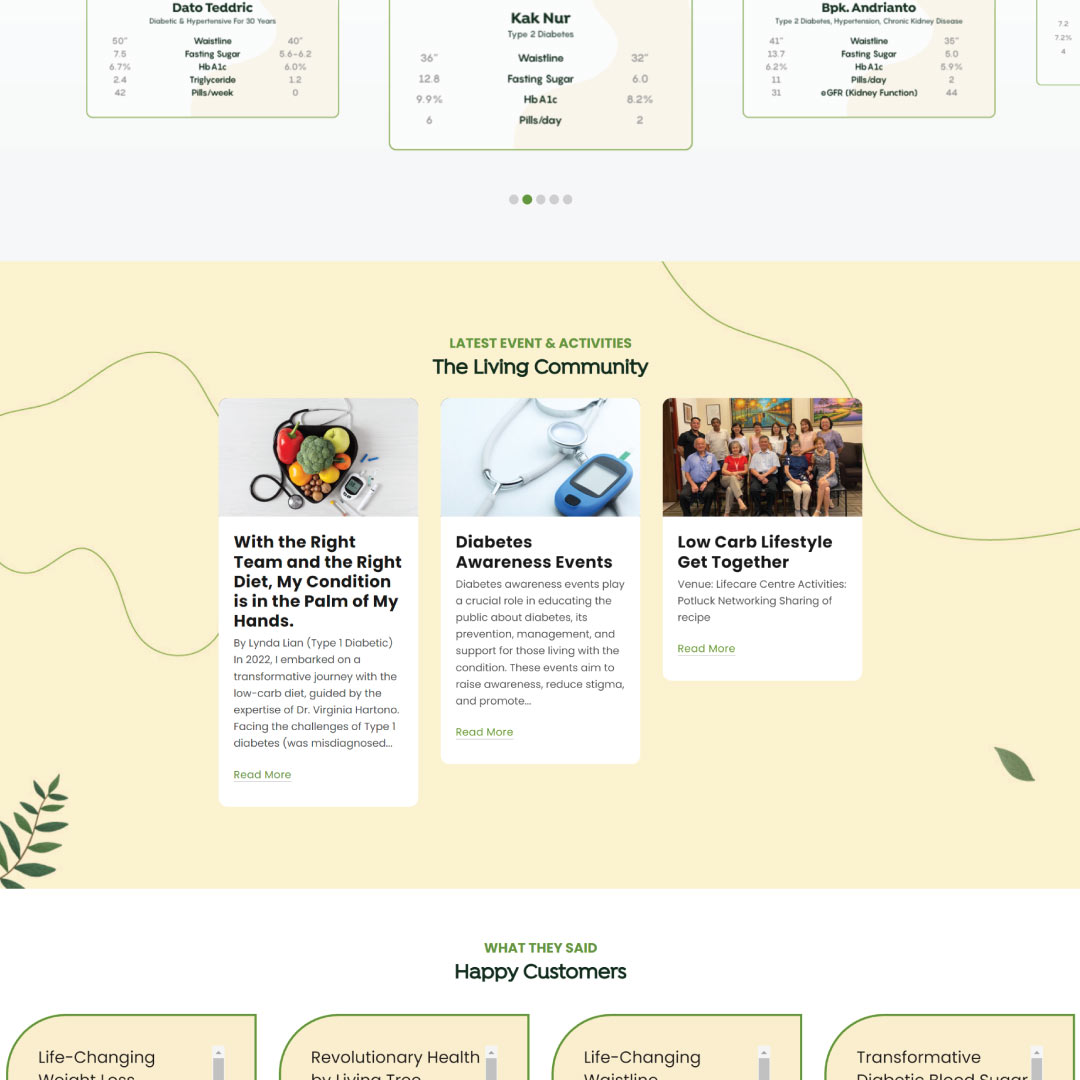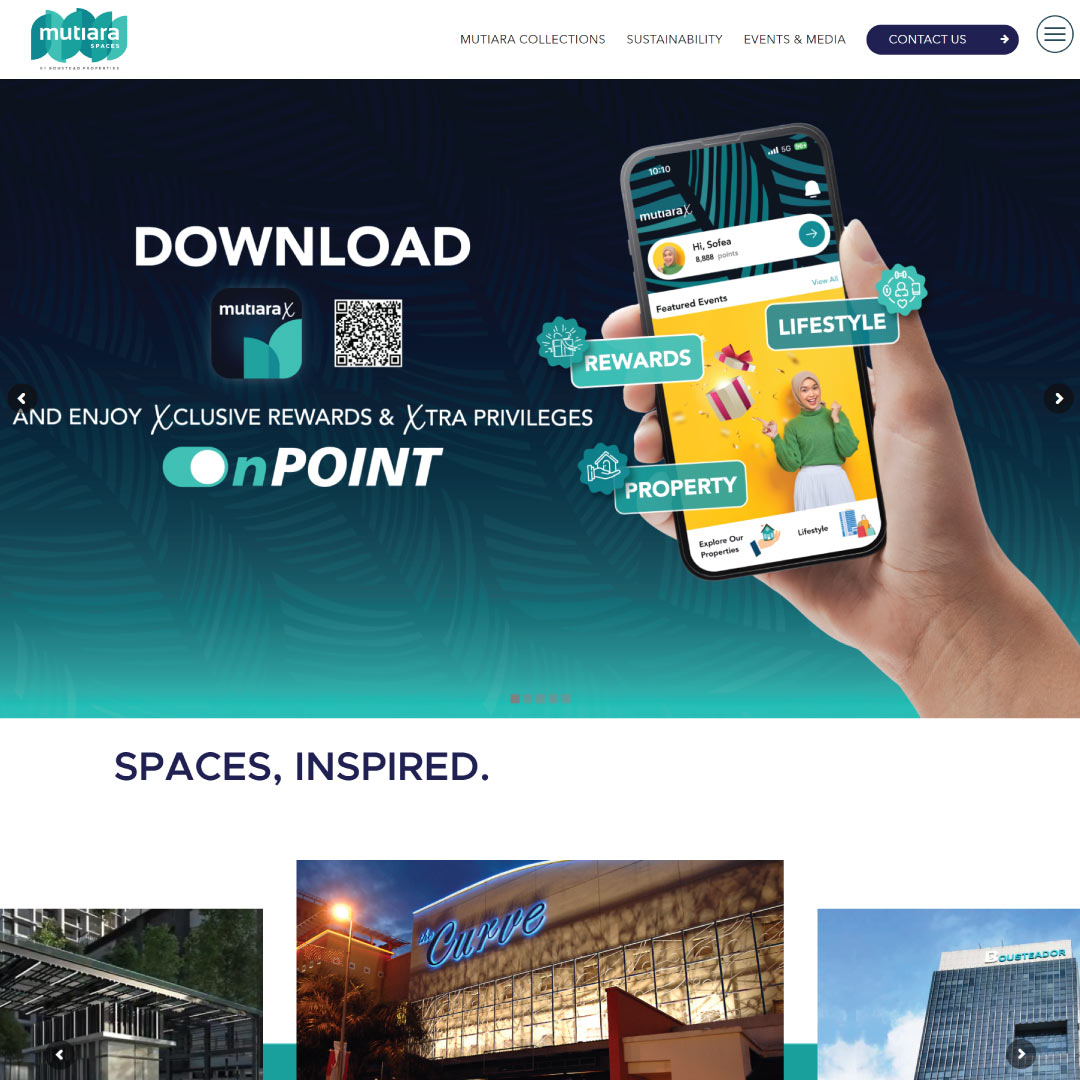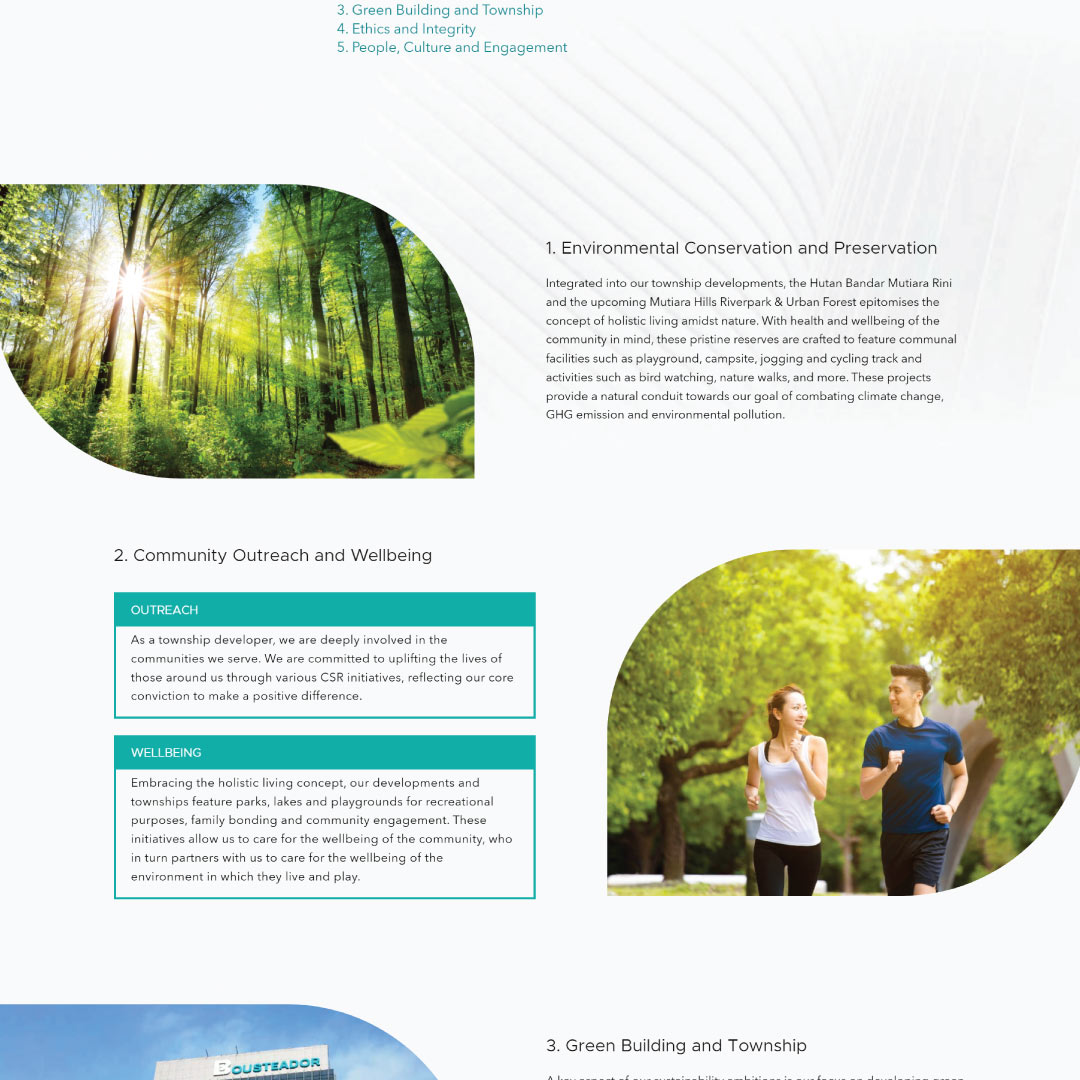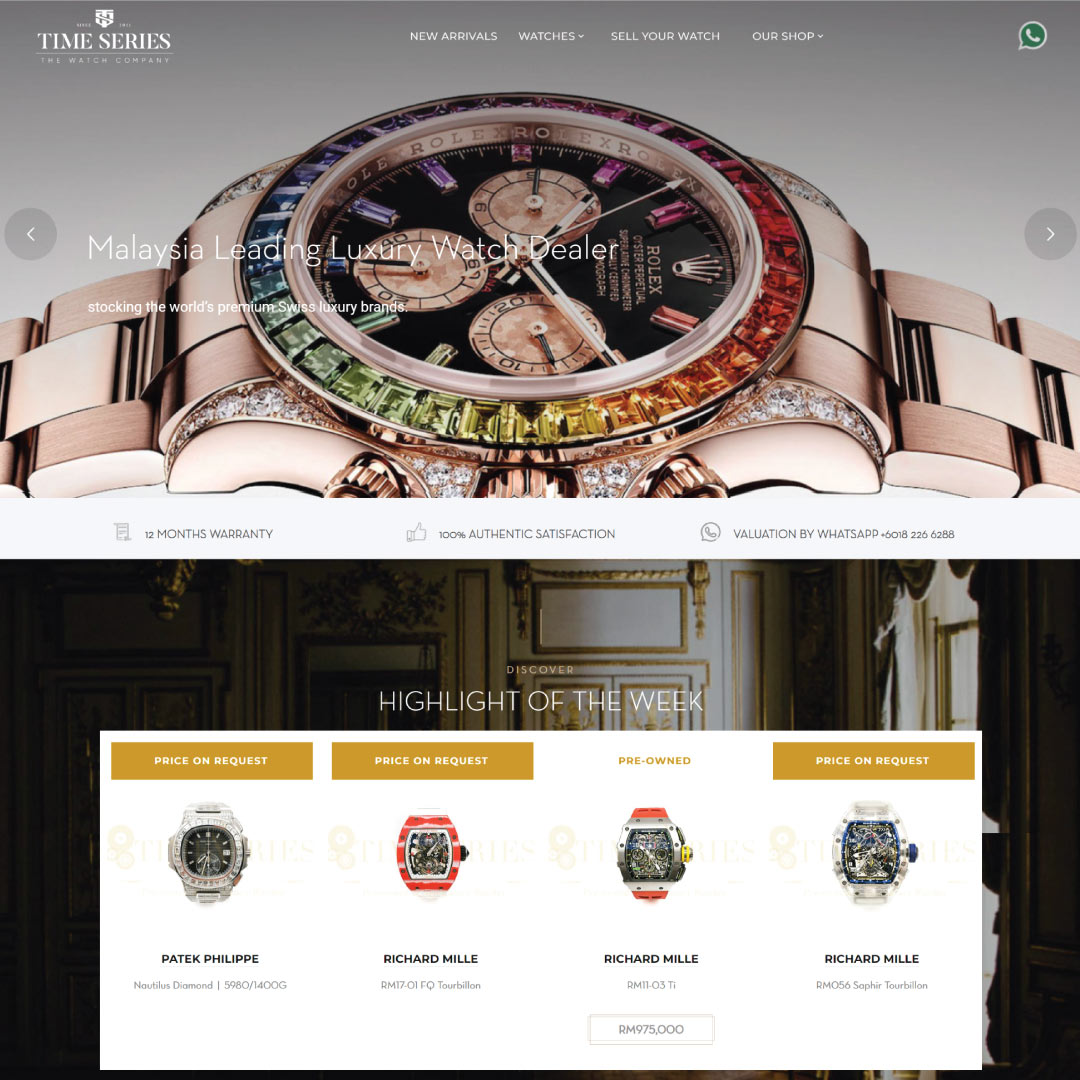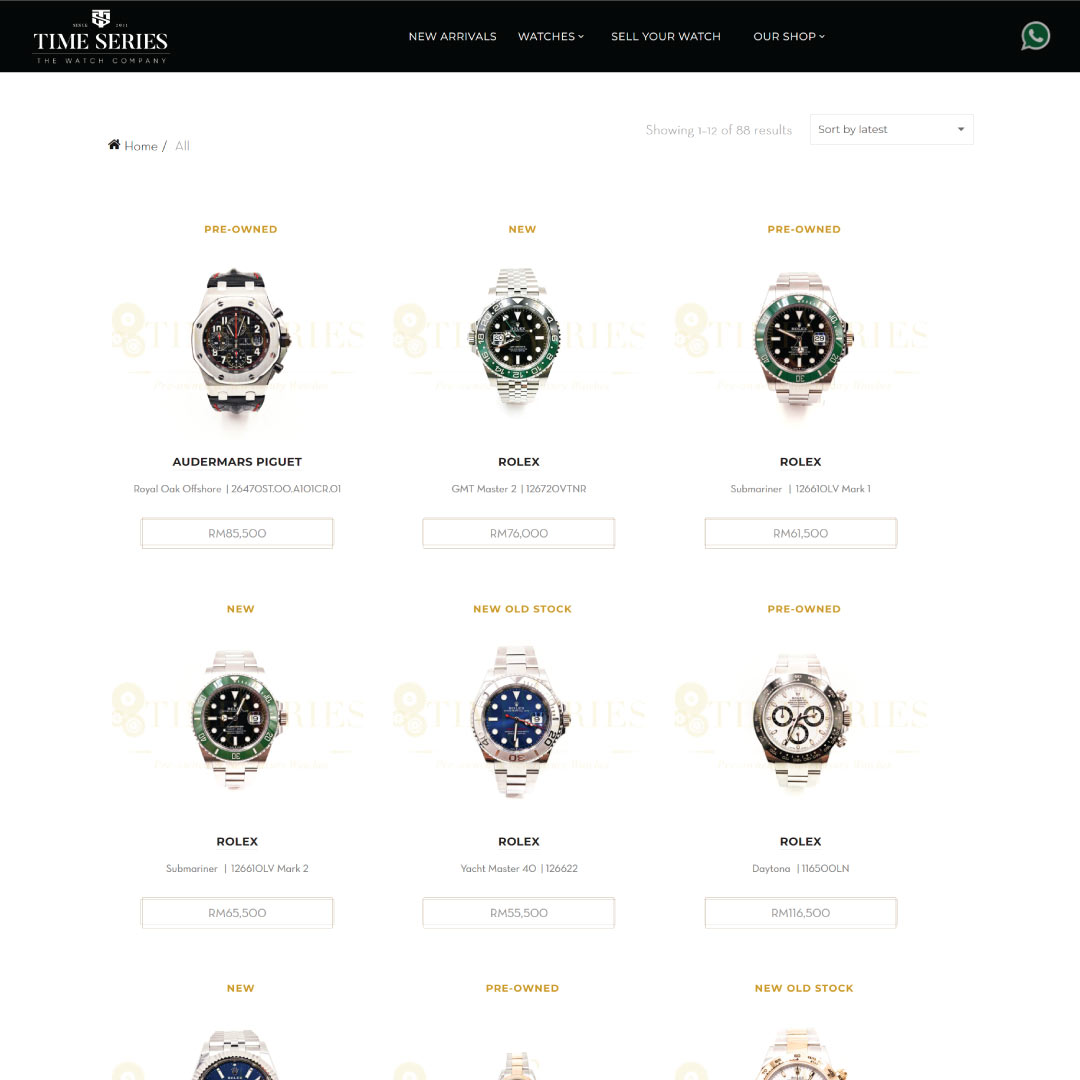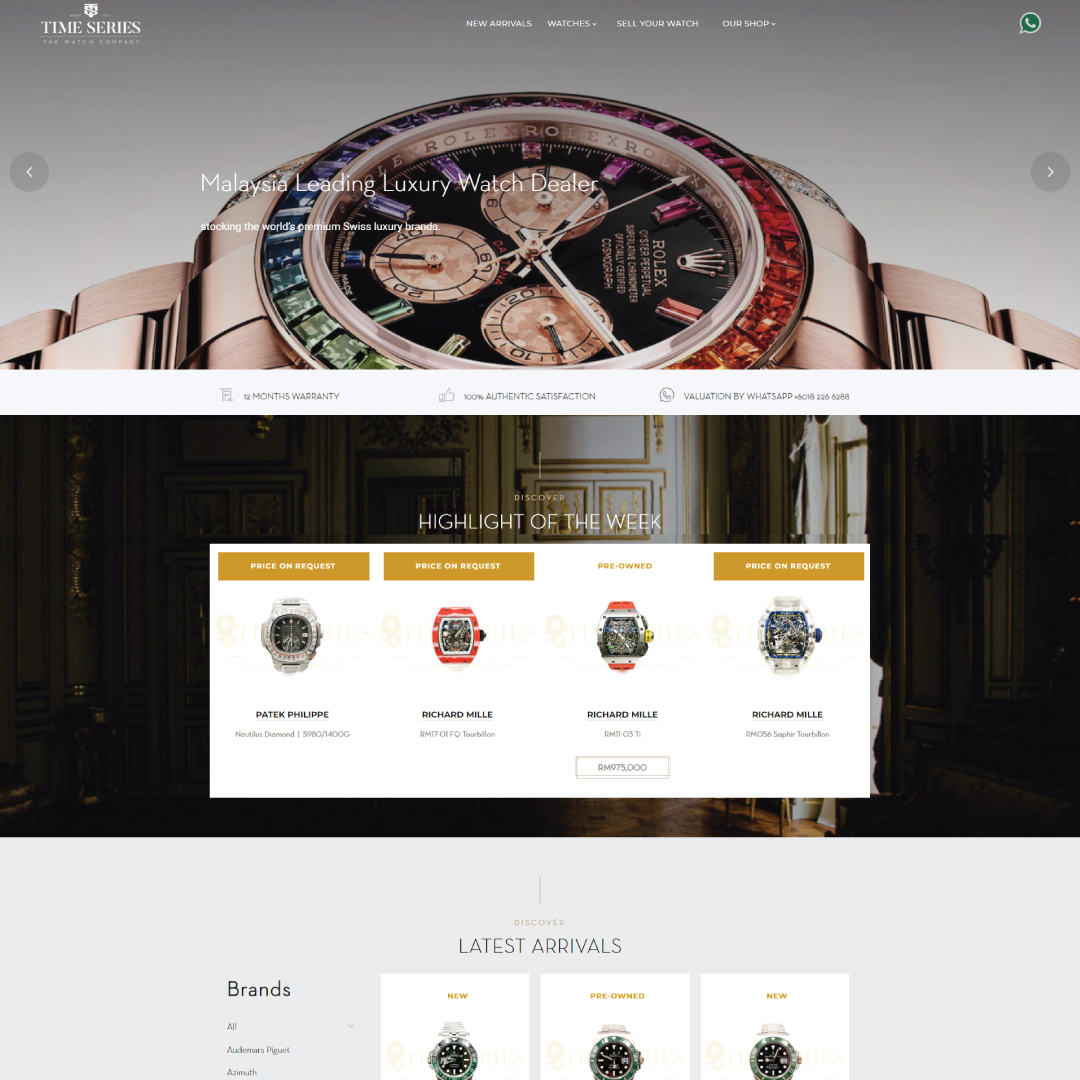Think Before Your Start Diving In
So last time I talked about the reasons why the mobile app industry is booming and this is the perfect time to jump in and make some profit for yourself. I bet now, some of you guys are eager to have your very own mobile app, no?
Hold your horses, friends. I know the prospect of how a mobile app can help improve your business and reaps in profits are very appealing. Especially now that developing a mobile app doesn’t take a genius. However, this doesn’t mean you can just simply go knock on a mobile app design company in Malaysia and said “Hey, I want to develop a mobile app for my business.” Without doing any research or thinking what the mobile app would be good for beforehand.
Prep And Plan First
This is because you will need a solid idea of what features your mobile app should have and what makes it unique from the rest 1.5 million apps each in Apple Store and Googleplay Store, that is why it is important for you to do some thinking and research first. Yeah, you may argue that to create a mobile app nowadays you can just simply open the IDE, throw in a few things and ideas into it, do some quick testing and then submit to an app store (or app stores). Though it may be disastrous because the created mobile application doesn’t really fit in well with your market niche.
That is why before you jump into mobile app development, you need to do an extensive pre-planning. Because every step in mobile app development process will shape up the future and determine the success rate of your mobile app. There is a standard life cycle to look at and follow, also you must take into account of the challenges you will face throughout the whole development process. In addition, by preparing and planning properly, also knowing what you are doing would prevent any confusion and argument with the mobile app design company you have hired should things go south.
The Steps You Should Do Before Start Developing A Mobile App
Research And Decide What You Want
Yeah, you have an idea for a great mobile app but is do-able? Does it fit with your market and it’s demographic? What you need to do is refine the idea into a more solid idea to be as the foundation for the mobile. Then, do an initial analysis on the demographic you are targeting, users’ motives and behavior patterns, and identify what makes a user commit to downloading apps similar to yours.
This will allow you to lay all the groundwork; the foundation for your mobile application. Also, by analyzing you can identify what features attract users to download mobile apps in the same category as yours. Thus, you can improvise the features and add it to your app. This will help your app to stand on even grounds as your competitors, if not outdone them. That is why during this stage you should not rush it. As it will determine the success of your app once you submit it to the app stores.
When you and the mobile app development team are analyzing, check for:
- The numbers of download: See how many downloads similar apps have. Identify which app has the most downloads. Determine which app has the most downloads and identify what feature makes it different from other similar apps (including the one you are developing). Then, see if you replicate and improvised that feature to be even better.
- Check the reviews: See what people like and dislike about the app. Take and improvise the features people like. Try to avoid the disliked features.
- The progress made: You’ll want to see how they improve the app over time to make it better. Identify what features they added to make it better, how frequent they update the app.
Wireframing And Make A Record Of Everything
Once all the basics and foundation are in place, it is time for you to record and wireframe every functions and features on your app. Also, by making a record of all your app features and functions you will able to use those information for future references or improvements. In addition, by drawing it all out on a moodboard or papers will help you to identify useability issues. In fact, it helps to visualize and tell you where are the rough patches are. And you can refine these rough patches with wireframing.
By wireframing, you will refine ideas and arrange each component into the right place, giving you a clear picture of how the app will look like and how it functions. Now, with everything are set in place you will have a clear view of the development progress. Since you have a clear view of things, you can start to plan out the roadmap.
Roadmaps function as a guide to show you the relation or the transition from screen to screen and how your users will navigate. Users navigation is one of the things you must especially take note of. Nowadays people are always on-the-go, so able to access an app easily is a major thing. Thus, see on the roadmap whether your app is thumb-friendly or not.
Technical Assessment And Reviews

That is why you must do a thorough technical assessment. For this you need to access the public data which can be done via sourcing public APIs. However, the requirement for an app depends on it’s format (smartphones, tablets) and the platform it’s built for (iOS, Android). With this you get to see how the app will work, and identify any issues. Also, it allows the mobile app designer and development team to review it and throw in improvised ideas.
Prototype, Almost There….
Seeing how it actually works is one thing, but touching and experiencing the mobile app created from your idea is another thing. So build a prototype immediately and have users (tester) to experience it first hand. Although, by prototype it means you must use the rough app, not exhaustive wireframe because using exhaustive wireframe won’t yield substantial results. So, by having users use the prototype and experience it themselves, it lets you see if things are heading into the direction you want. Oh, of course, if you have stakeholders invested into your mobile app this is a good chance to exto–i mean convince them to invest in you and your app.
It Is Time To Design!
Now the skeleton of your mobile app is completed, it is time to think on how it looks. Or to be exact, the user experience (UX) and user interface (UI). UX is where the design elements in your app interact with one another, while UI means the built interface where users will interact with. These two steps should work in tandem and be reviewed a few times. It is a multistep process in mobile app development. Based on the blueprints and the visual you have had envisioned, the app designers and engineers will work on the app. This will decide how the finished product will look.
The duration of this process depends on the budget and ideas you have at hand. It could only take a day, or it could take a couple of months to complete. This stage also the chance to portray your business brand by designing the app according to your business logo, theme and idea. If it’s successfully executed, people will recognize and remember your business and brand.
When design the app overall to portray your business and brand:
- Design a unique icon/logo that shows both your app and brand
- Use attractive yet not too strong colors and limit it to three colors
- Neat layout (unless you are aiming for Japan’s users)
It is always a good idea to create a variation of the screen by experimenting with the layouts or other UI elements. By creating variations for the screen, it will help in creating a UX that is unique to your app alone.
To The Full Development!
Now that everything is in place, it is time to get all hands on deck for full mobile app development. Prior to this, your app had gone through stages of other development process including light testing.
With all other core development process done, it is time to get components and finalized your mobile app development. This final outcome is usually determined by how you’ve had managed previous development process.
If you are mobile app is a major thing and the development is complex, you ought to adapt agile methodology. Agile methodology is perfect for a mobile app that constantly has user requirements change at regular intervals. Adapting agile methodology will help with flexible planning, progressive development, early deployment and constant improvements. This definitely helps in case where user requirements constantly changes or any other unpredictable changes. If you are planning to develop a large-sized mobile app, then it would be wise to adapt agile methodology early on. Because you can break down the development into smaller modules and applies agile methodology to each.
Launch The App
Congratulations! You finally reach this point. A point where the mobile app you have painstakingly developed and worked on is ready for launch. So find a key date and set a formal launch for you app. However, this doesn’t mean you can sit back and starts twiddling your thumbs. Once your app is launched, feedbacks and comments on how your mobile app performs will come pouring in. You should really pay attention to these feedbacks and comments as they will help you improve and better you mobile app. And of course, helps you stay on toes and on even grounds with your competitors. Meaning it is a continual and long-term investment, where if you stop you will lose and waste the hard work you put into developing the app. So, future technocrats, good luck to your business endeavors!








